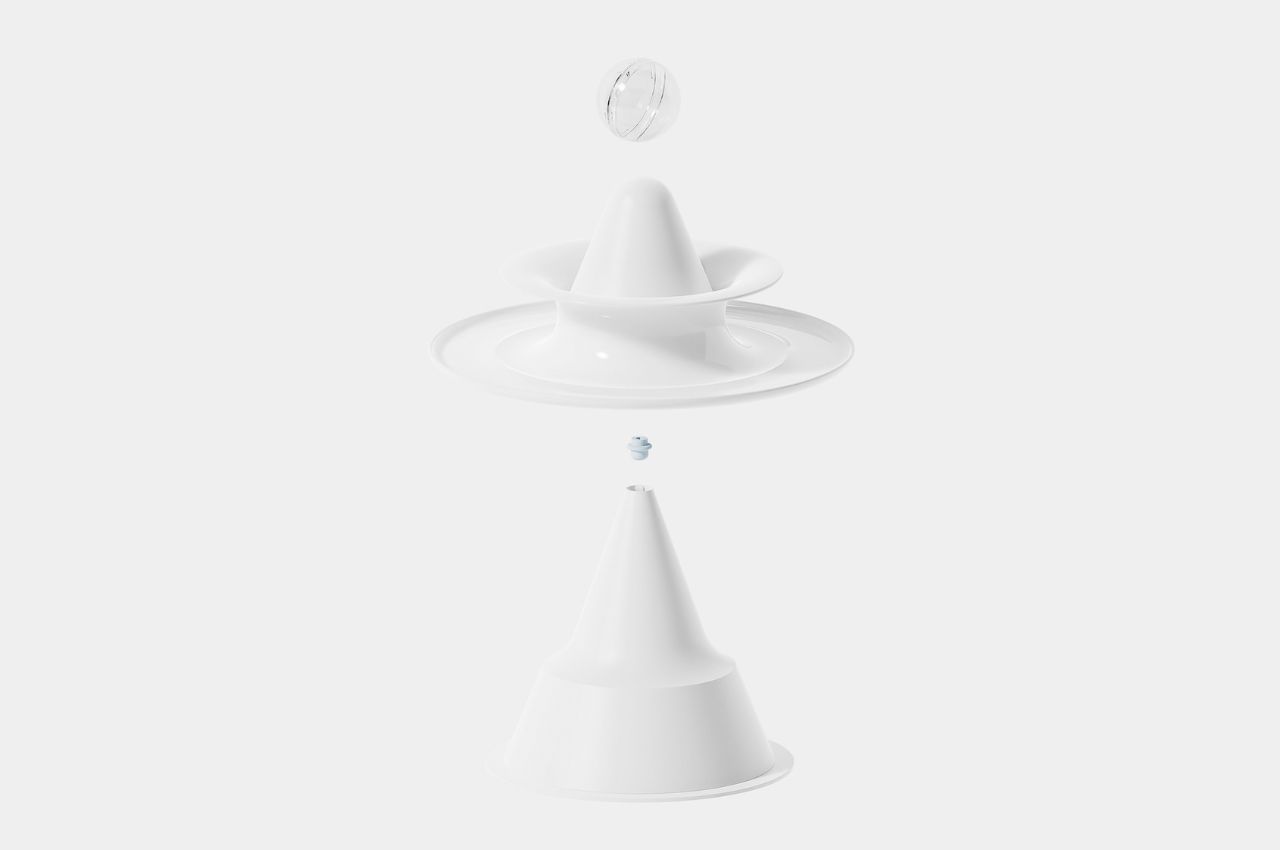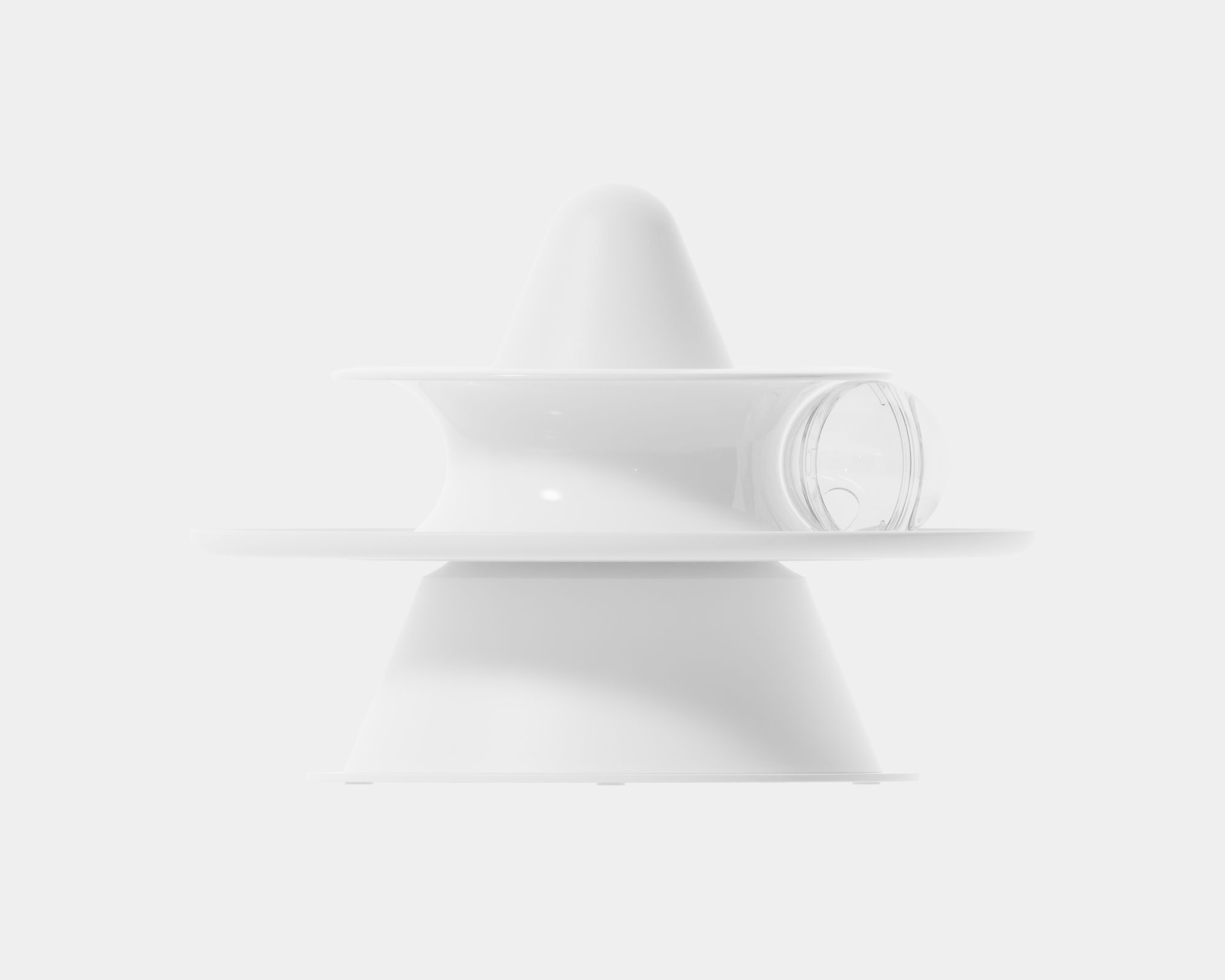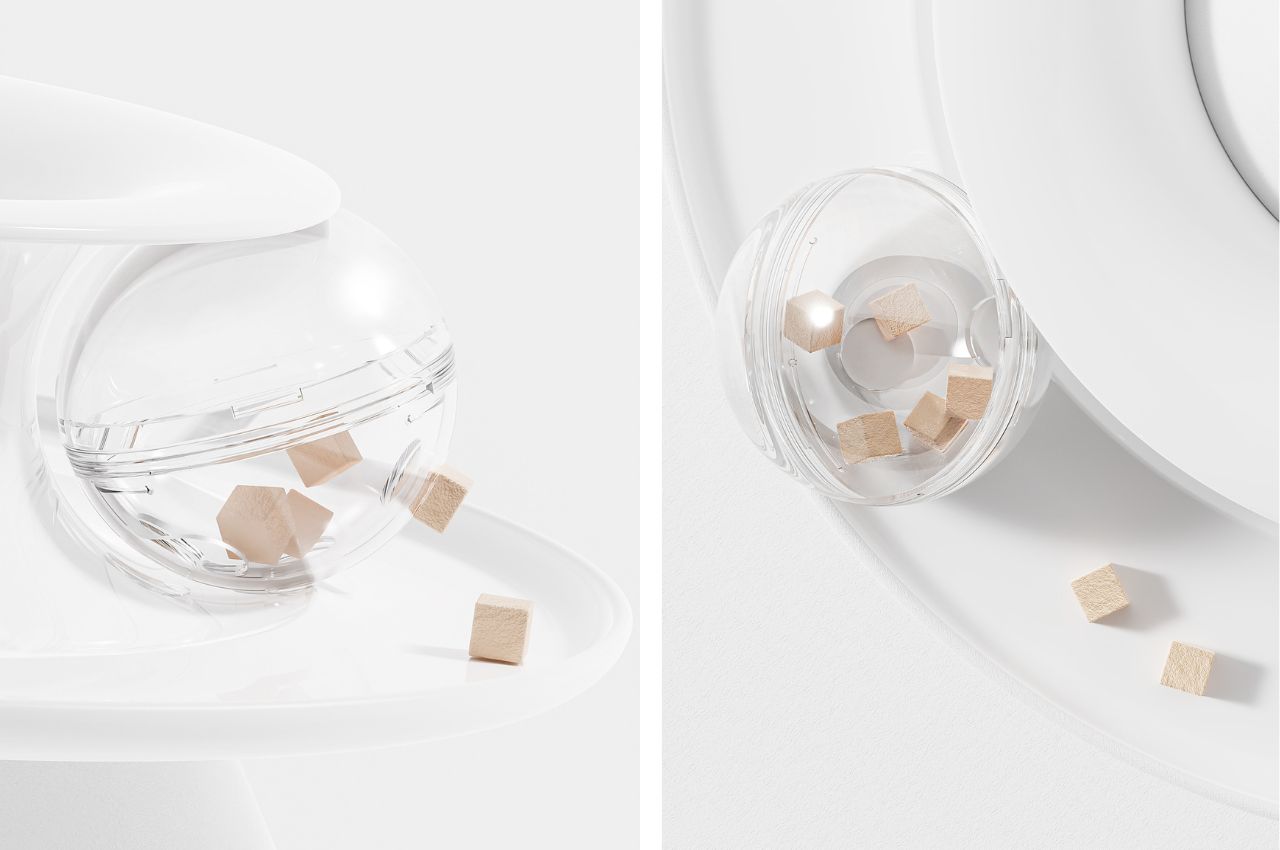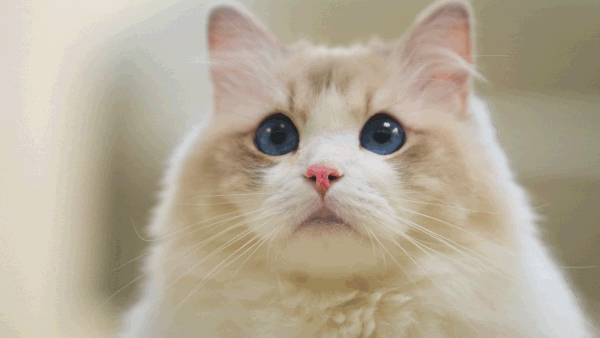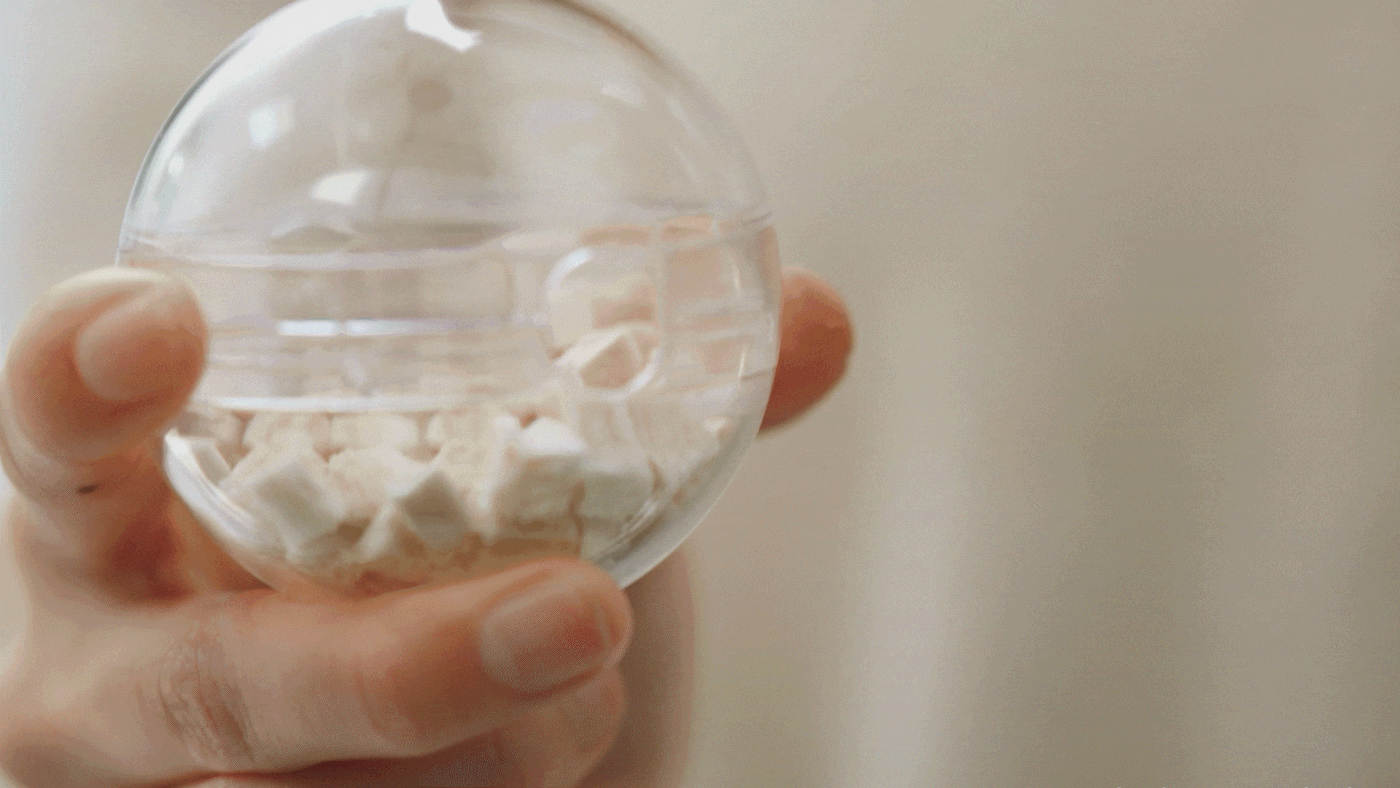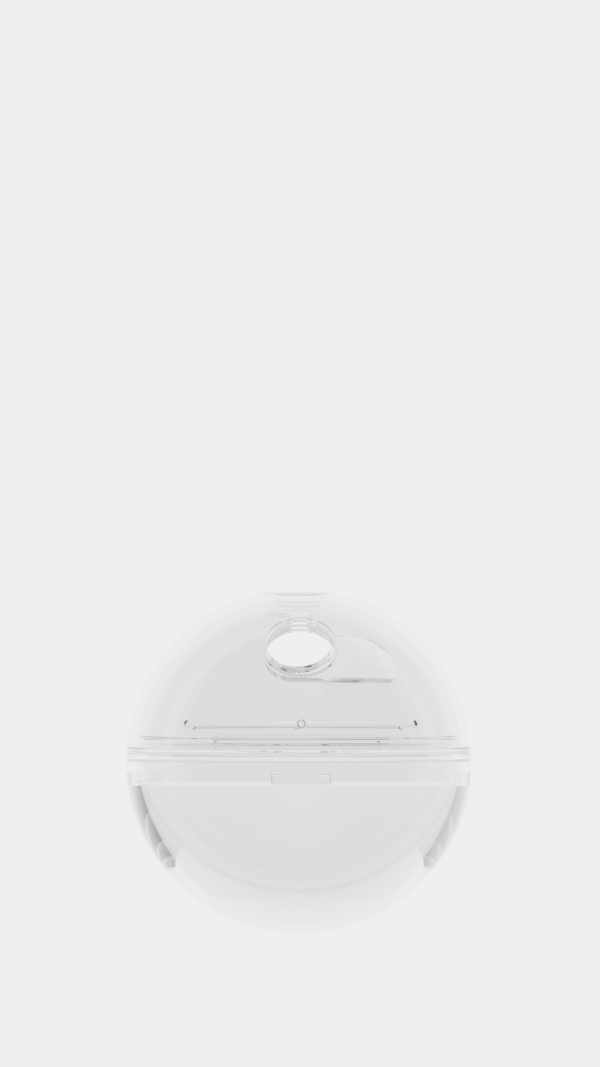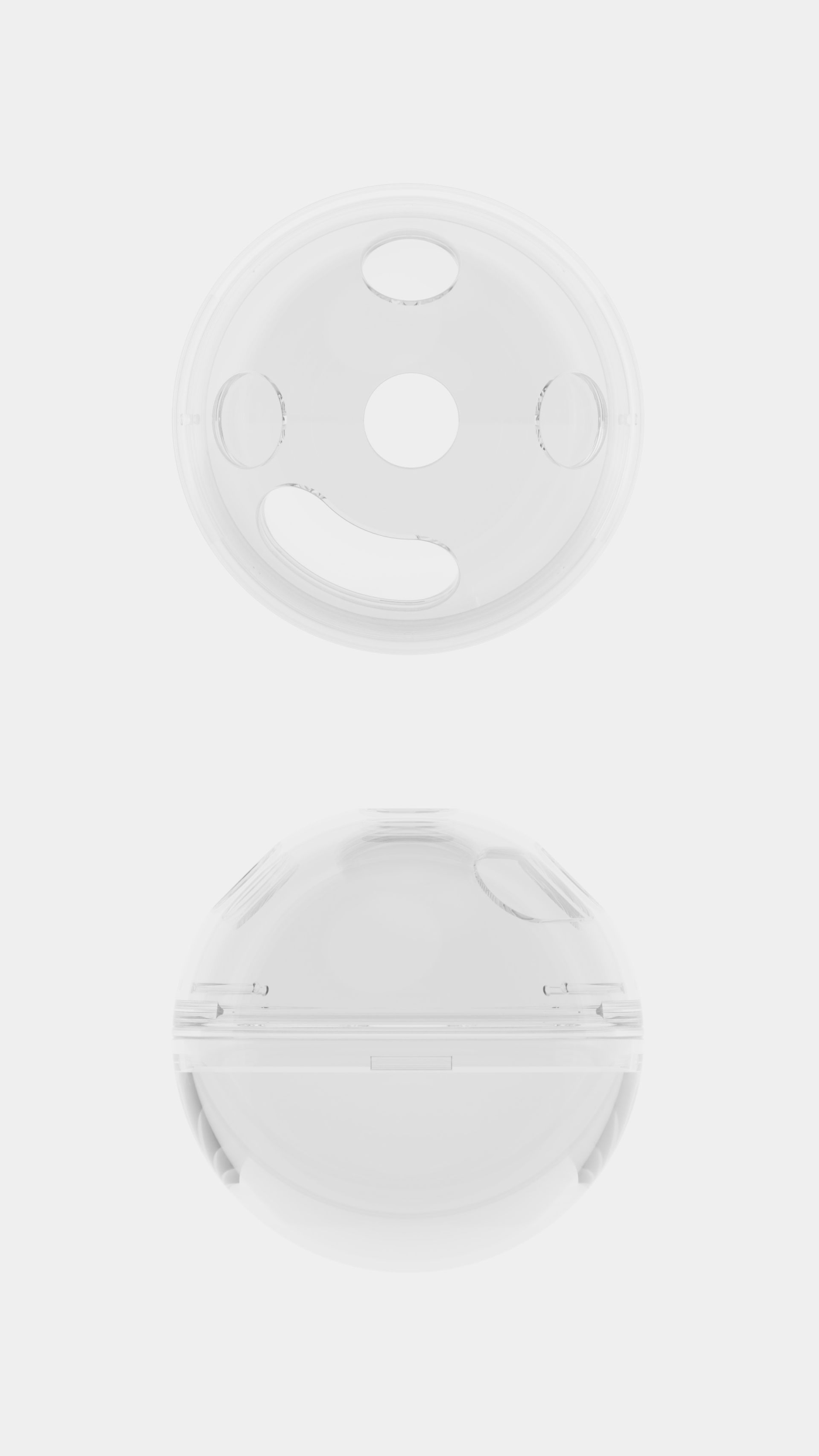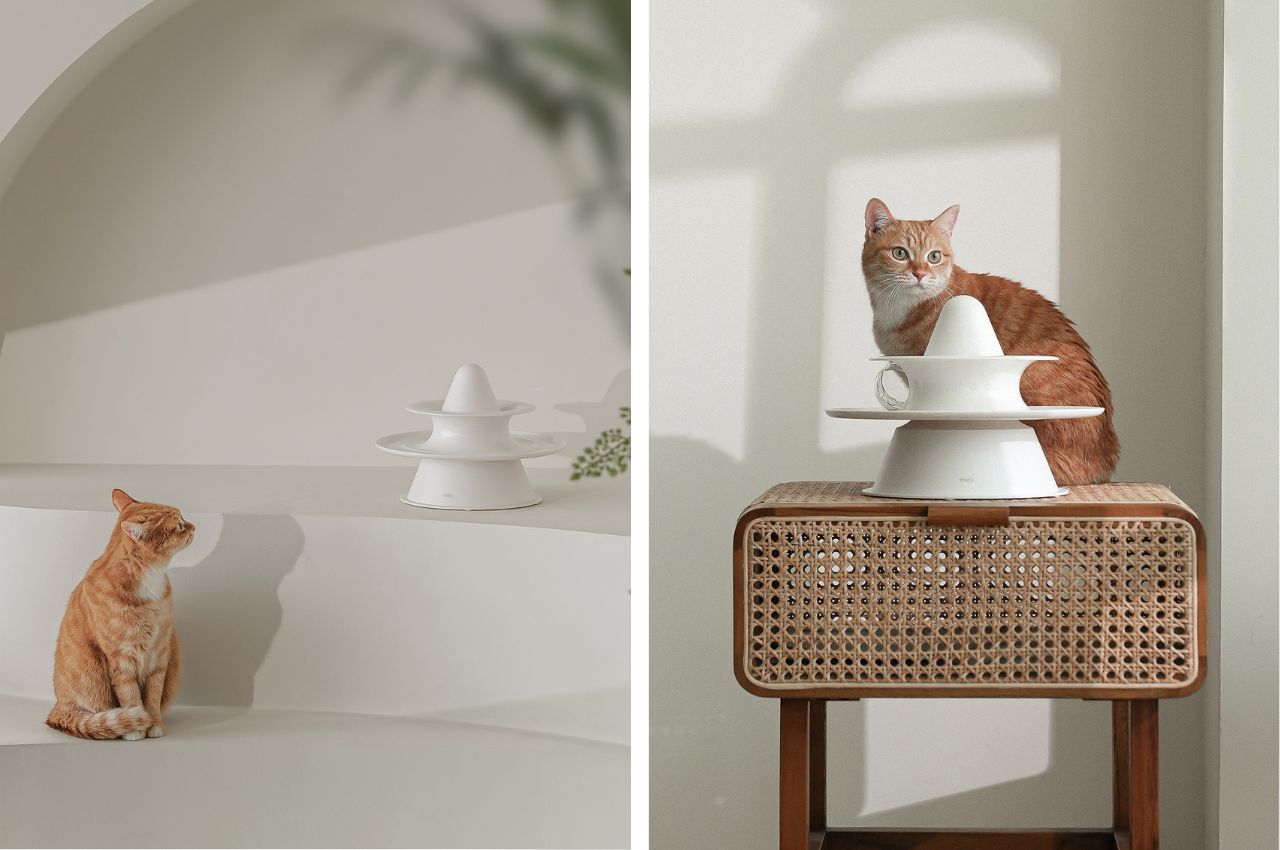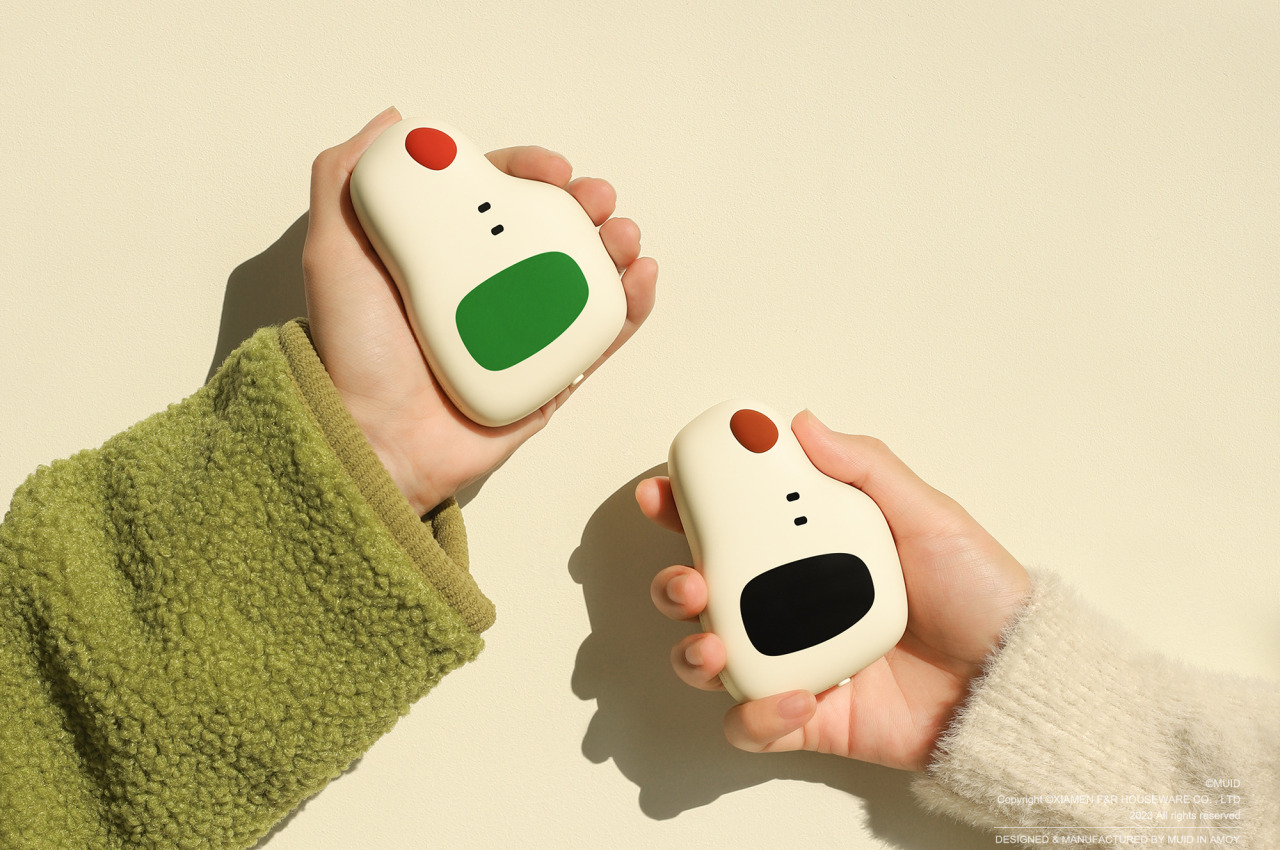
The holidays might be over but some regions are still experiencing the bitter bite of winter or cold weather. Over the centuries, we humans have developed methods to keep ourselves warm, from layering clothing to electronic devices that generate heat. Nowadays, we even have both in the form of wearable technologies that keep our bodies warm and toasty. Sometimes, however, the best solution is one that not only actually solves the problem but also sparks joy. That’s the kind of warmth that this concept device delivers both without and within, warming our hands and our hearts by calling to mind man’s stereotypical best friend.
Designer: MUID
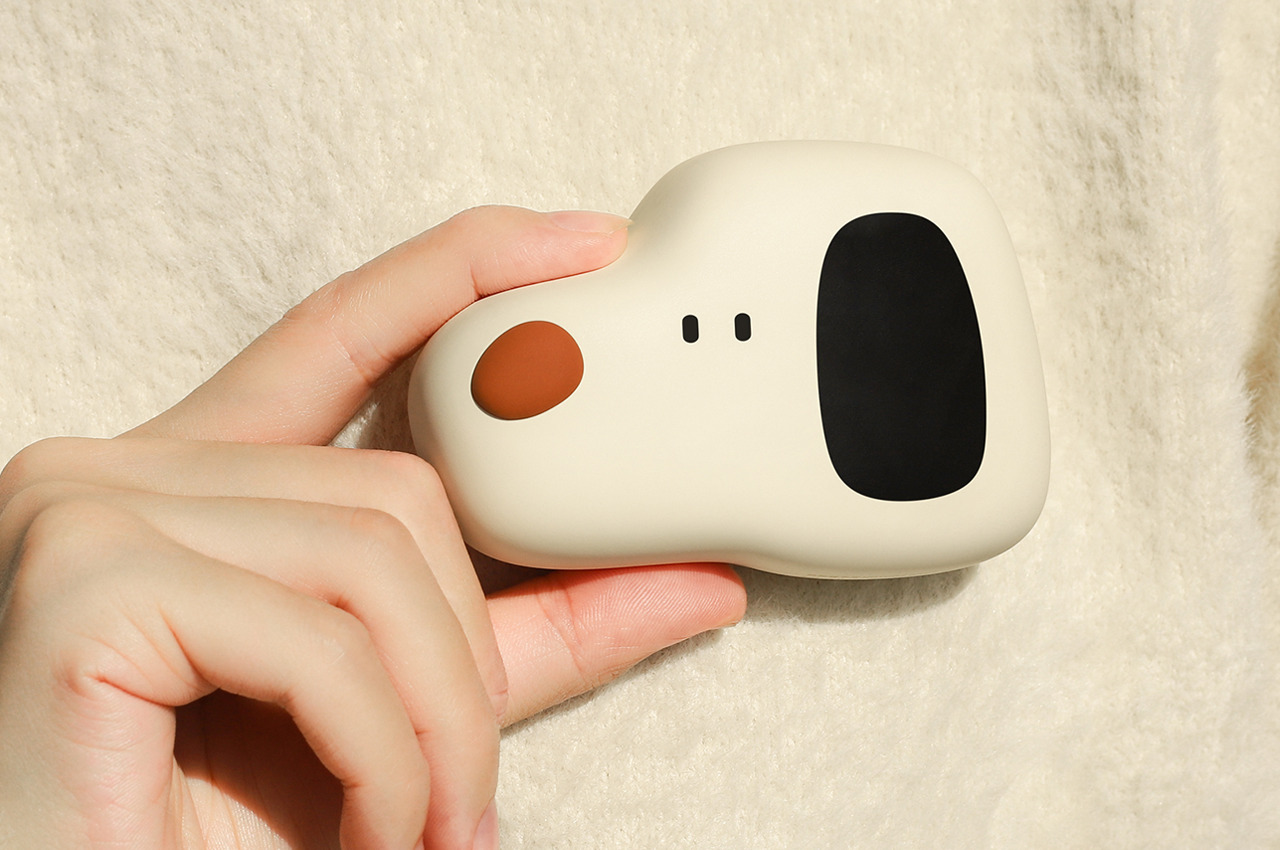
There are a few things in life that make us smile and feel all warm and fuzzy, things such as hot drinks, photos and memorabilia, or our beloved furry companions. Dogs aren’t just naturally warm thanks to their body heat, their companionship and sometimes even their silly antics surface feelings of happiness that can heat us up inside and out. If only we could recreate that experience anytime and anywhere we feel cold.
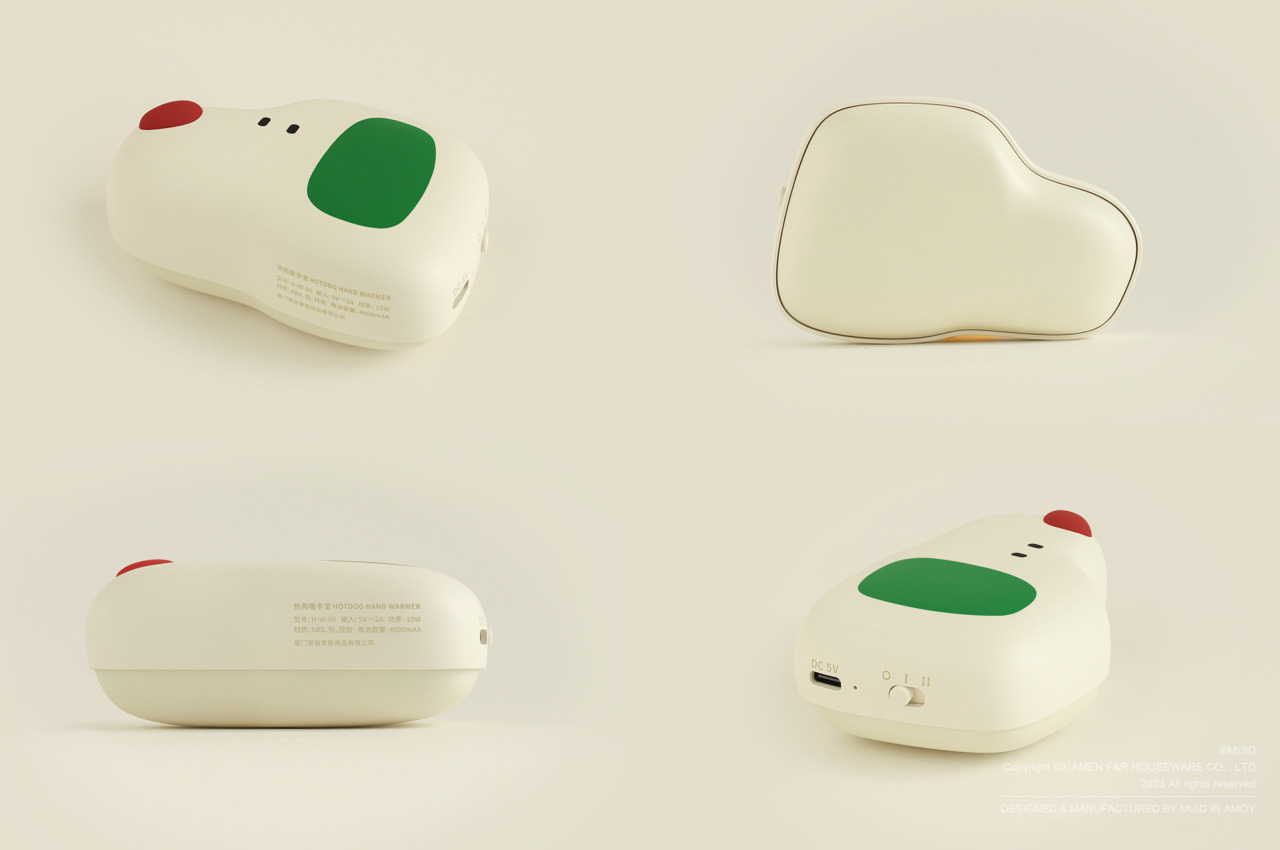
The Hotdog Hand Warmer is indeed designed to address that desire. Admittedly, it’s not easy to see the resemblance immediately, but once you see the cute dog’s face, you can never unsee it ever again. It doesn’t look like any of those breeds that instantly elicit oohs and aahs, but the simple, almost cartoony face has a more universal appeal. Plus, it’s something that people of all ages will actually be able to appreciate, especially kids who have little to no idea about different breeds.
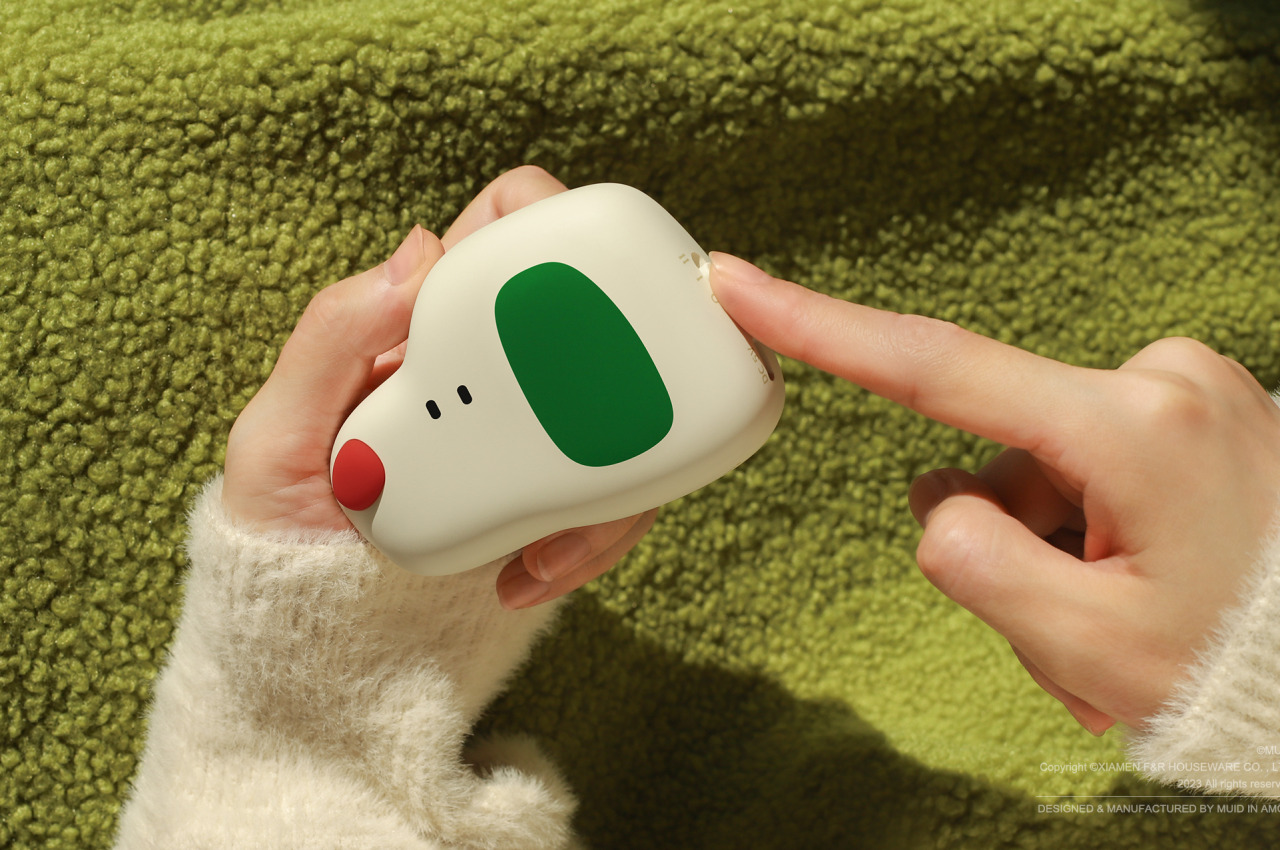
Of course, it isn’t just a toy to look at, and the literal “hot dog” functions as an easy-to-use hand warmer. It can be charged via USB from a power bank or even a smartphone, making it easily portable and usable anywhere. There’s a simple slider to switch between off and two heat settings to suit your needs and comfort levels. One might wonder why the dog’s ear or nose doesn’t function as buttons for the same purpose, but that’s probably for safety reasons since you’re likely to accidentally press on them when holding the warmer tight.
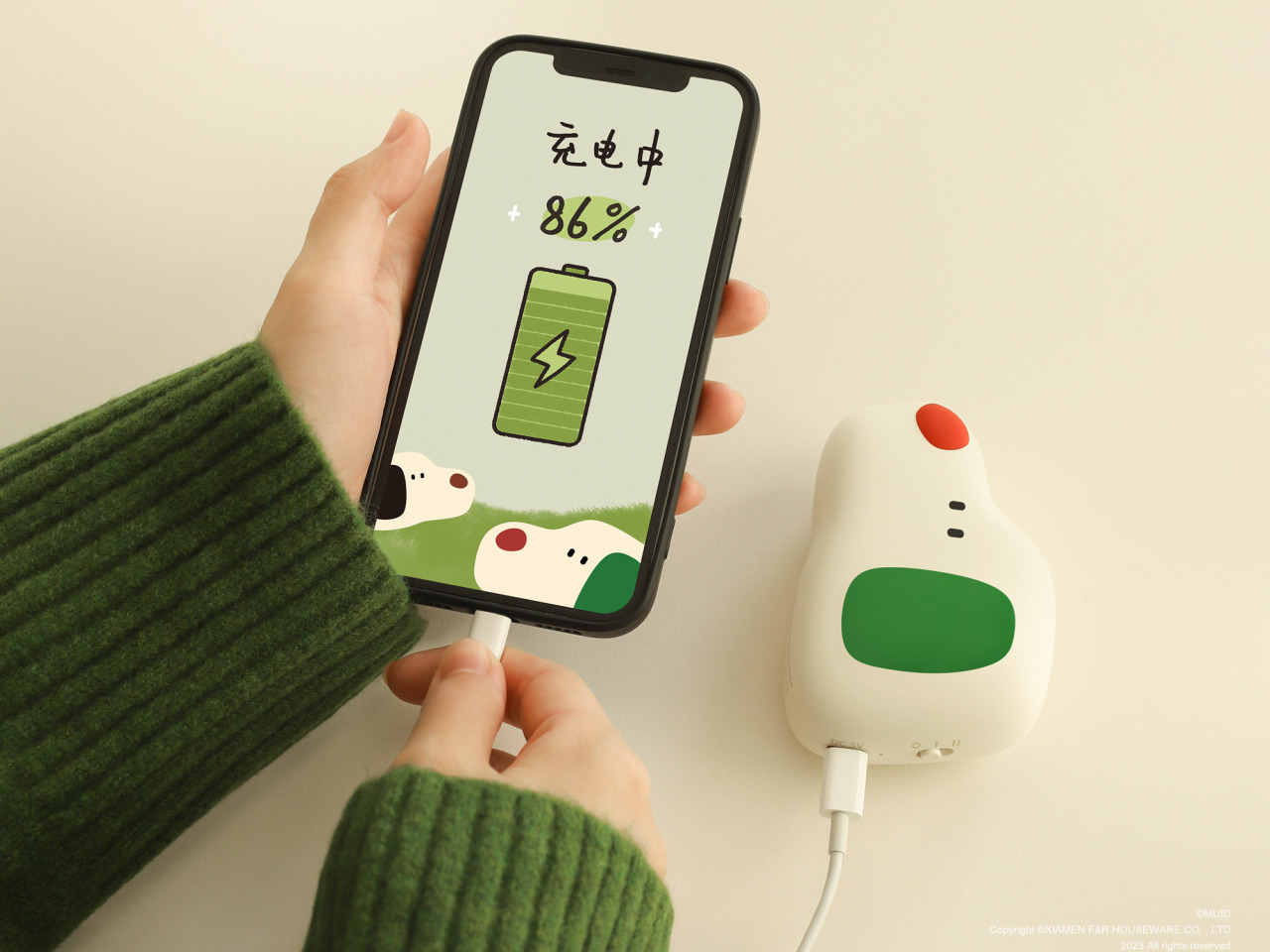
This Hotdog Hand Warmer concept design isn’t exactly revolutionary, but it’s a fine example of how one can easily humanize even the most mundane or utilitarian of products. Making it resemble something most humans are universally fond of helps drive home the device’s purpose, delivering warmth that isn’t only palpable but also emotional.
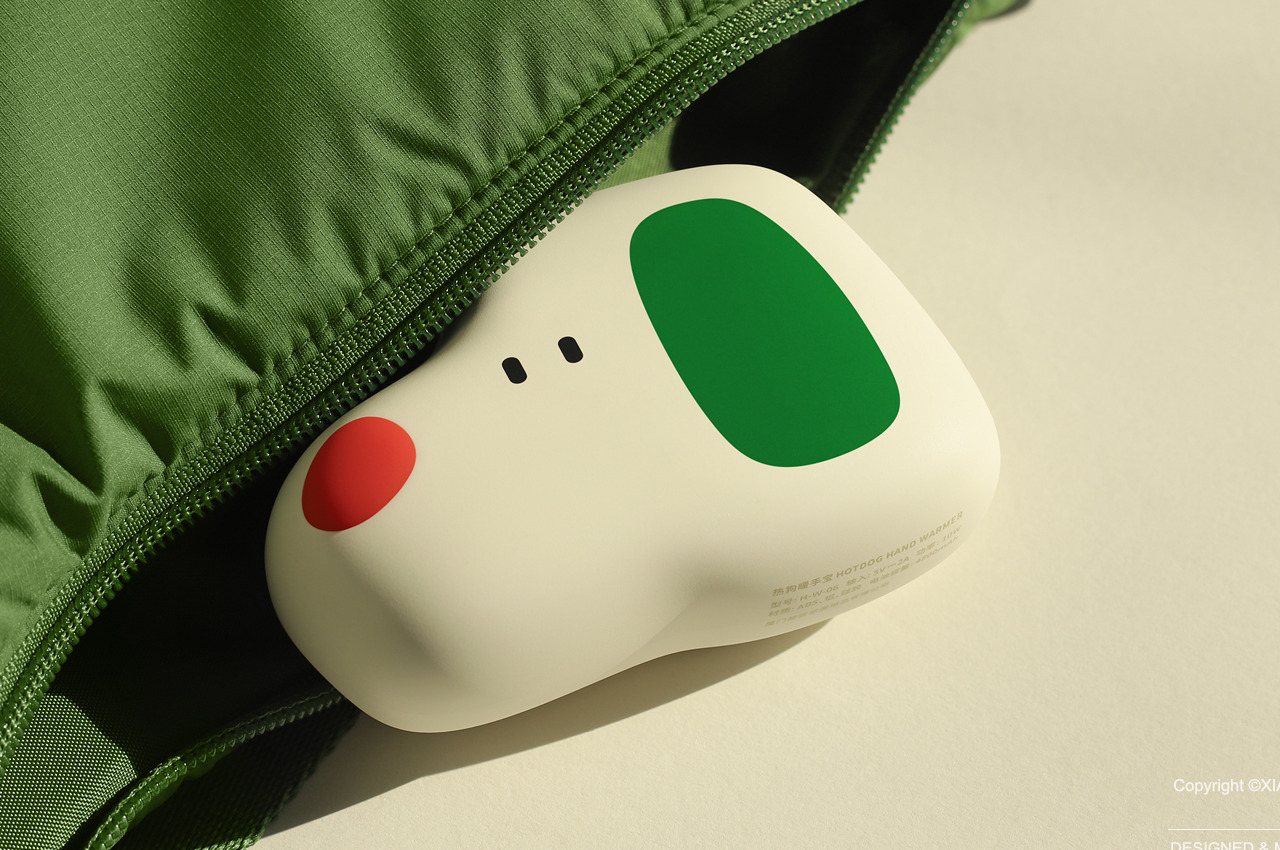
The post Charming hand warmer gives a very literal interpretation of a hotdog first appeared on Yanko Design.
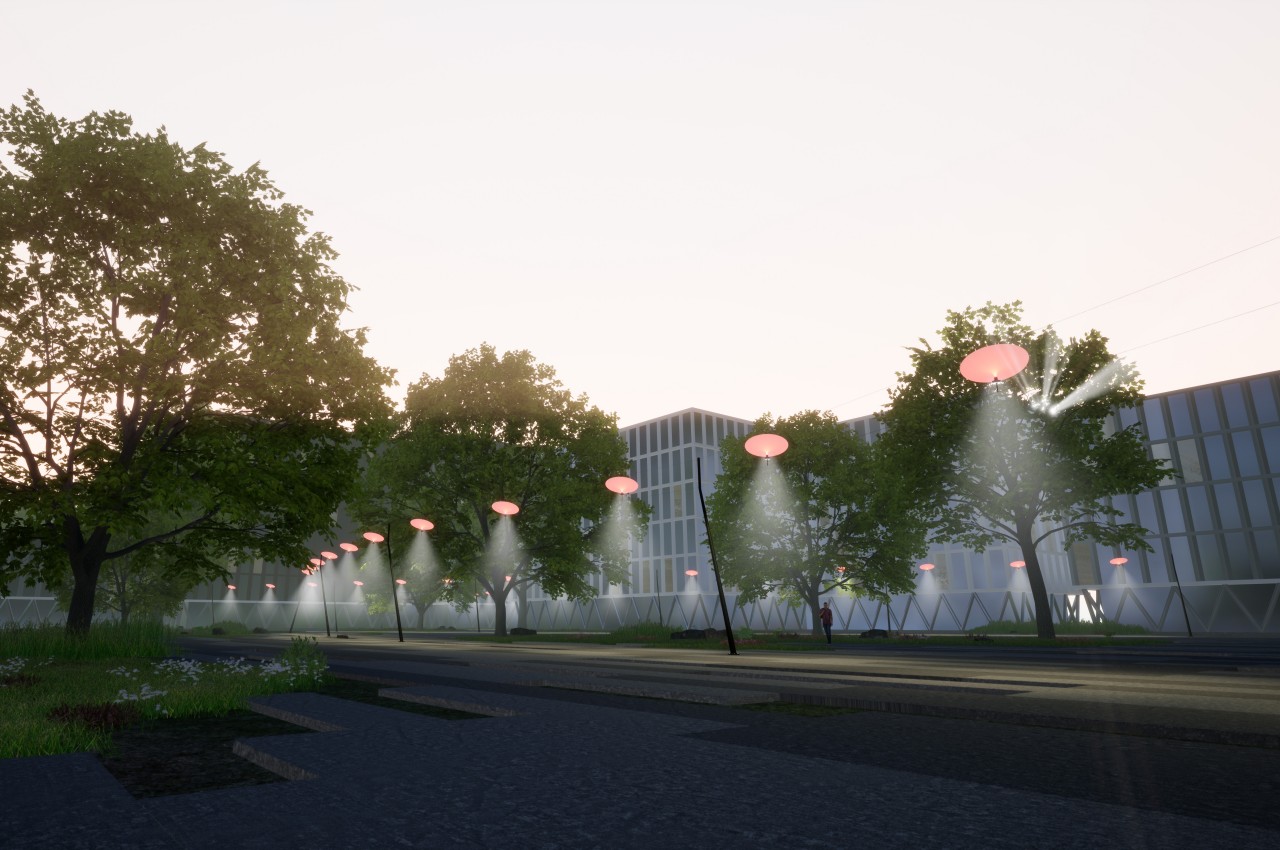
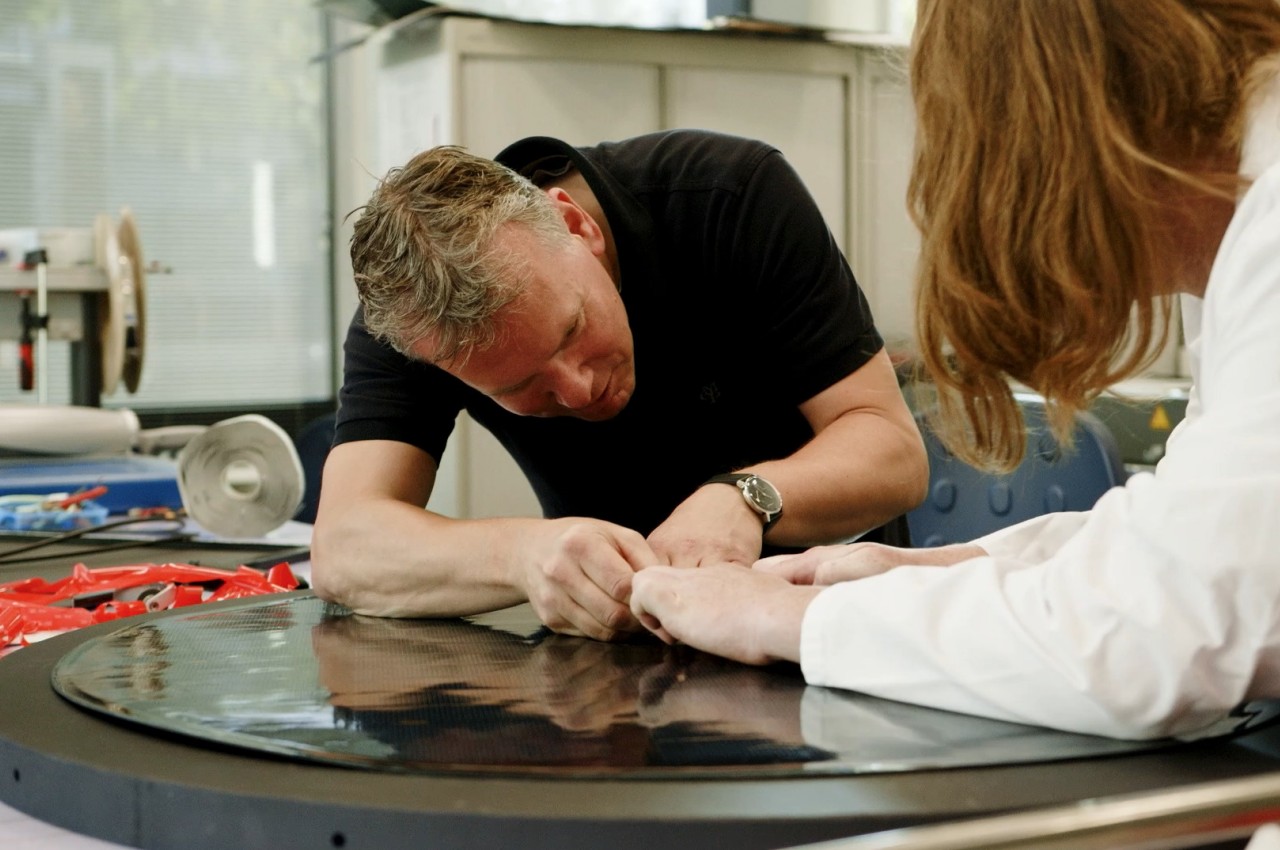
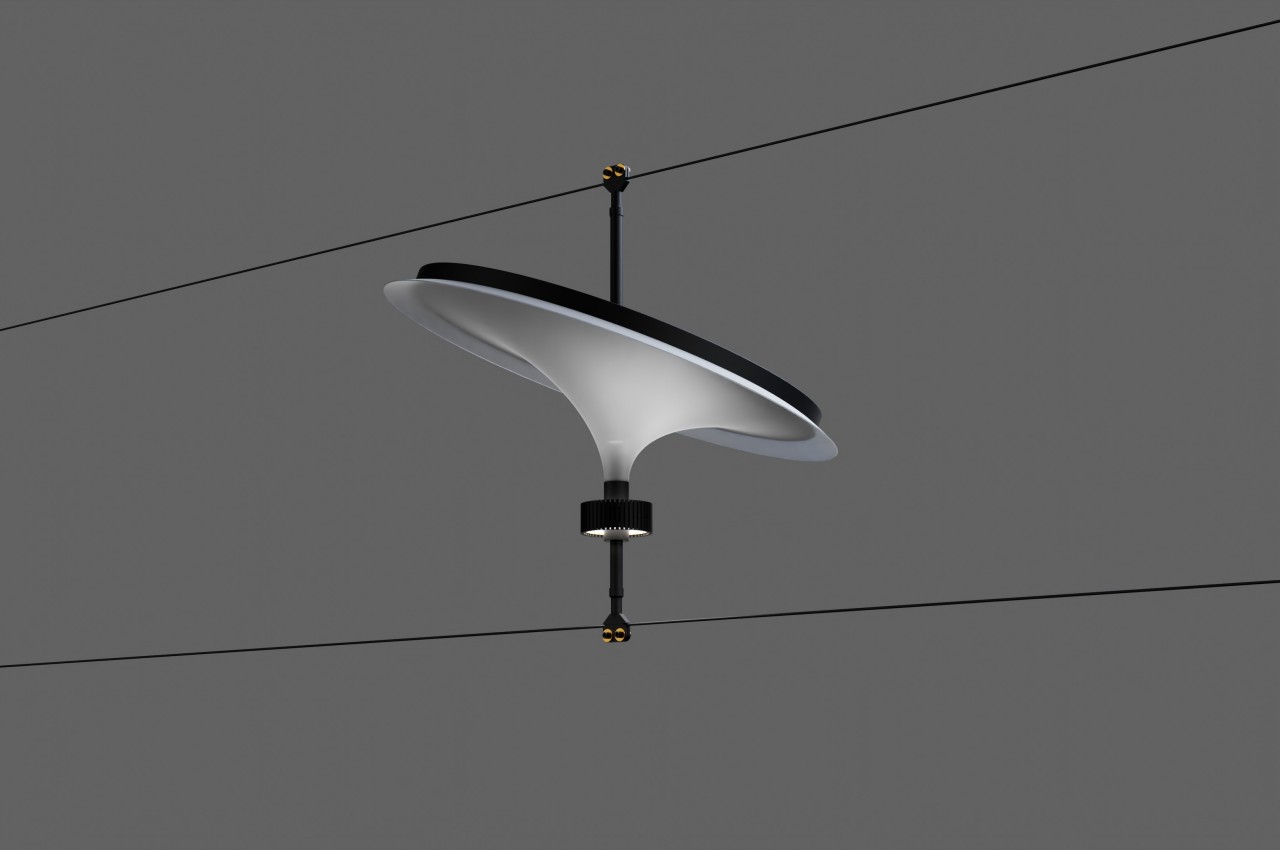
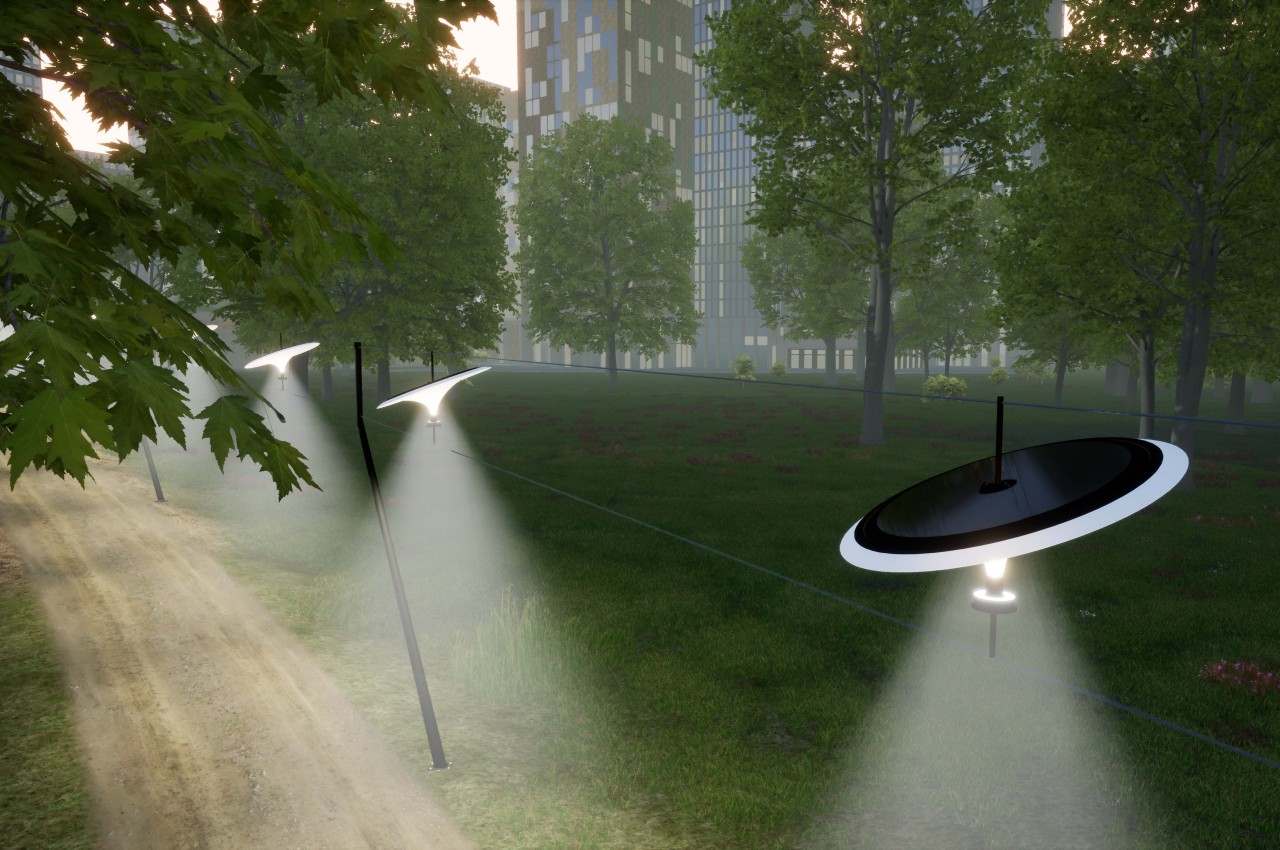
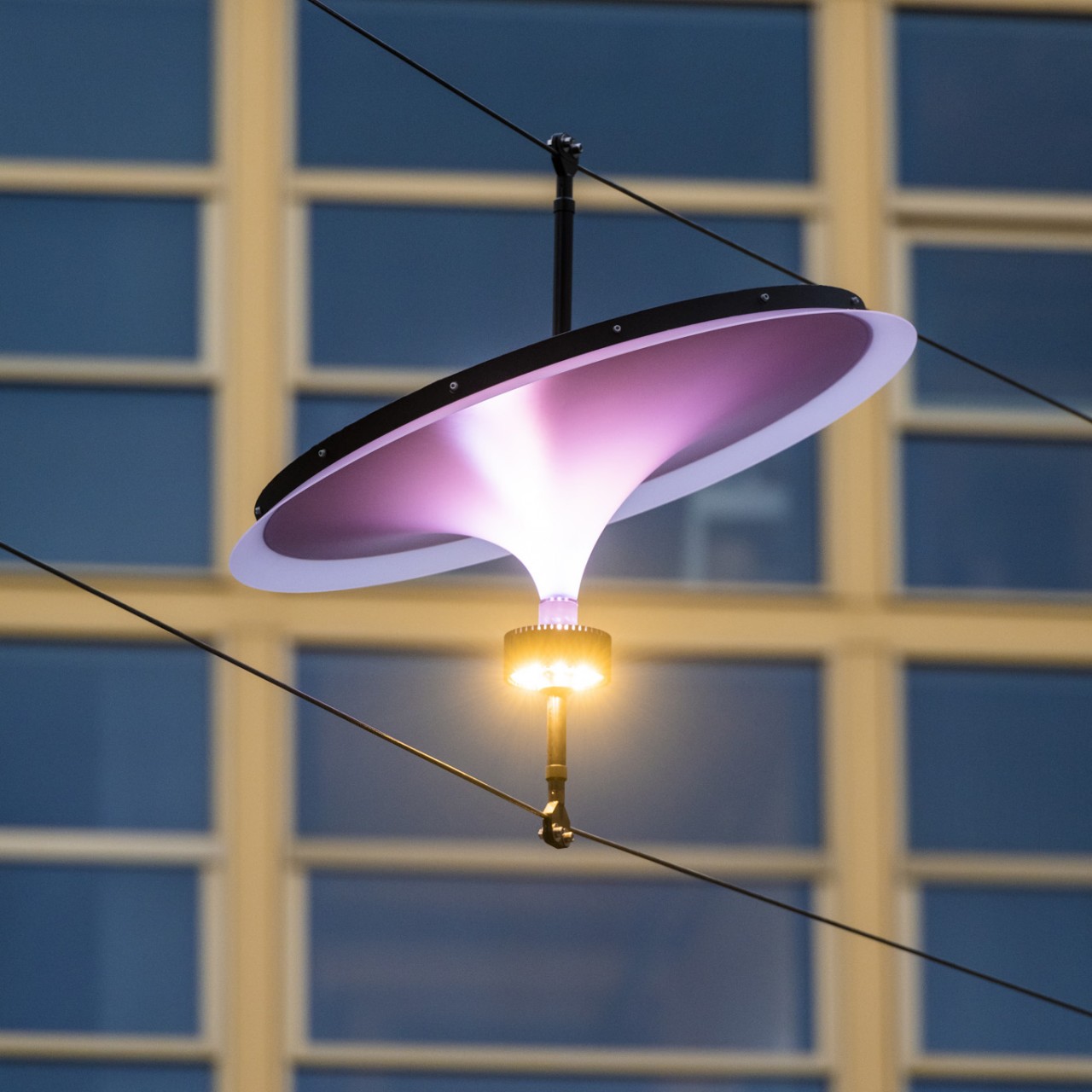
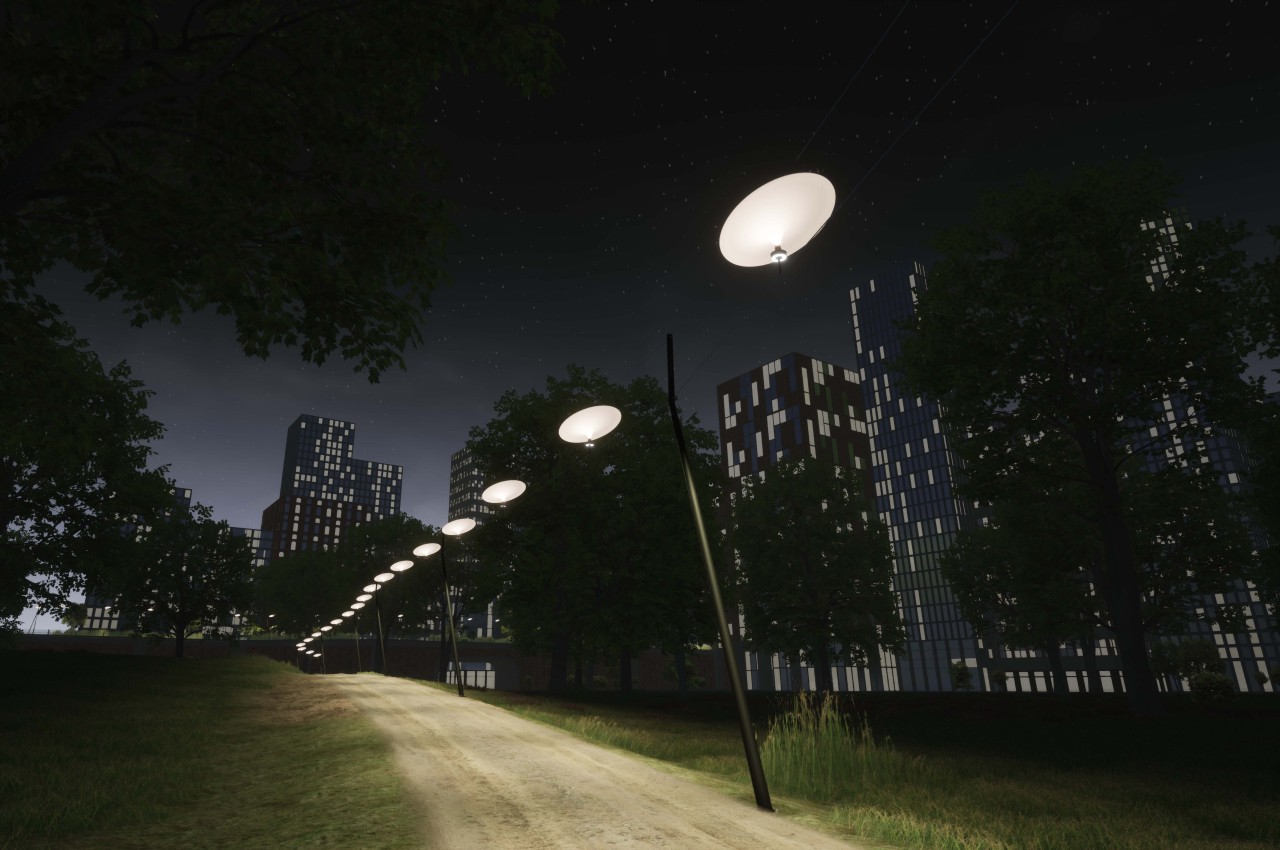
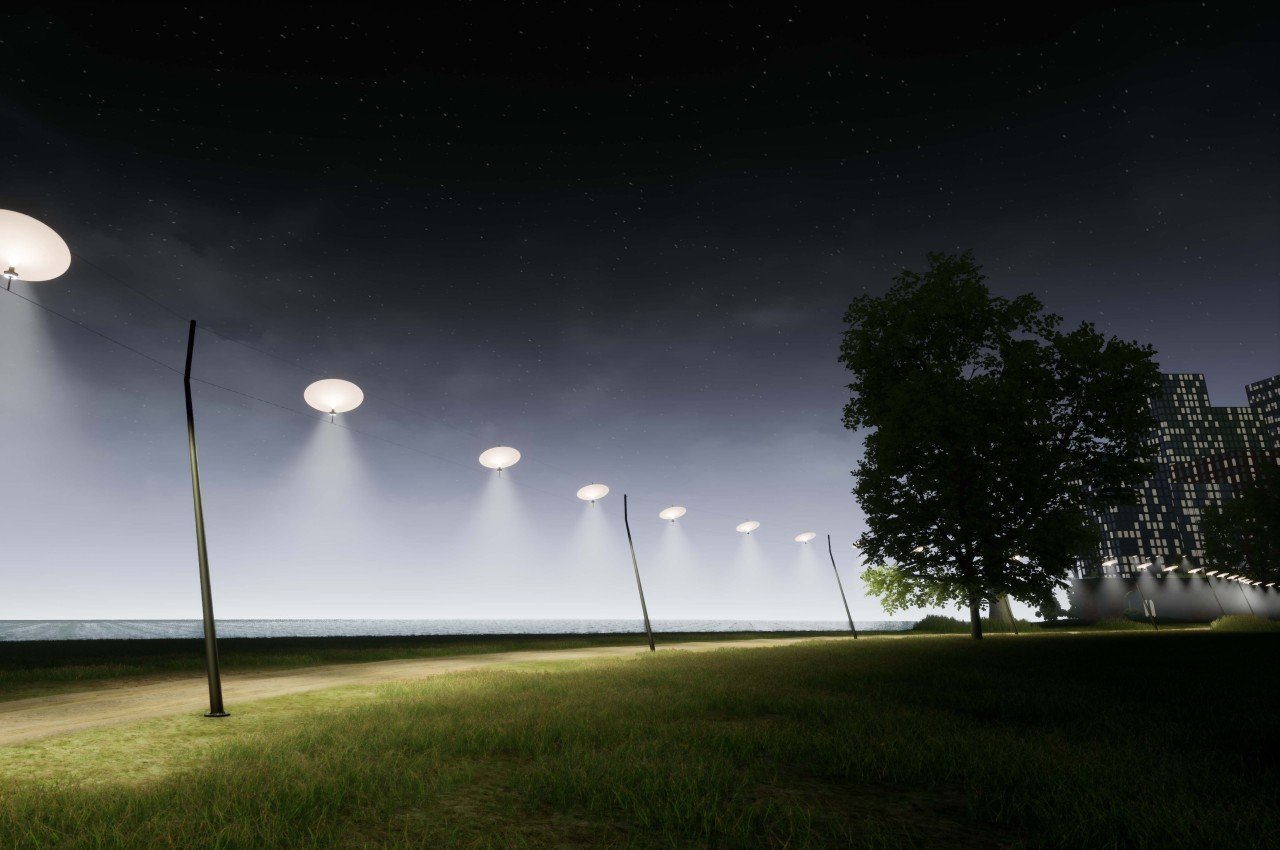
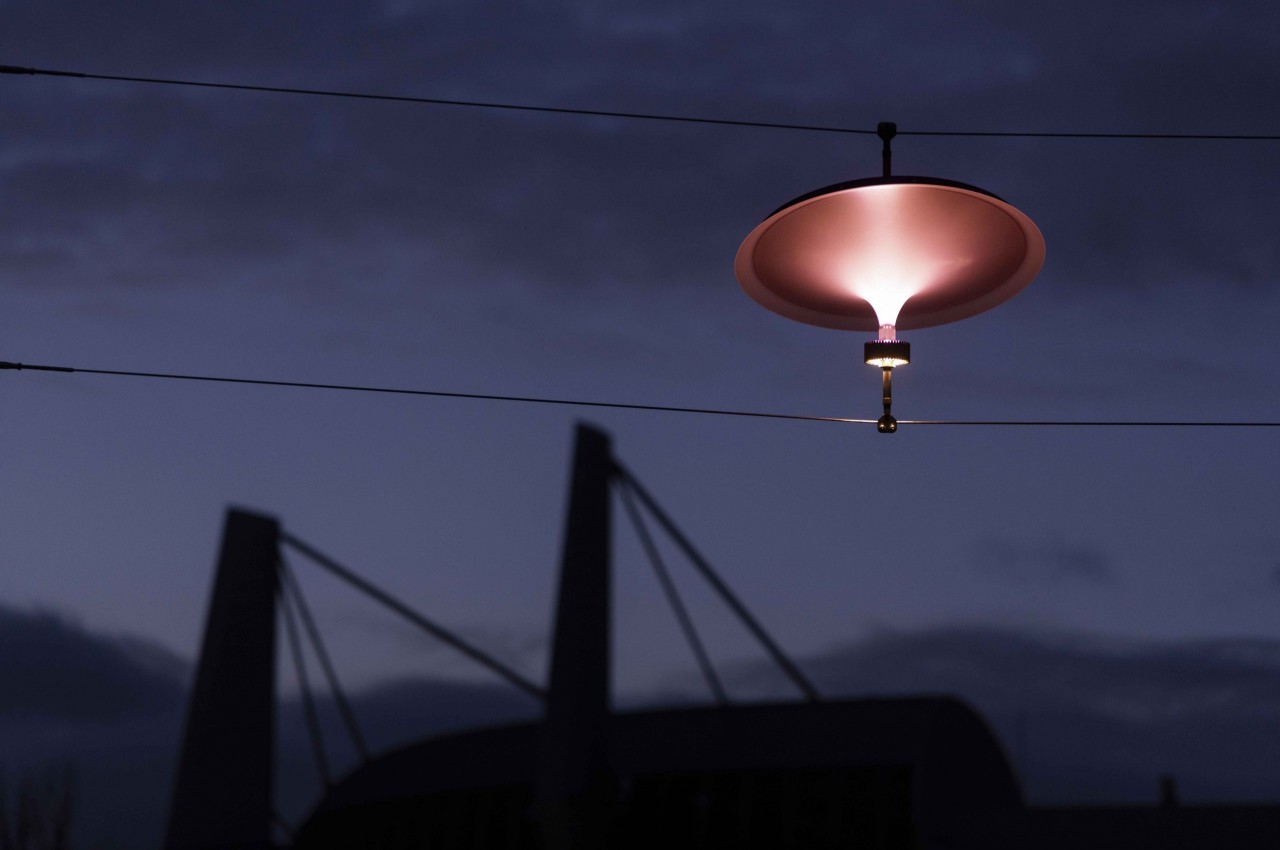













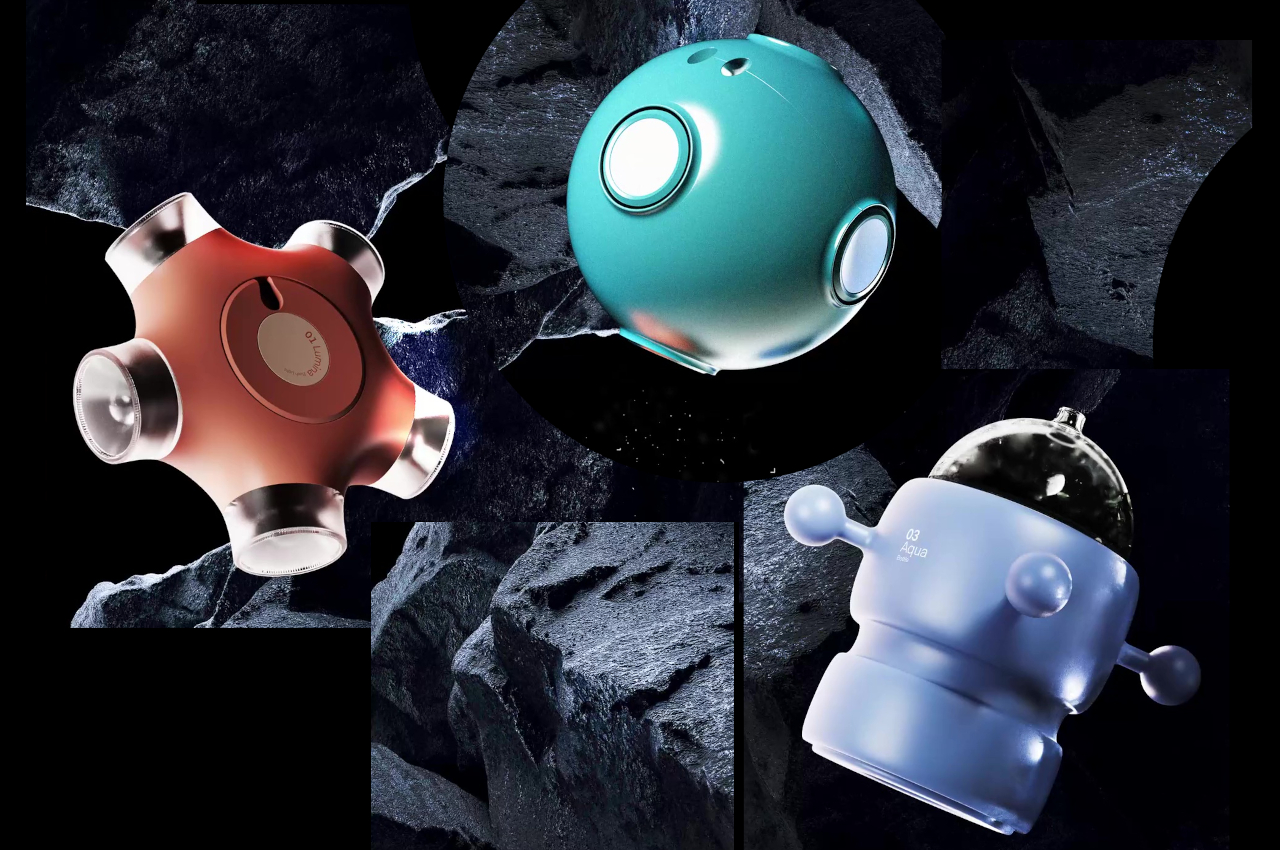
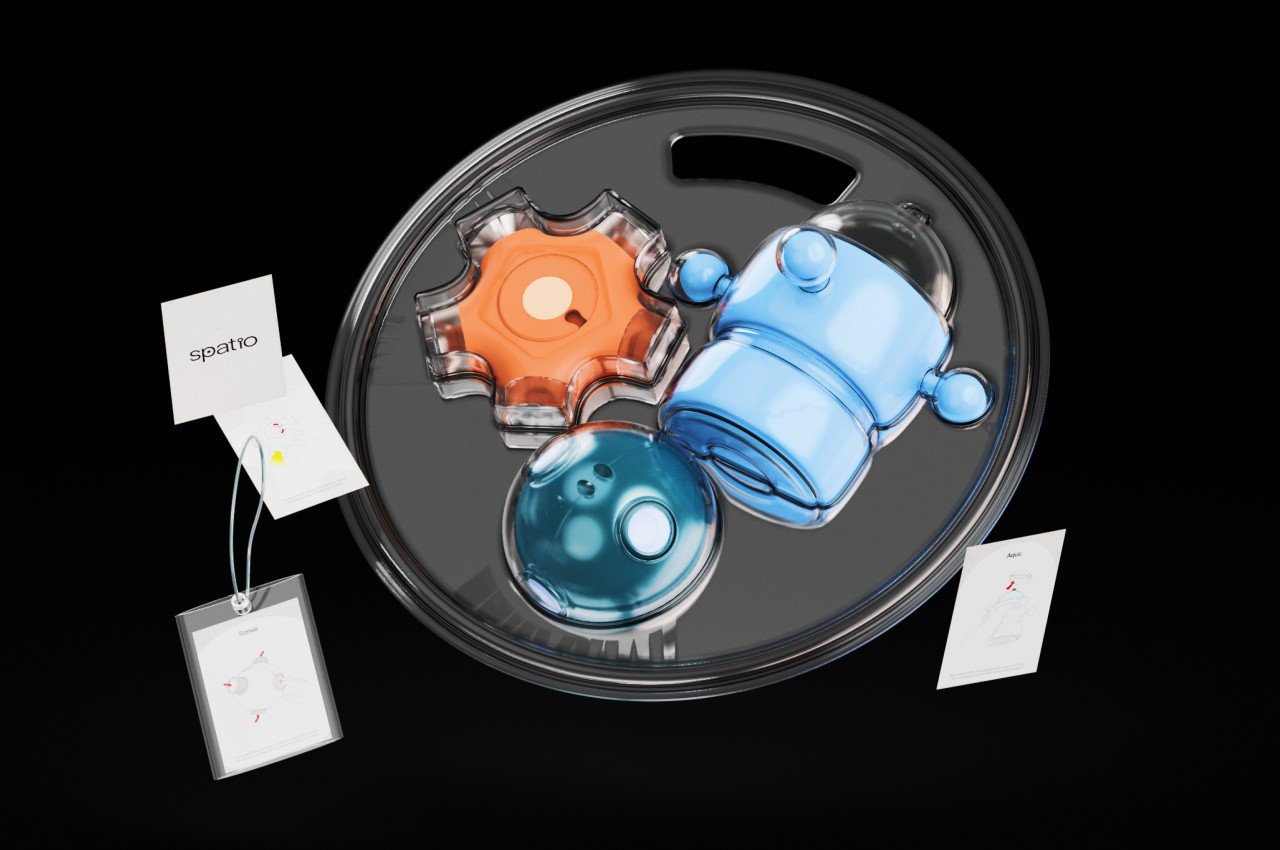




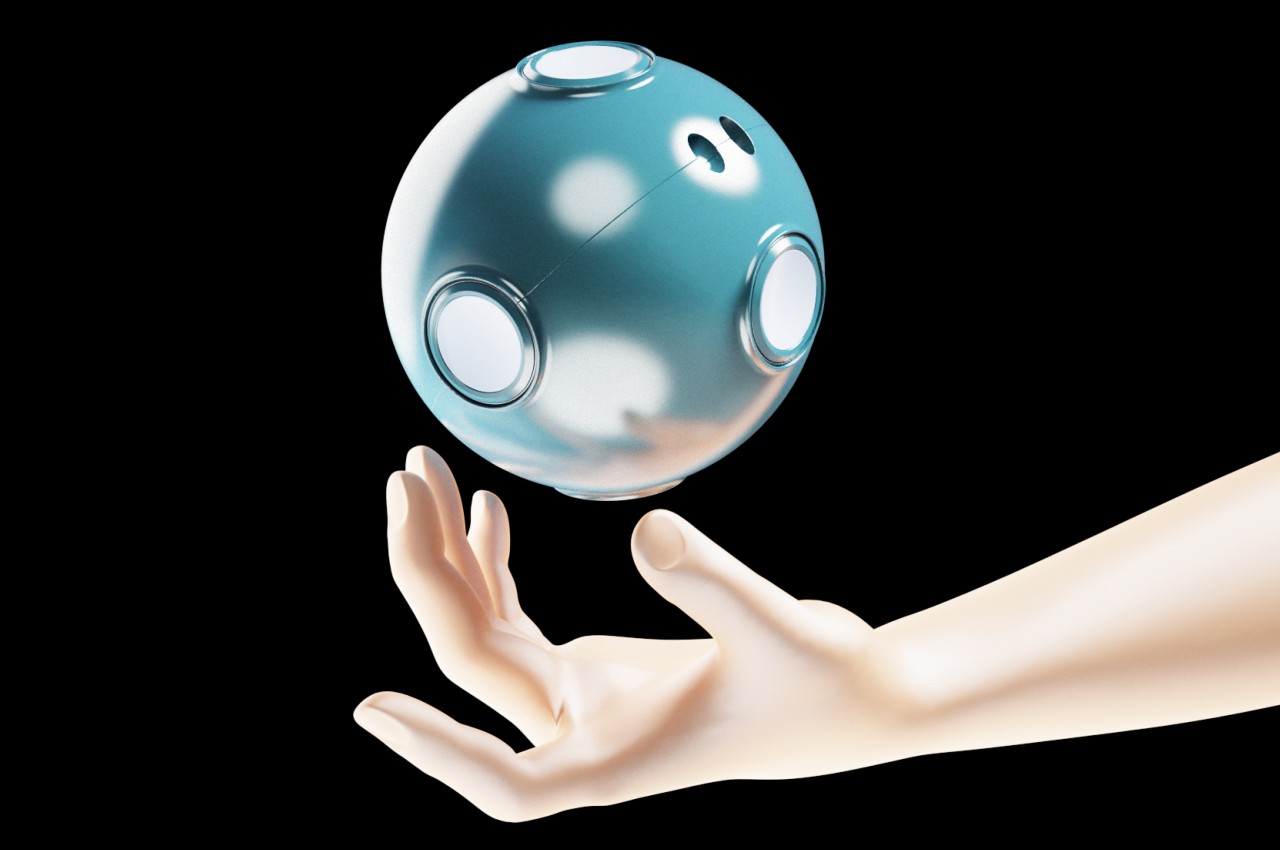
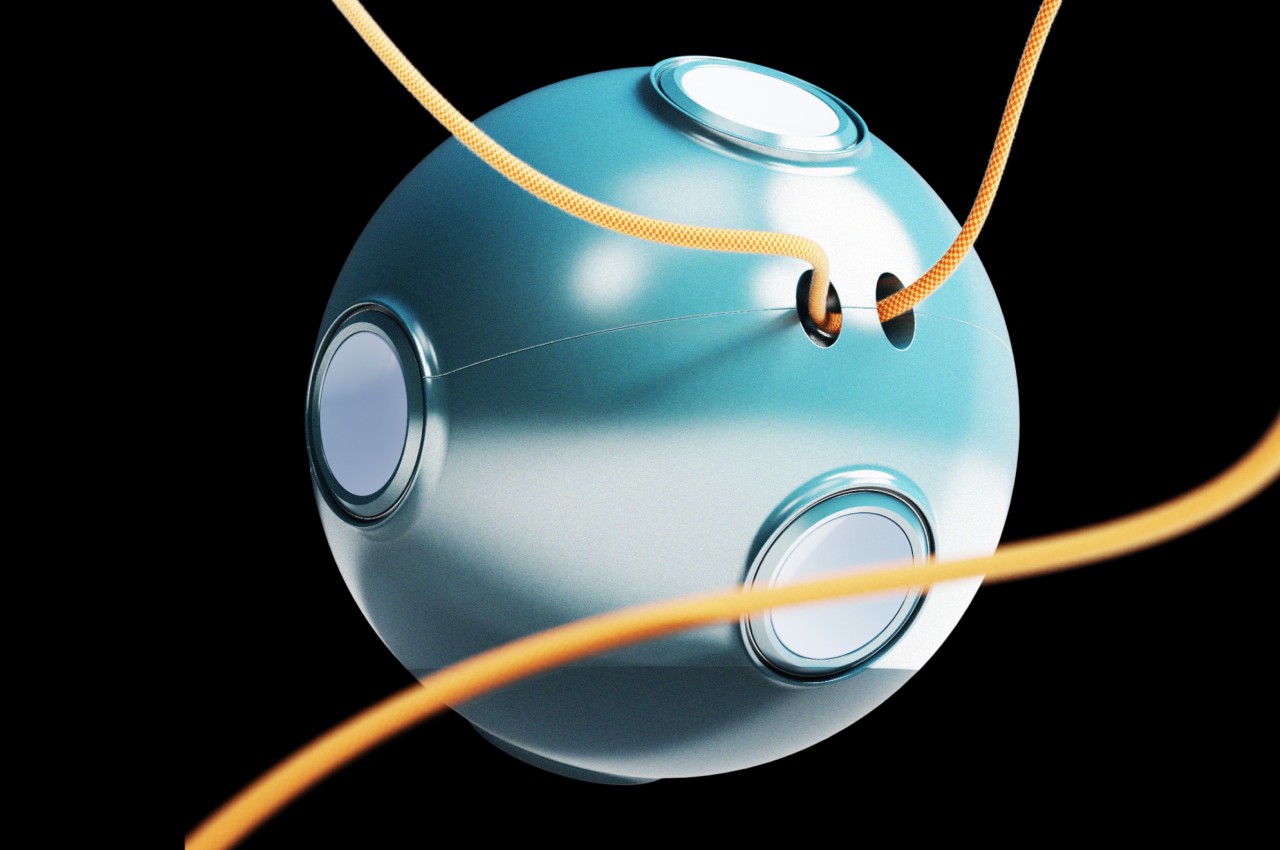
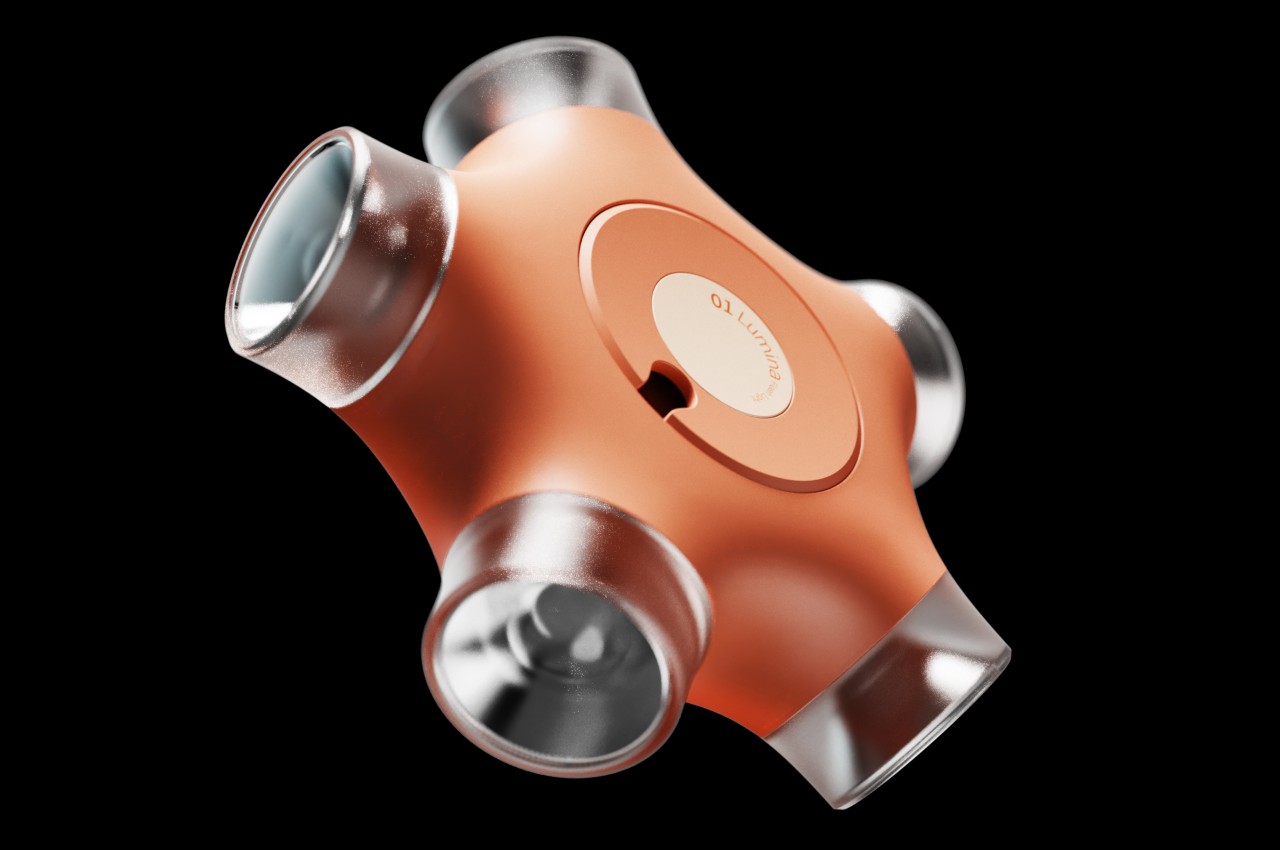
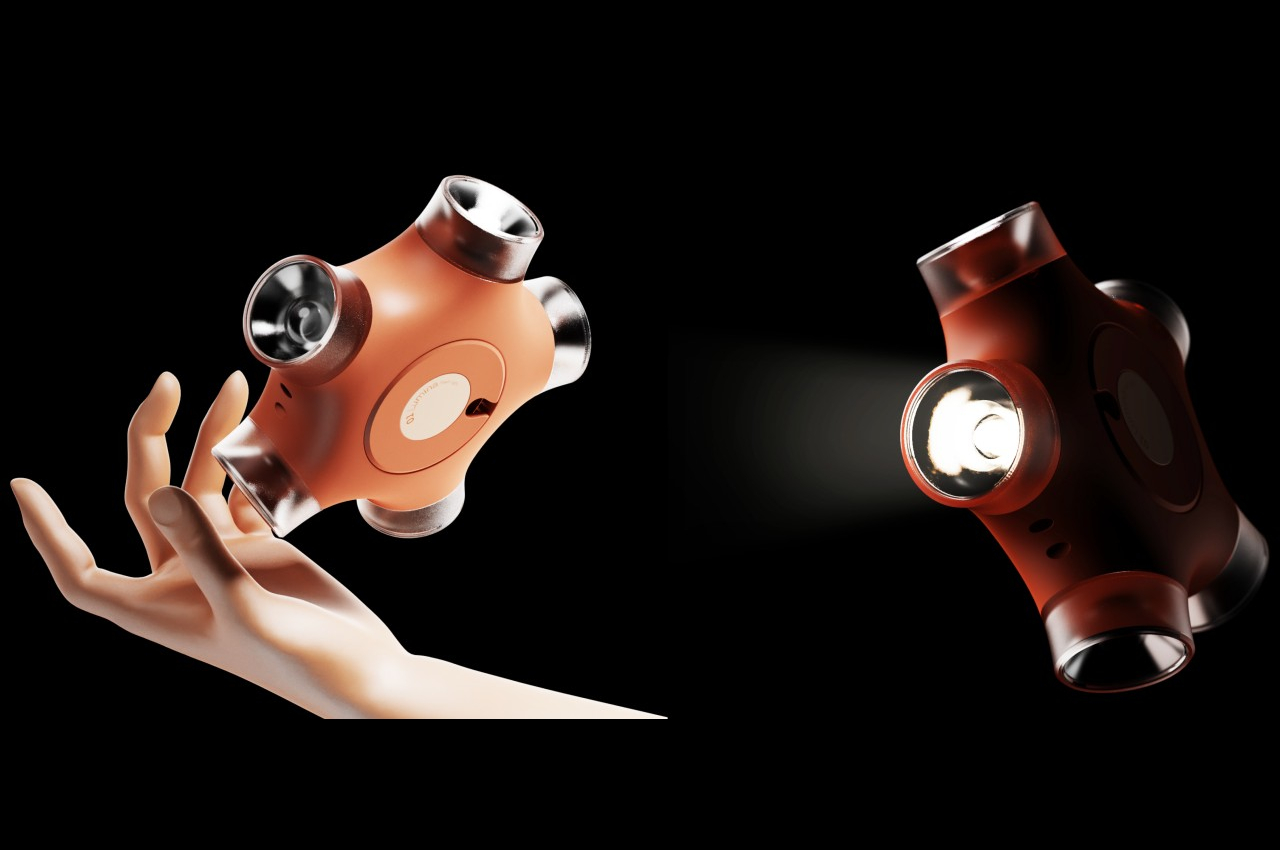



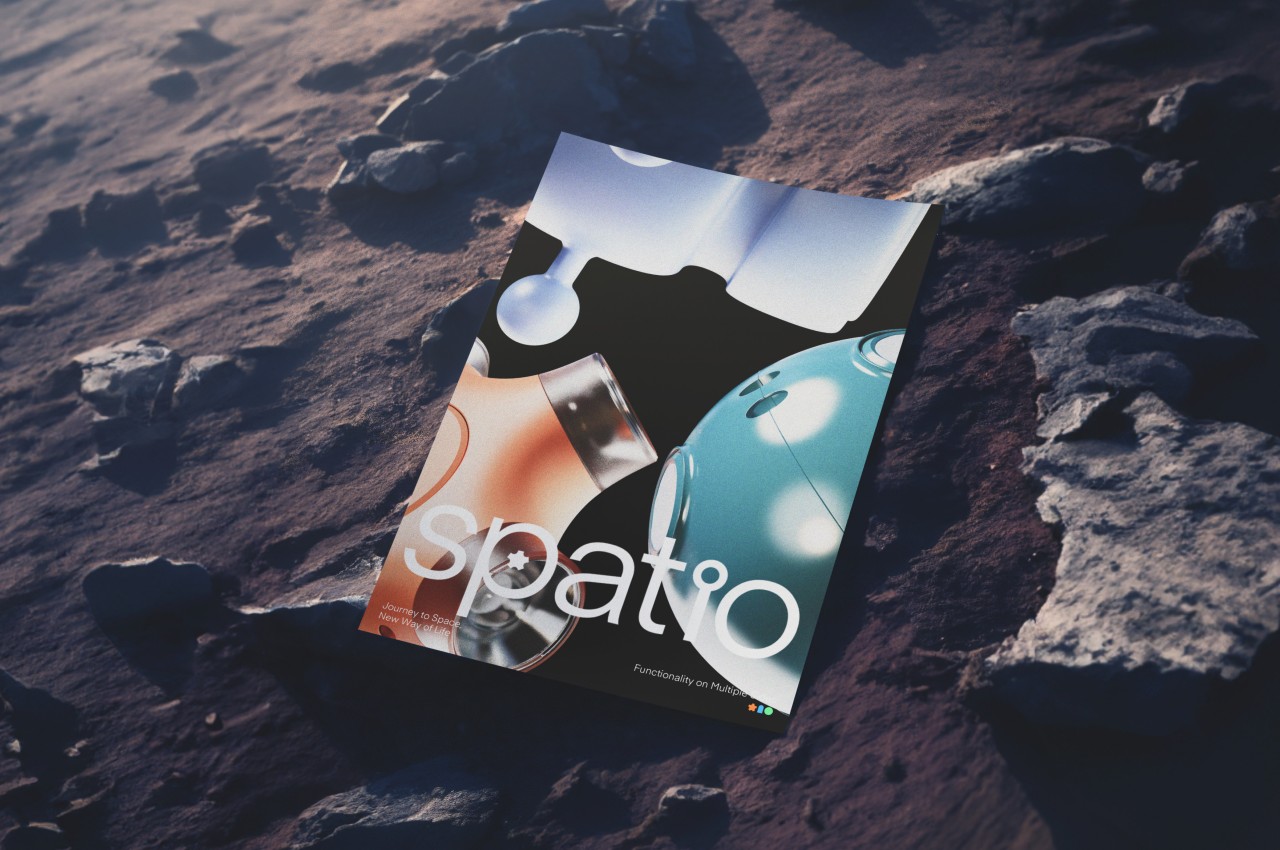

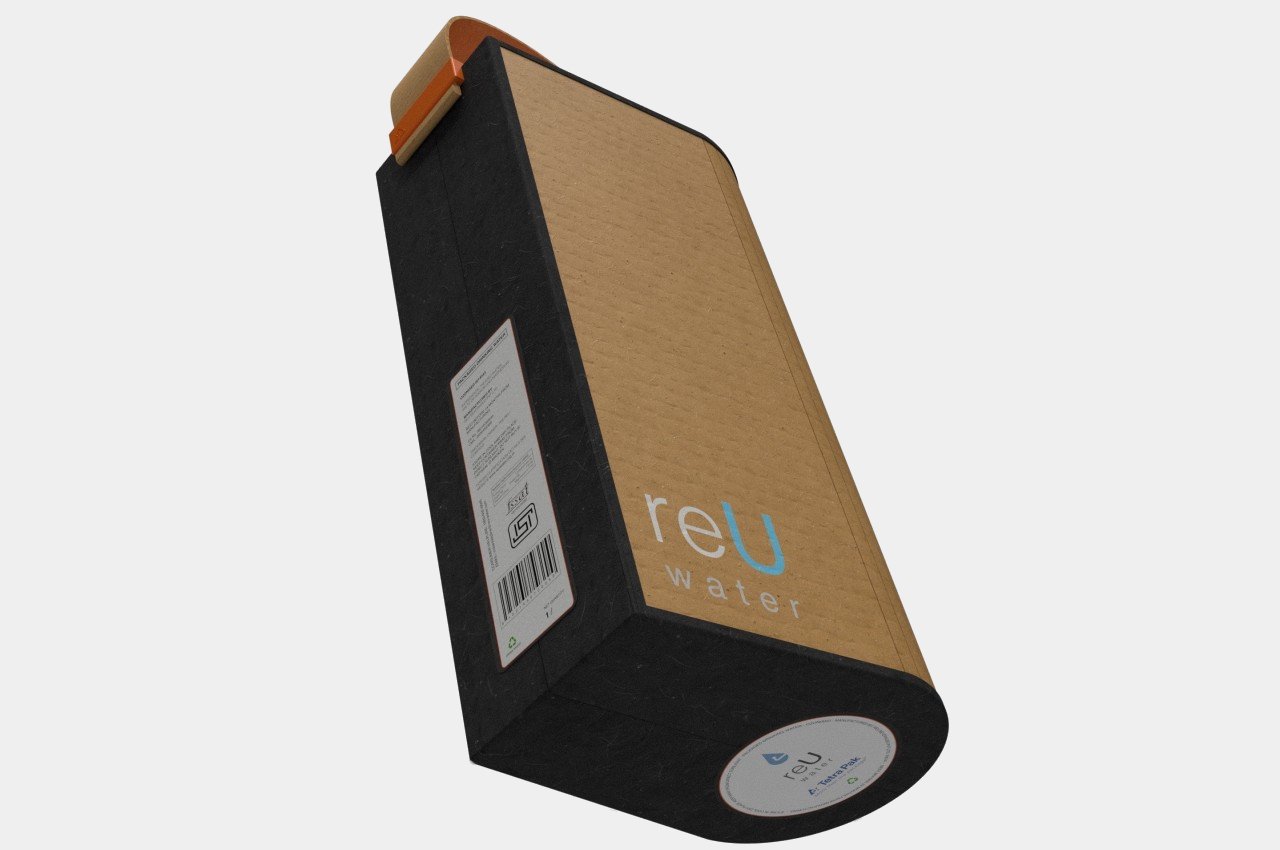
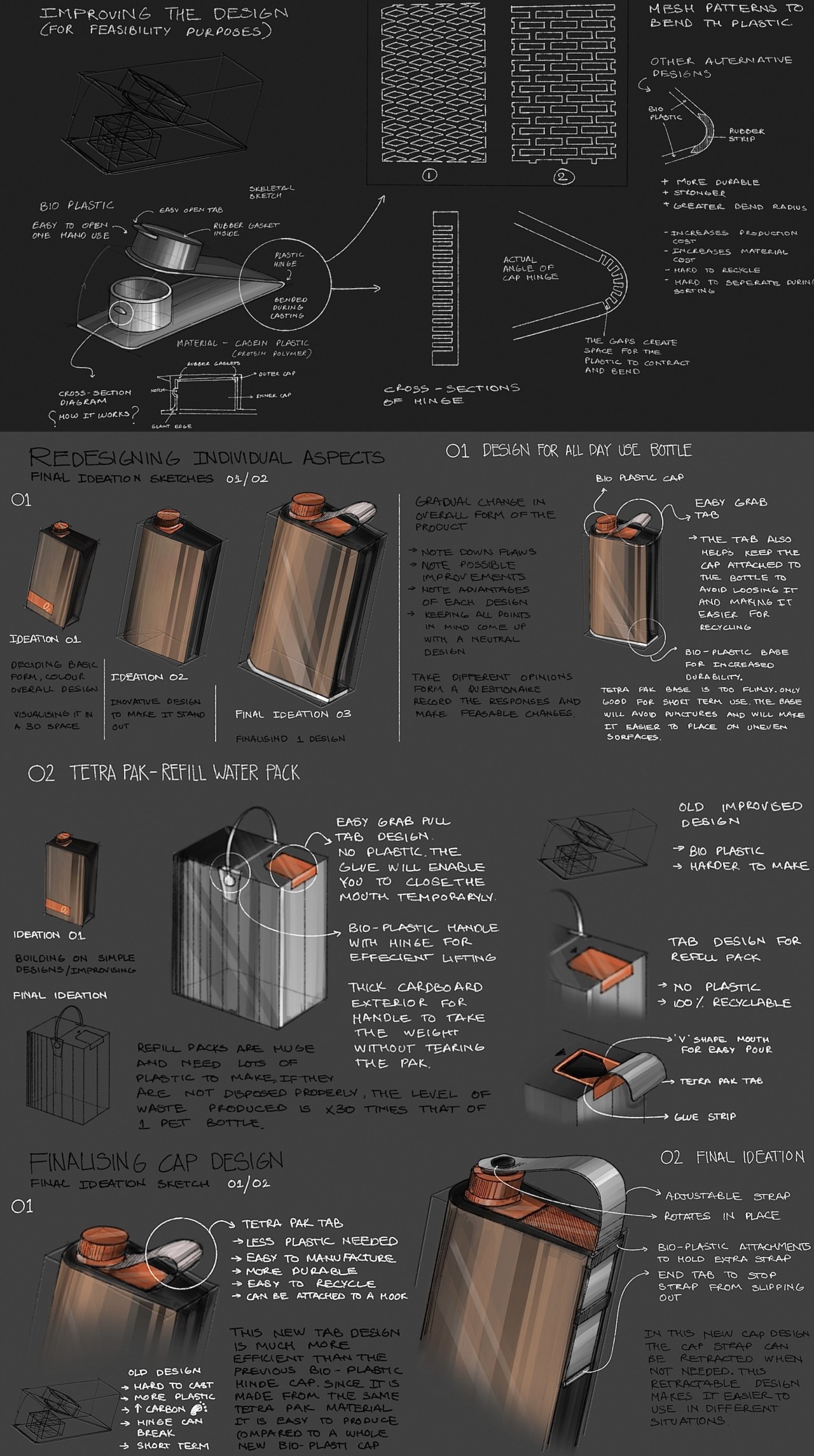
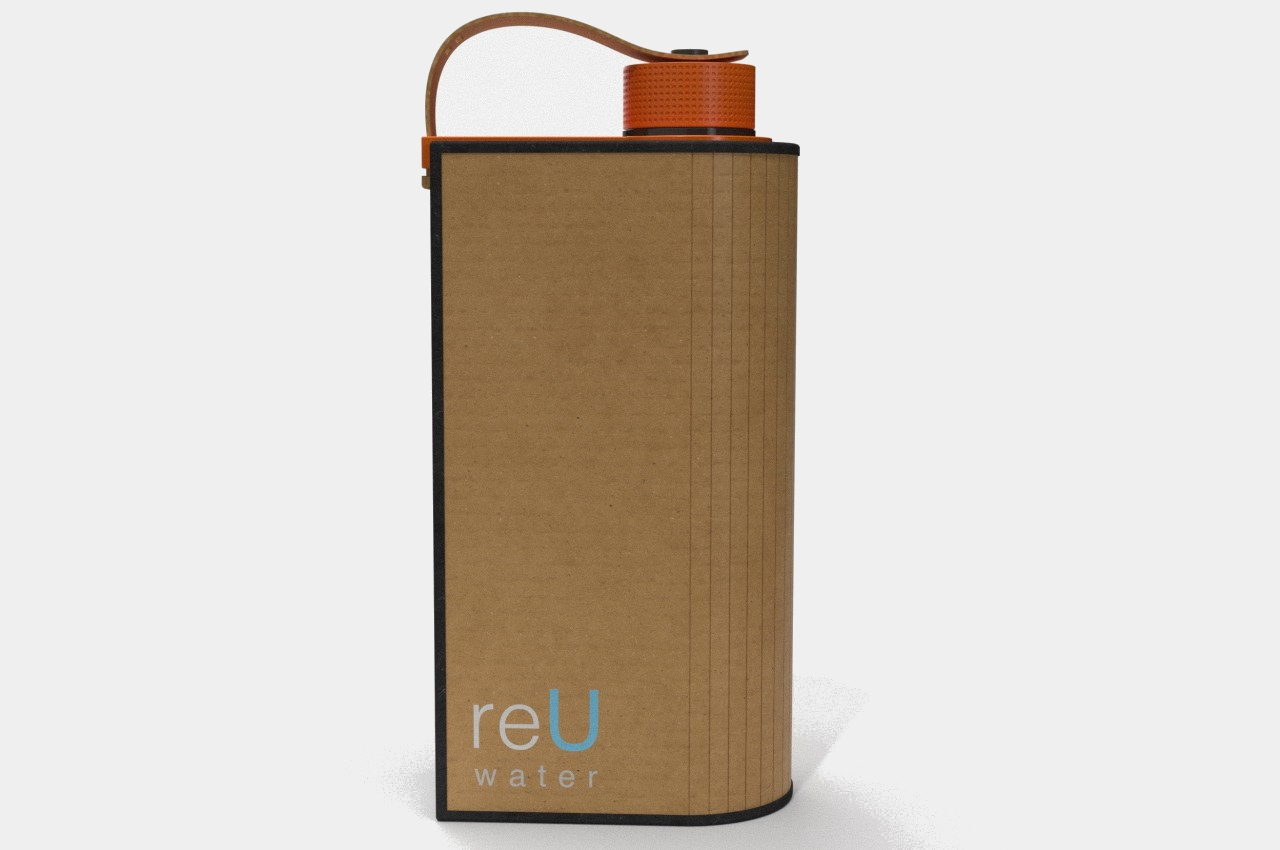
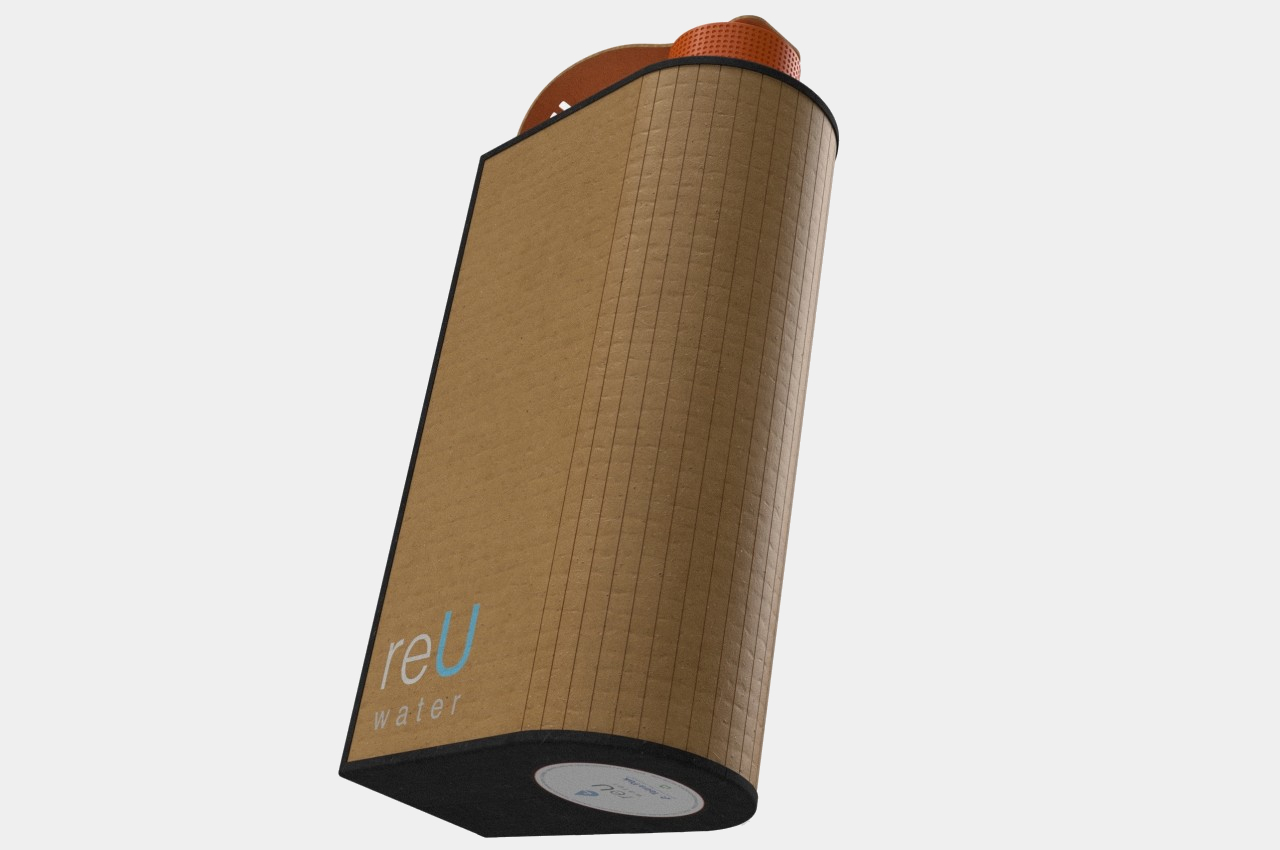
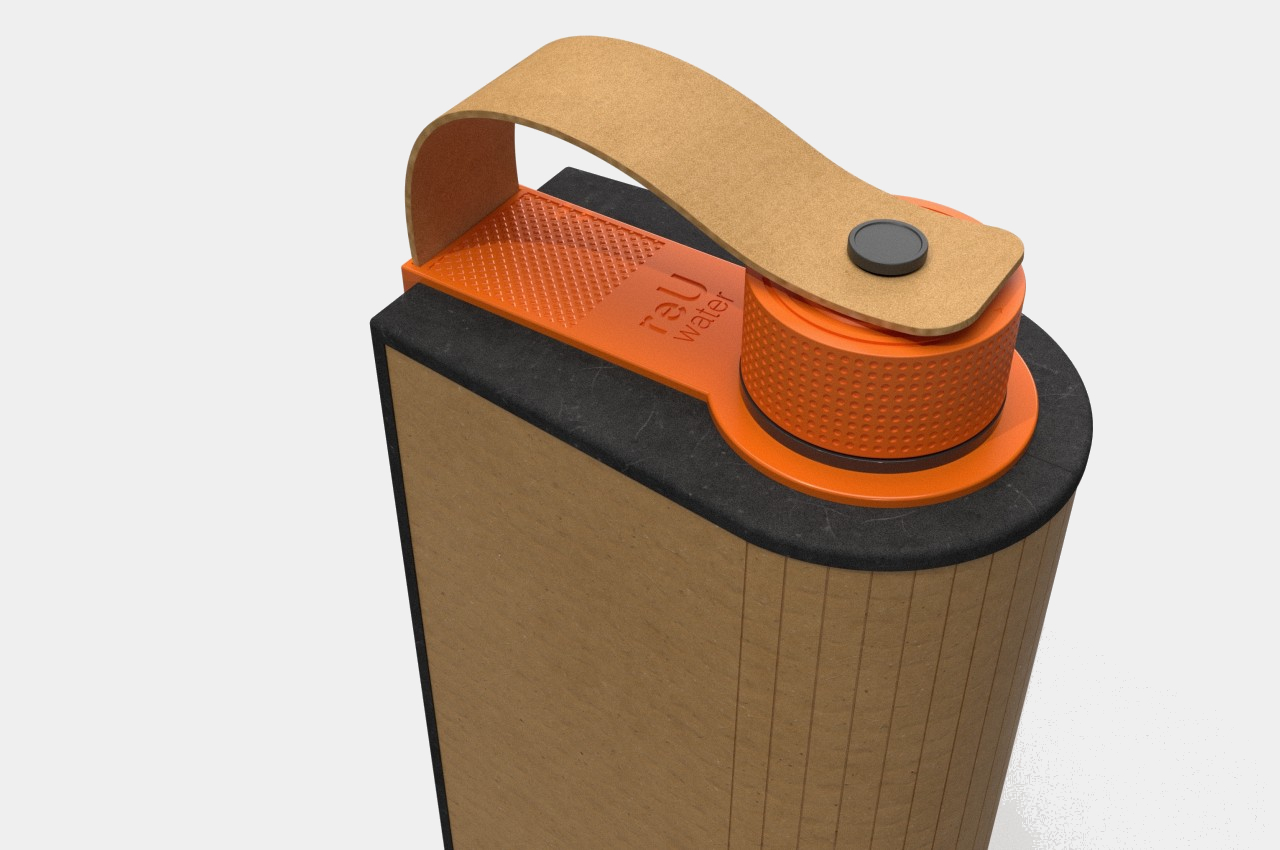
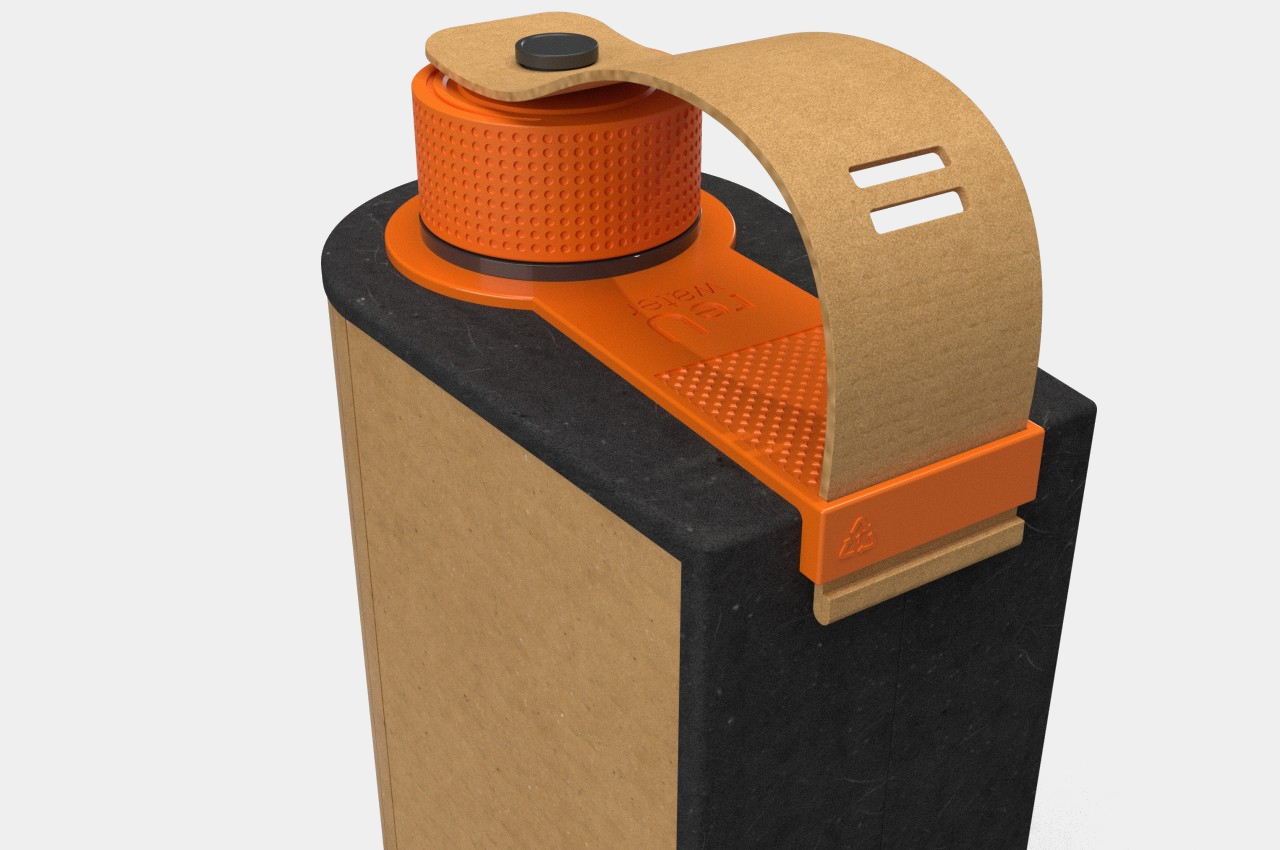

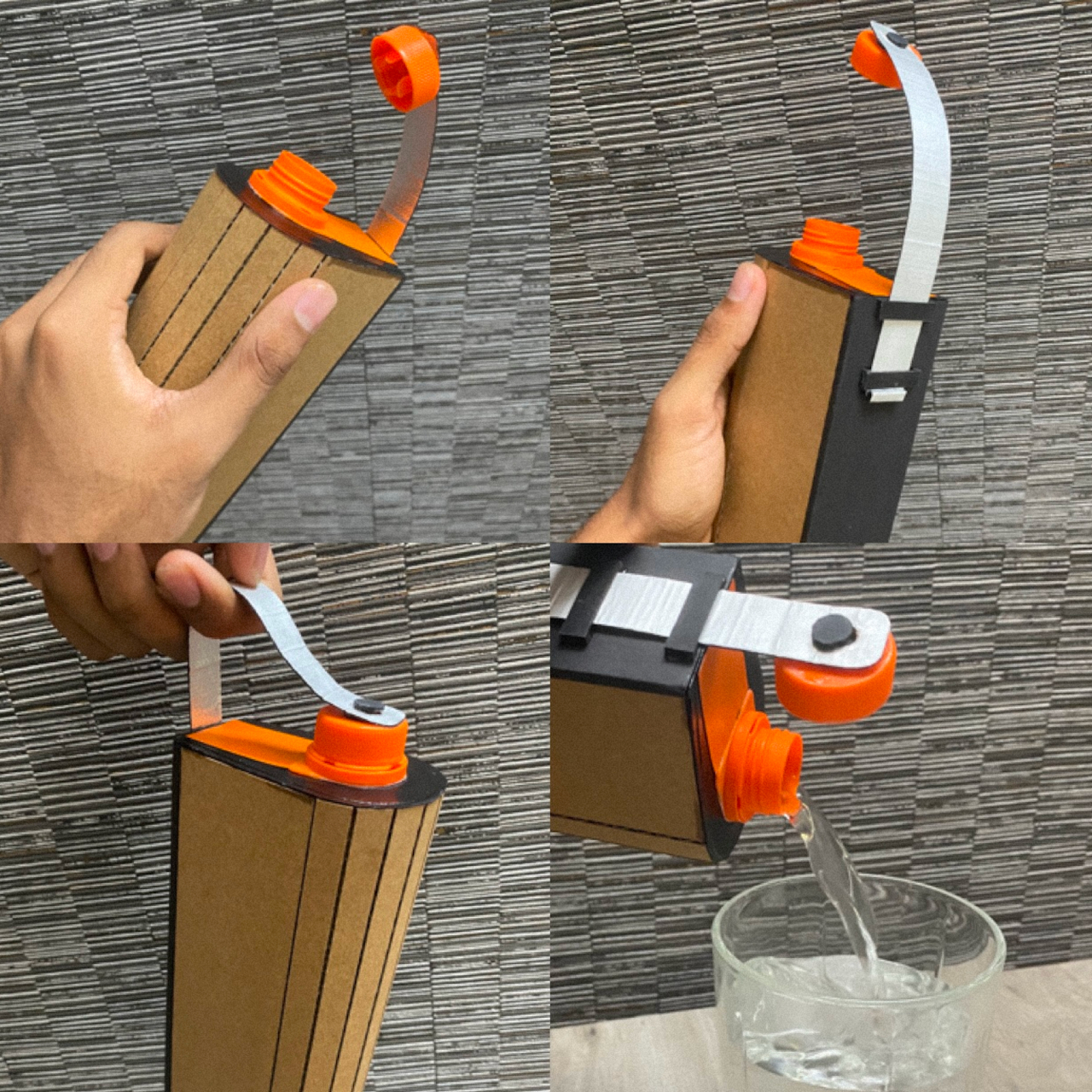
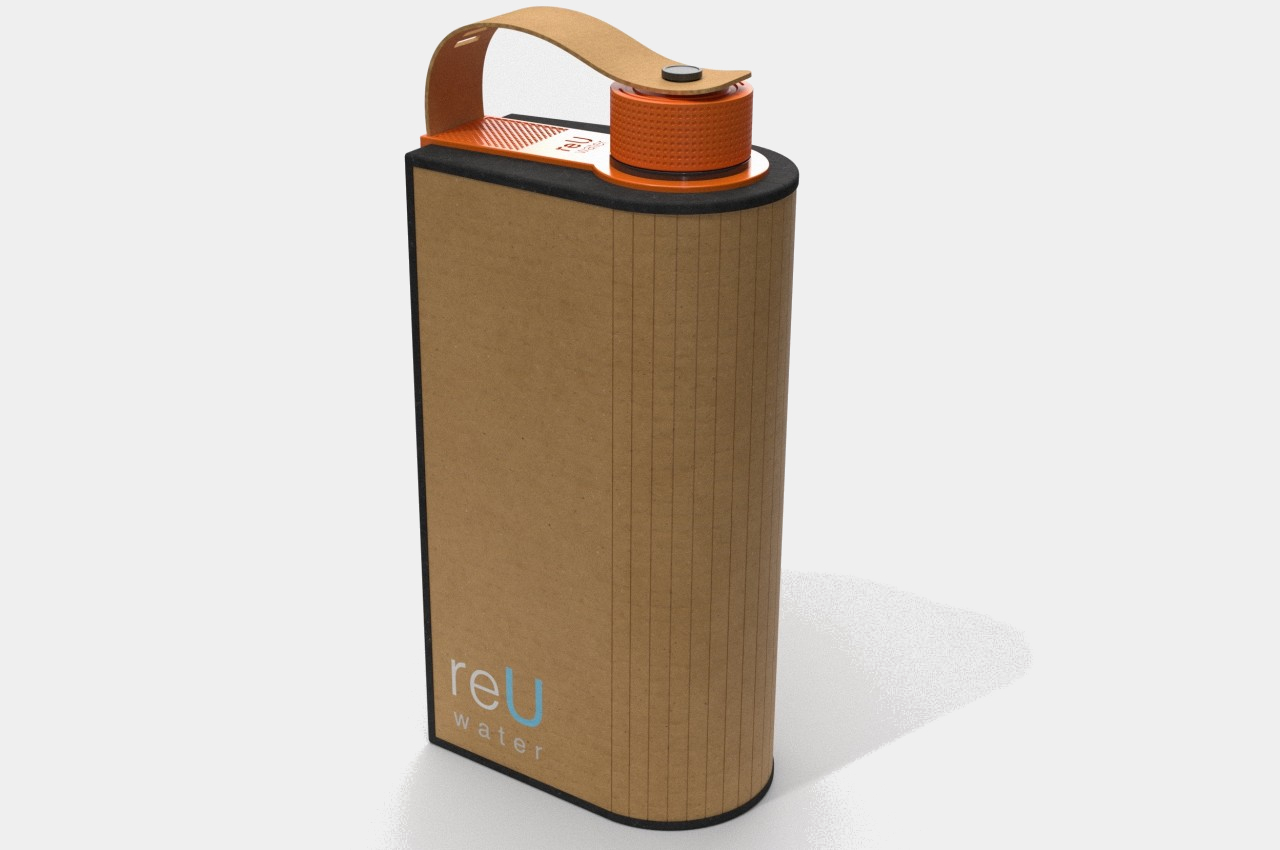
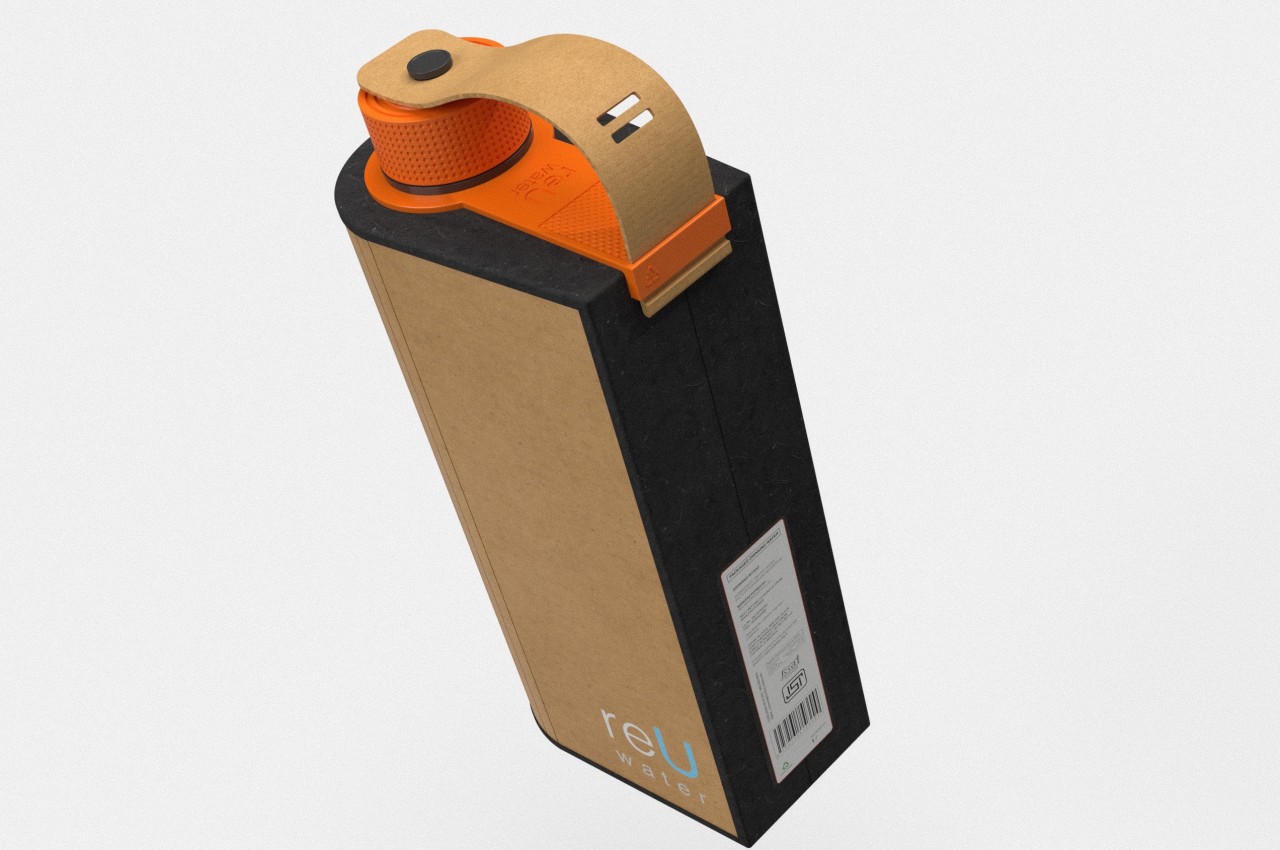
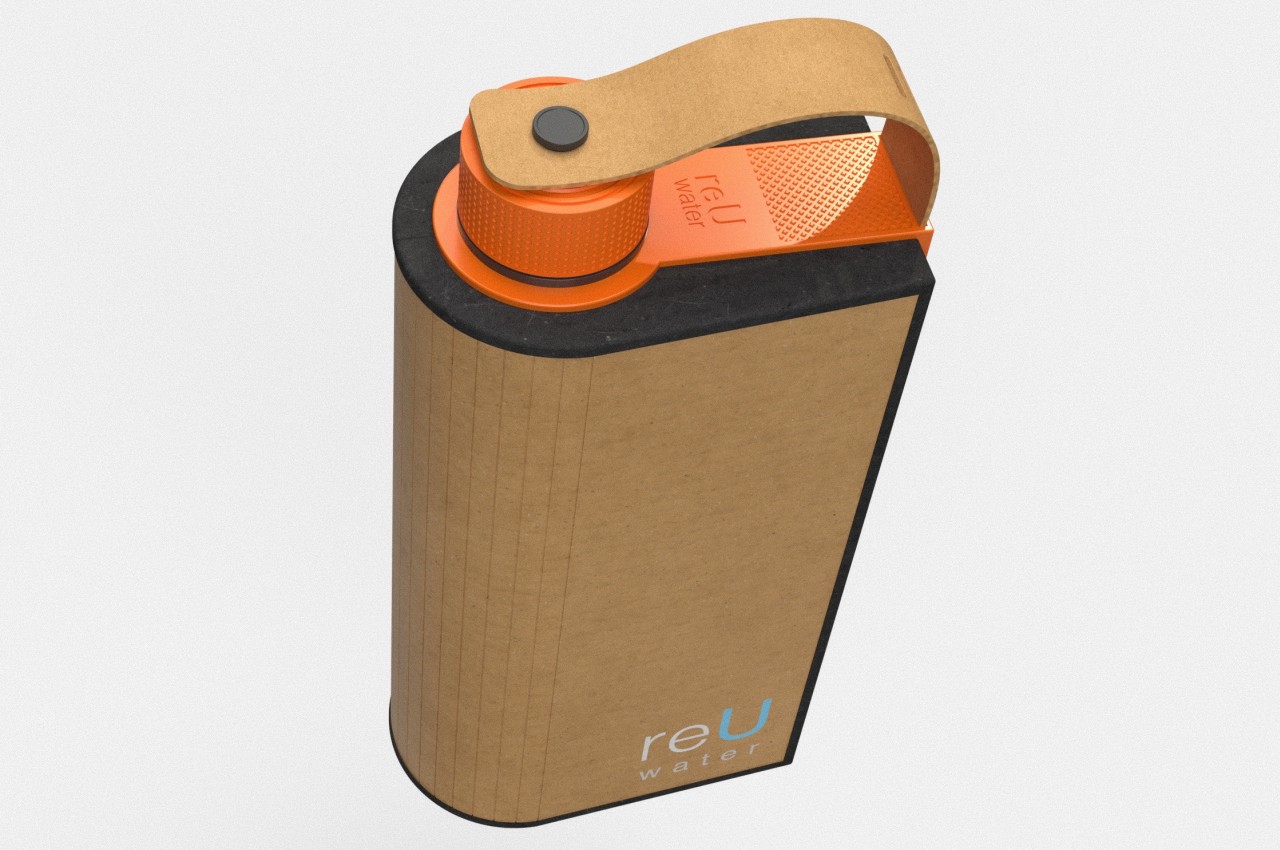
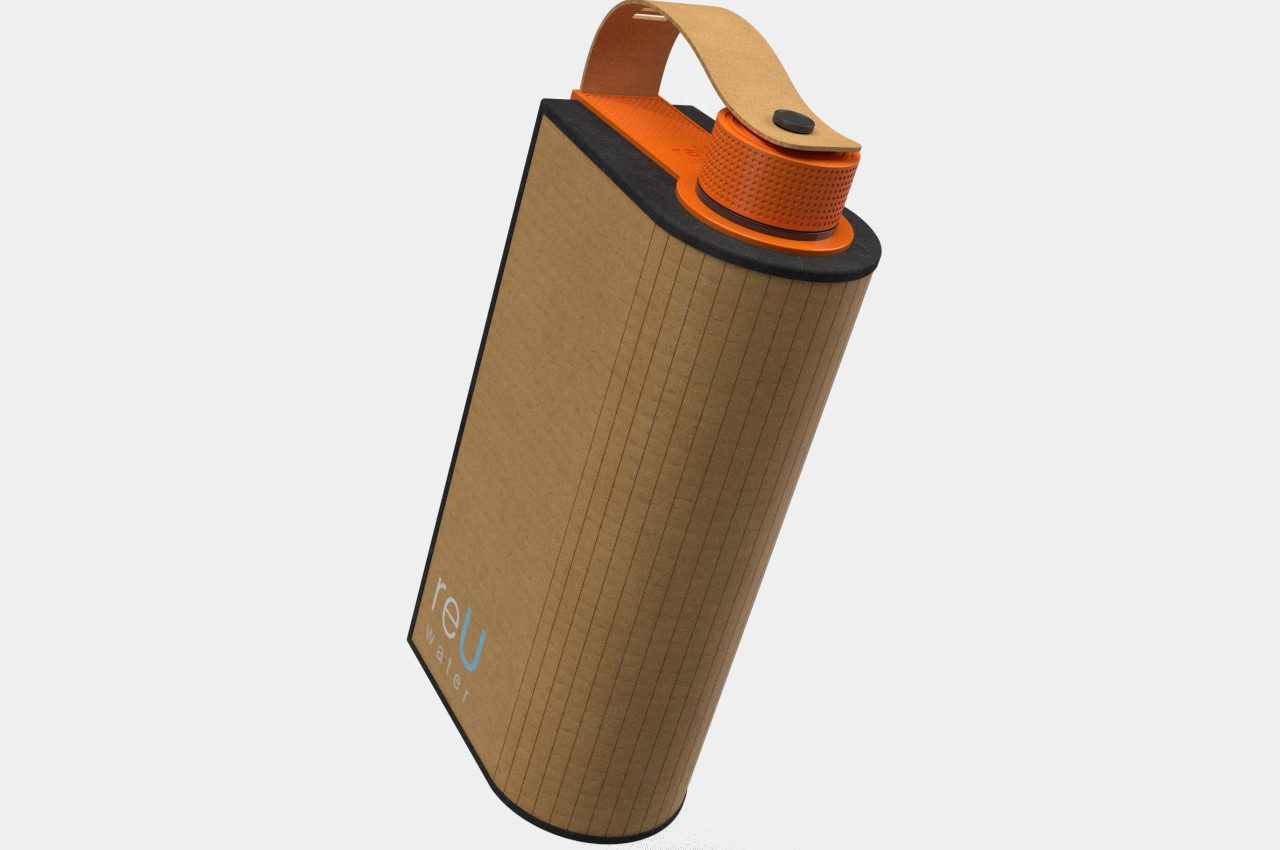

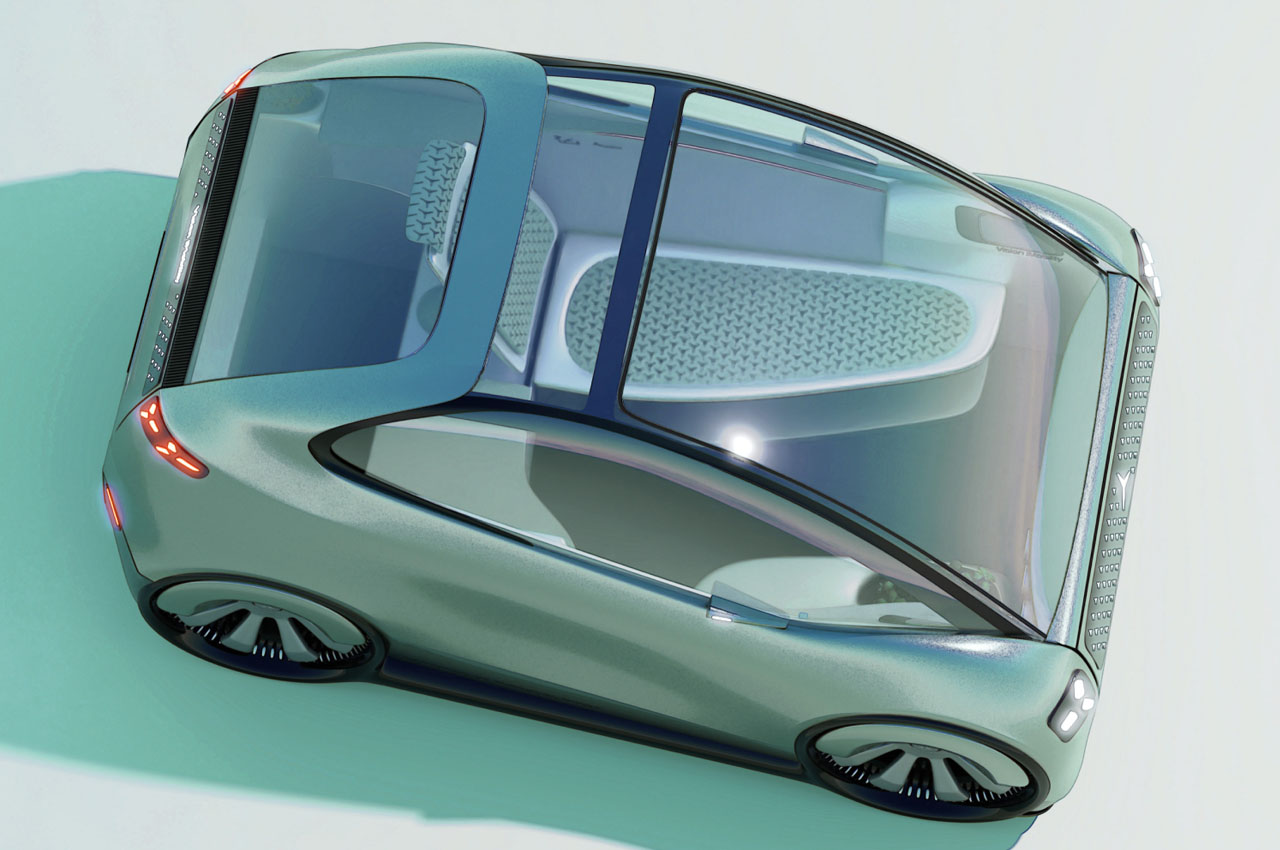
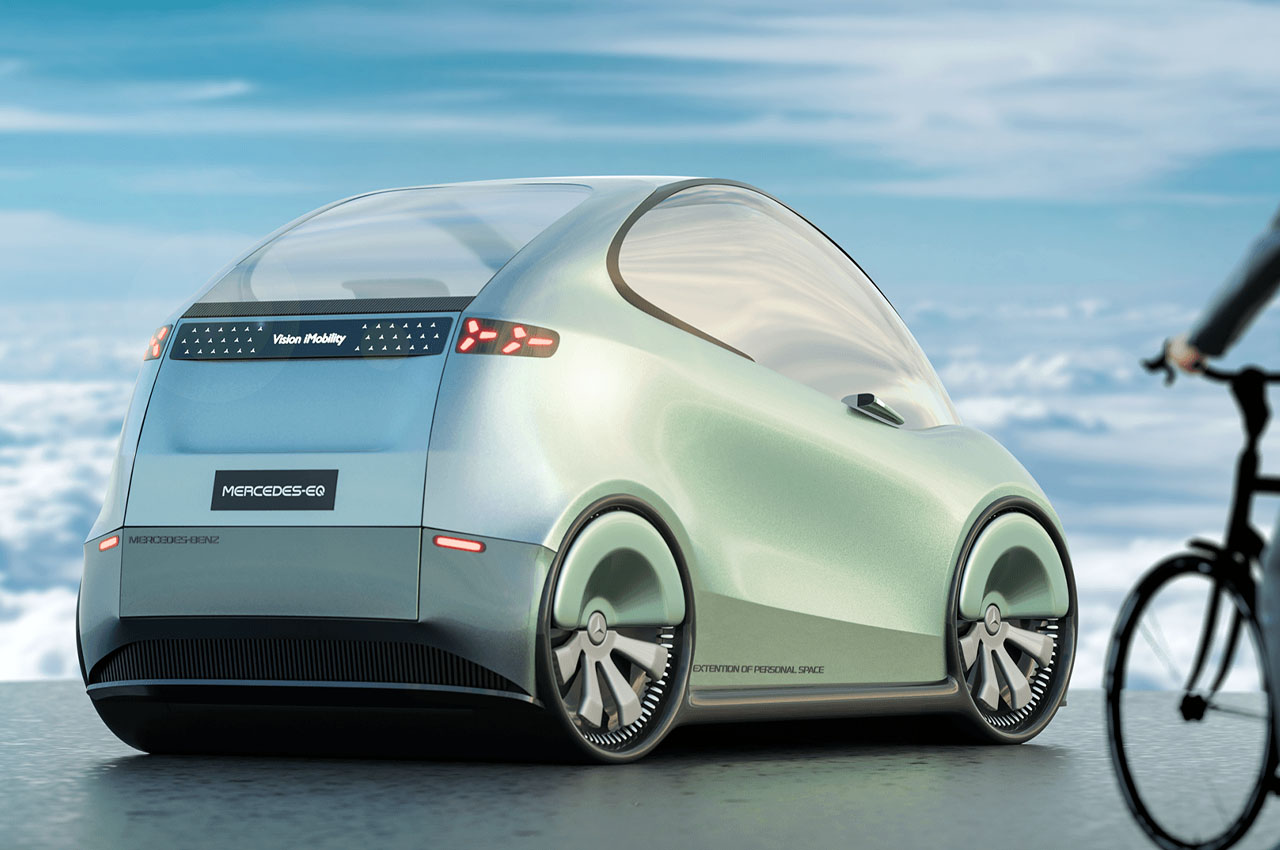


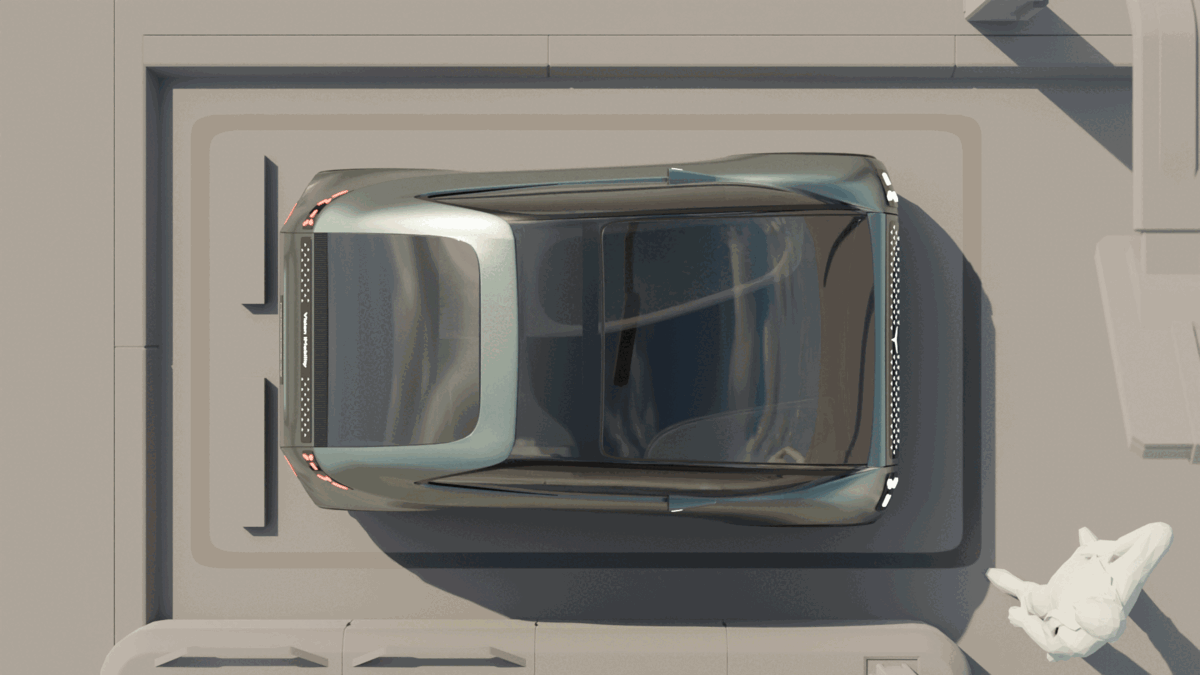
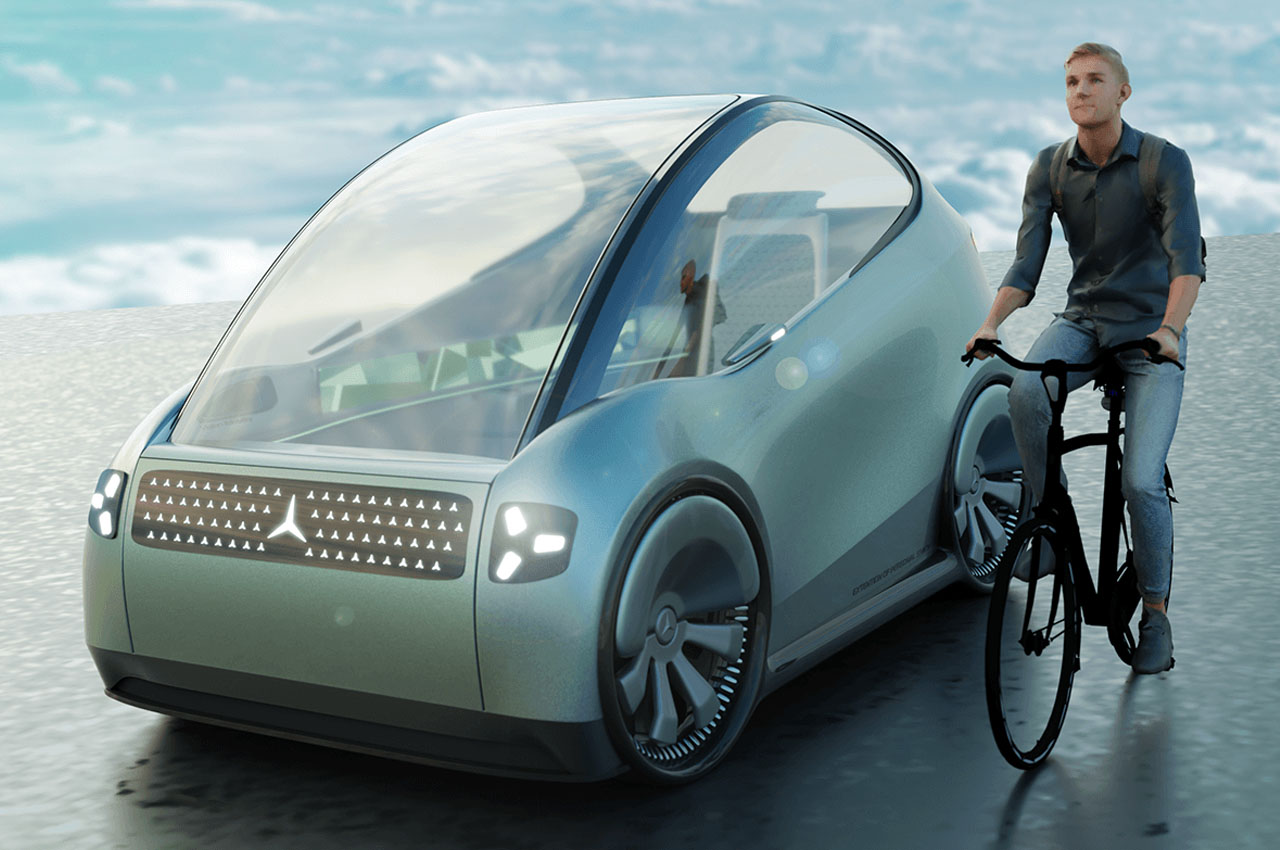
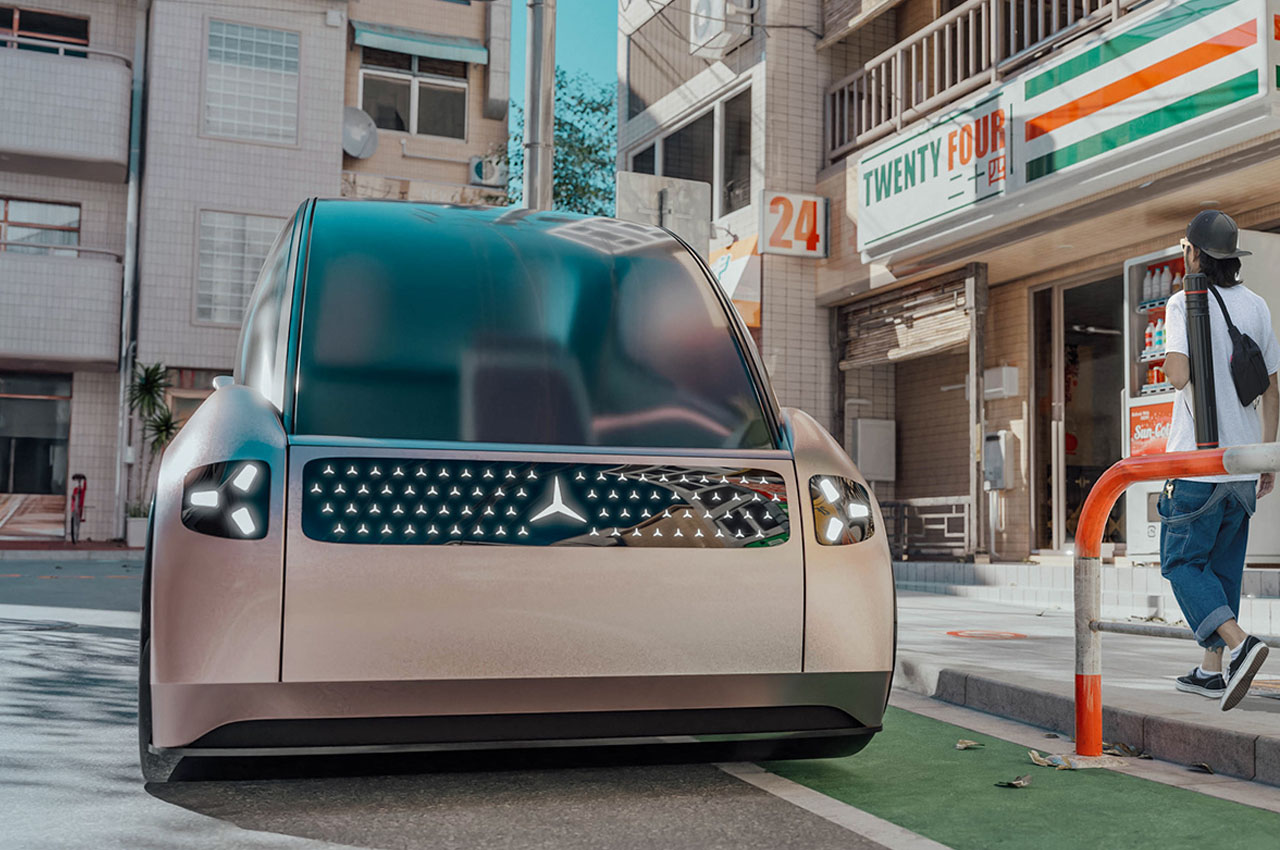
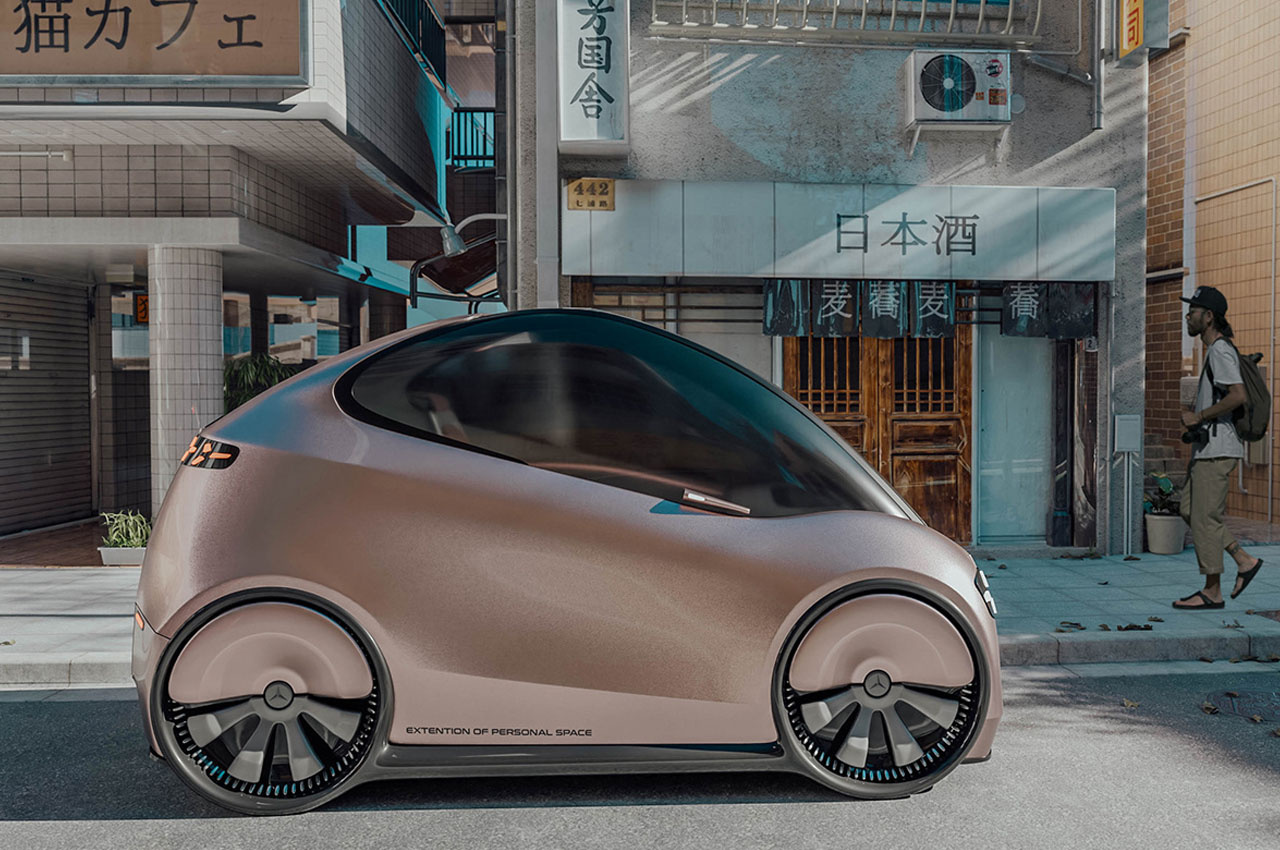
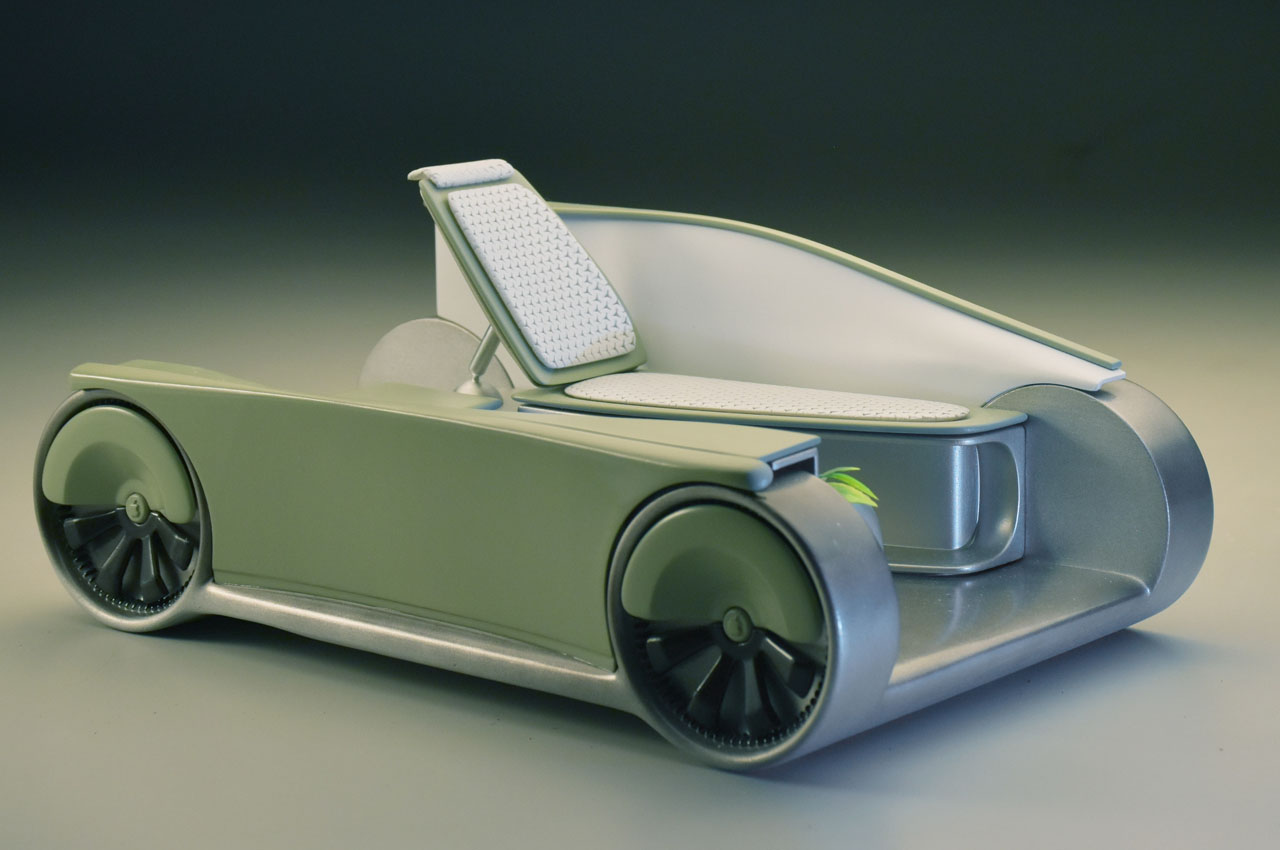
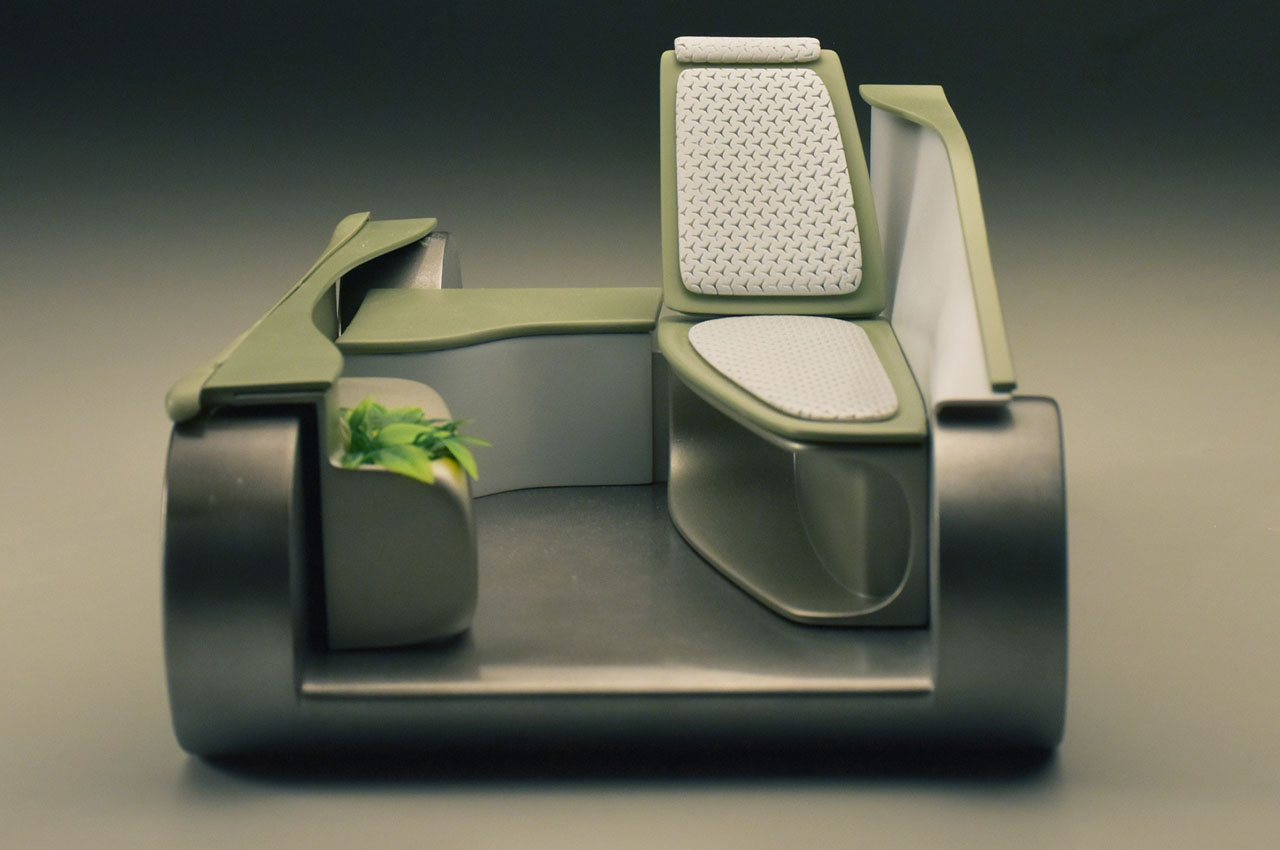


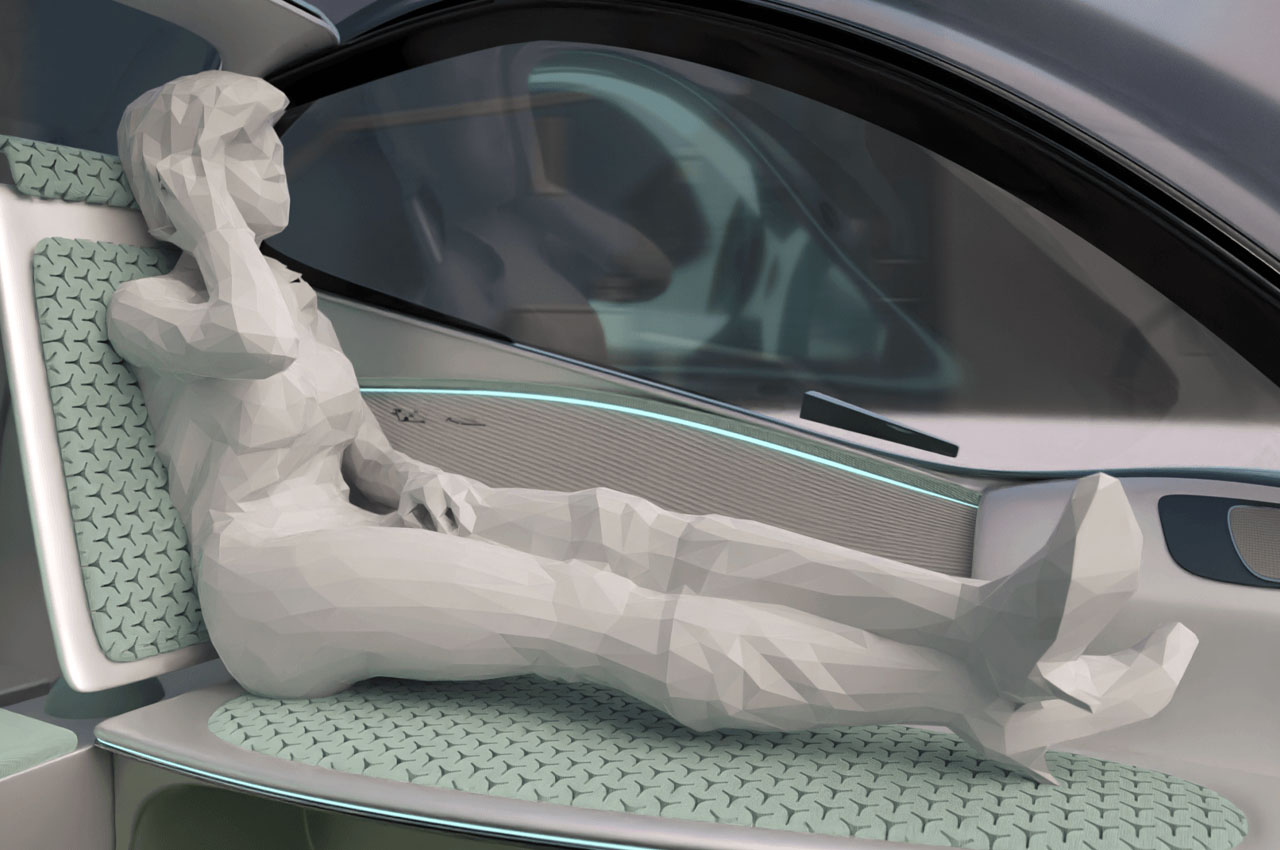
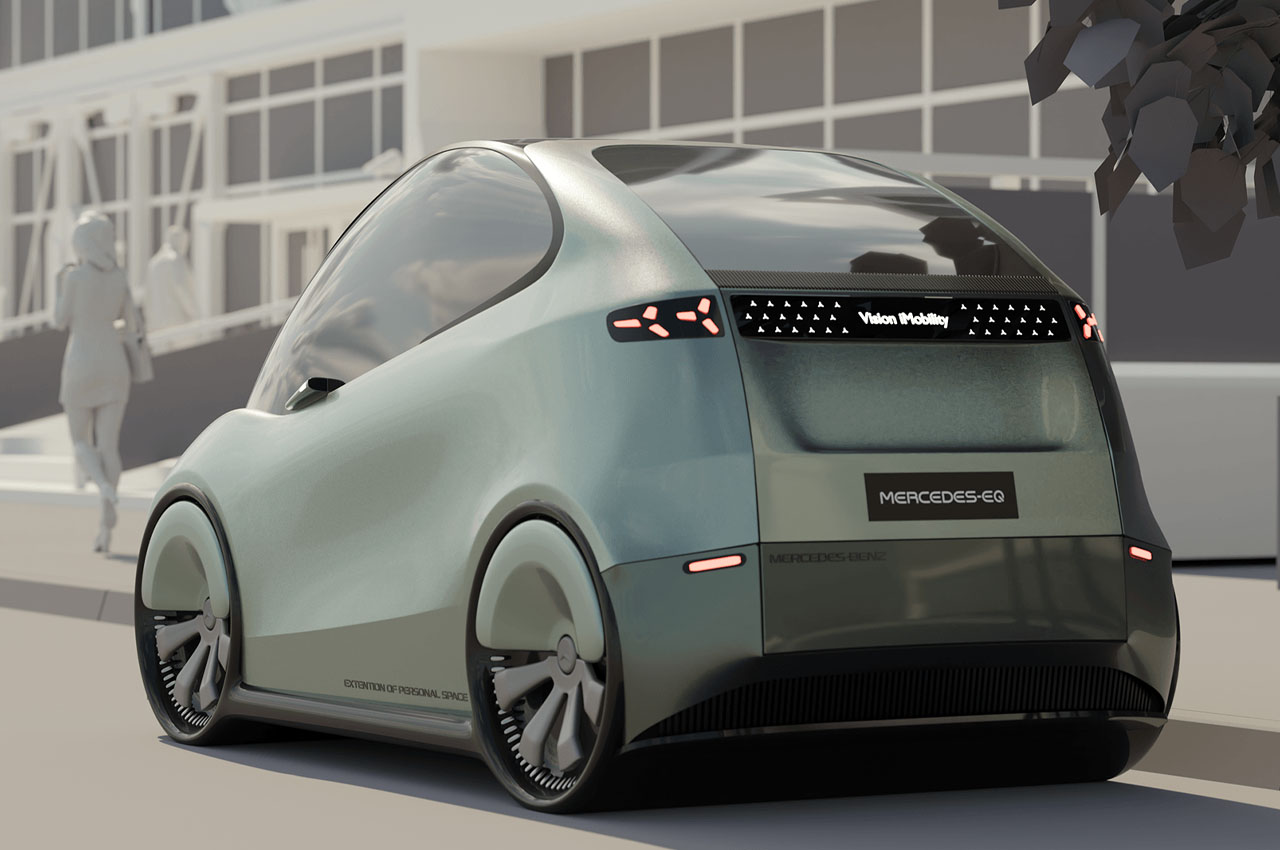

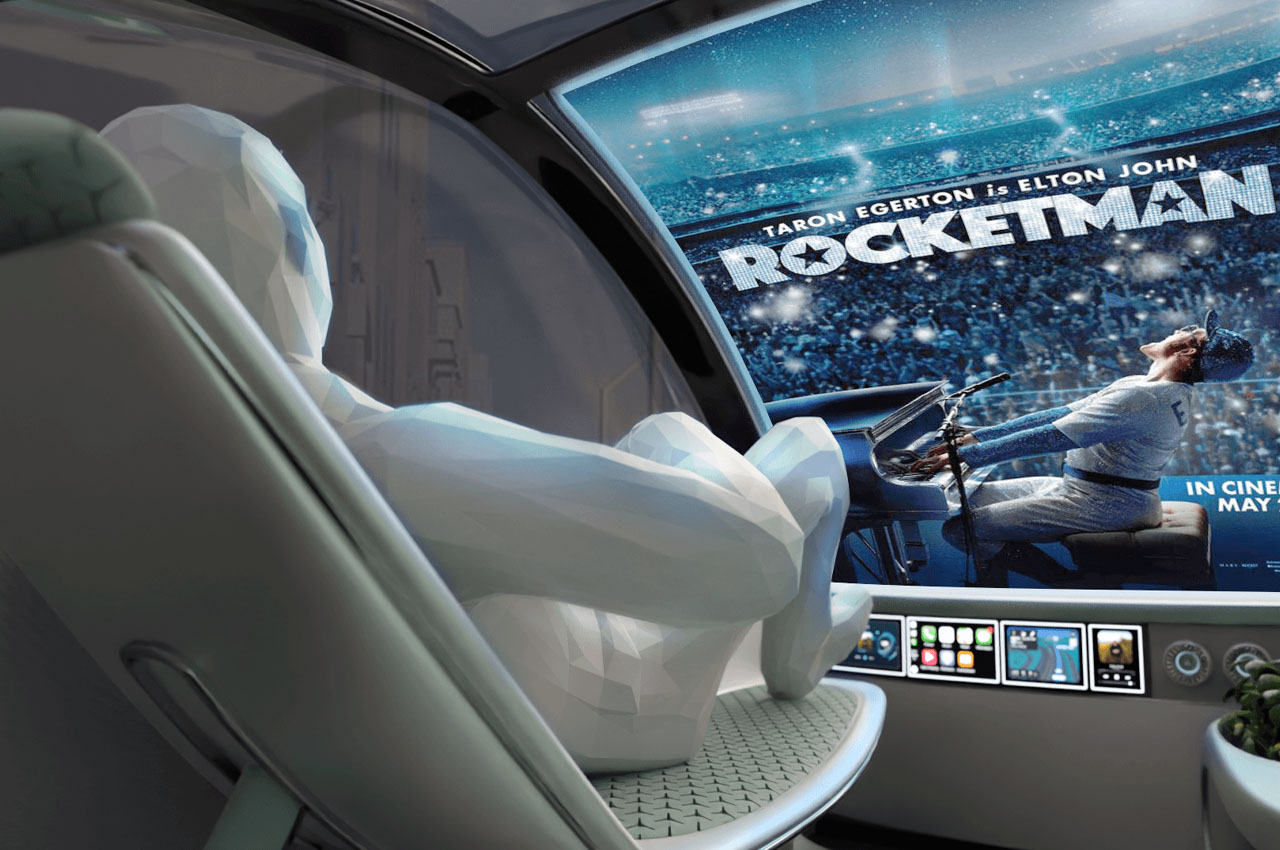
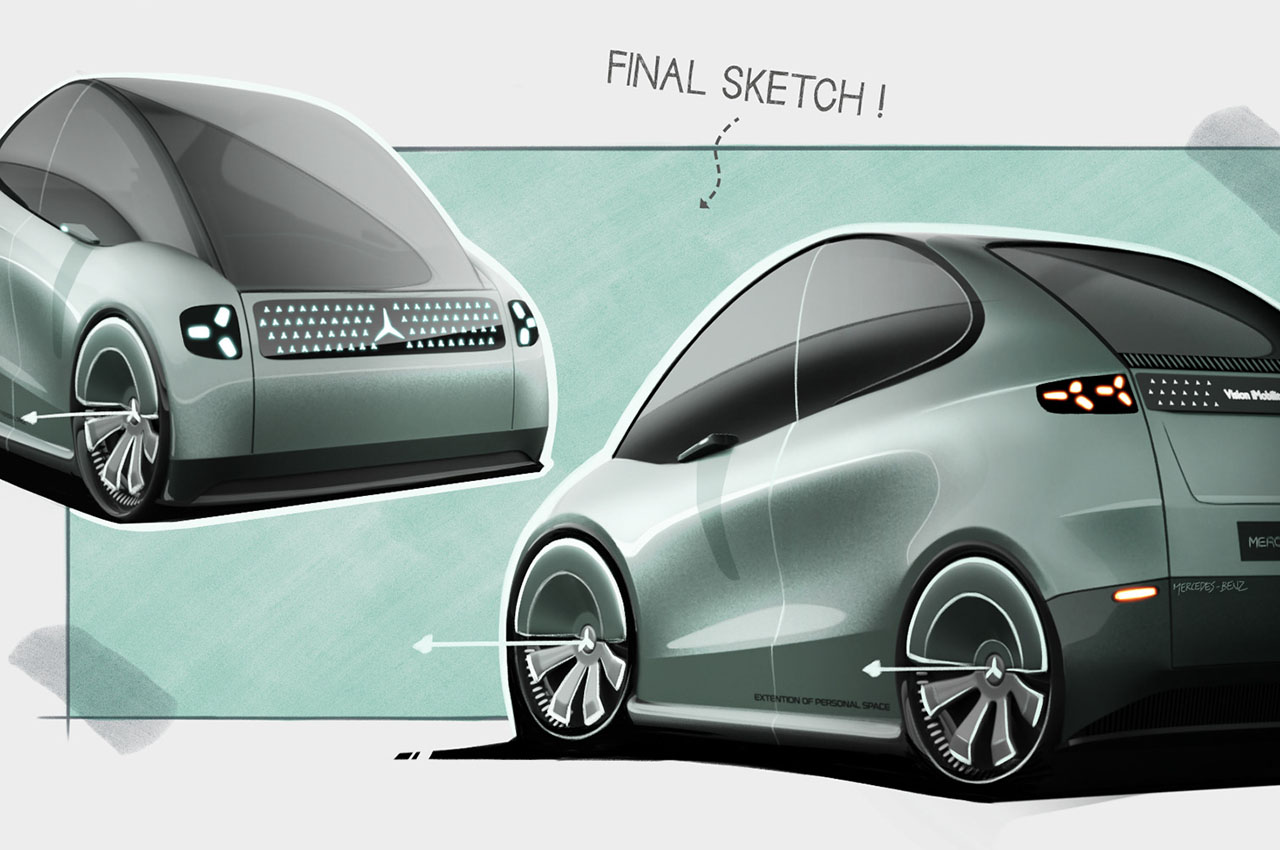
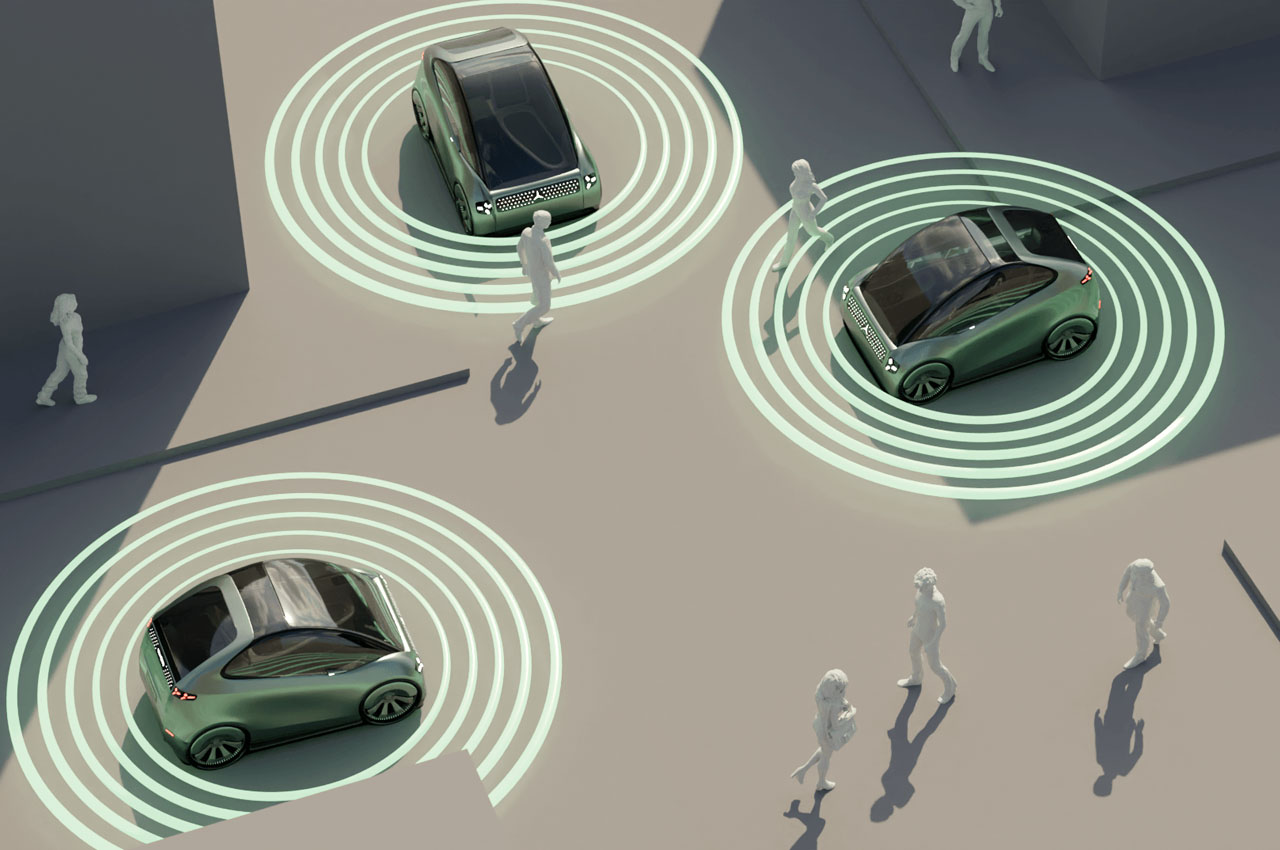
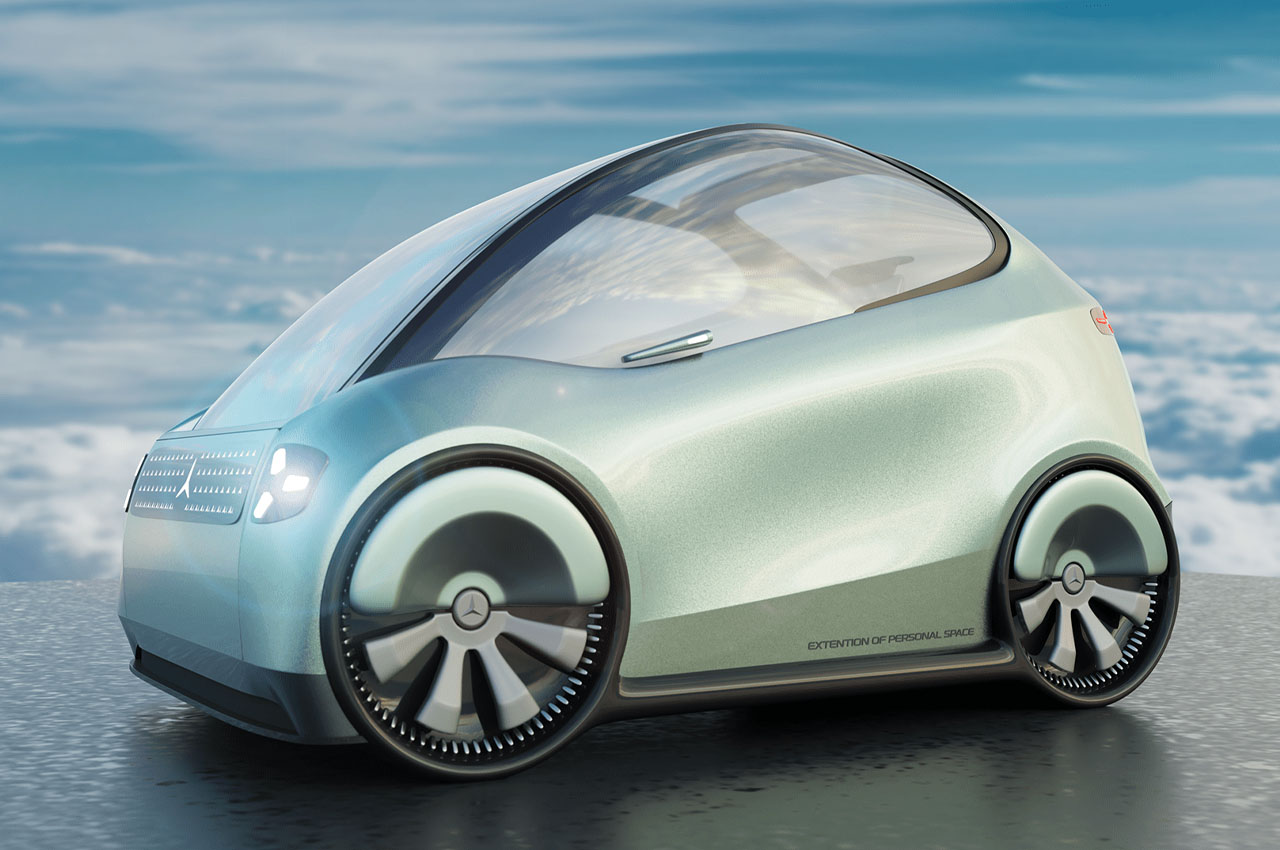



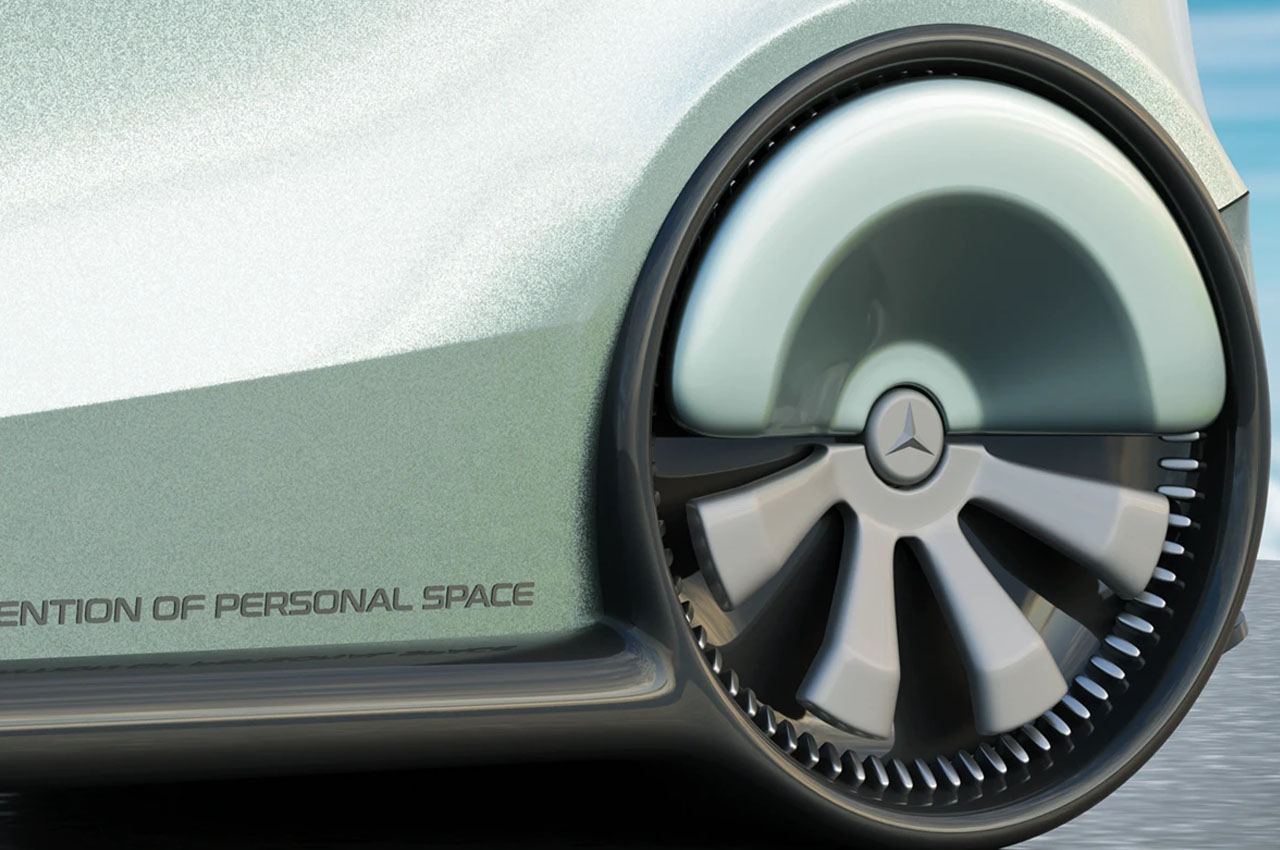
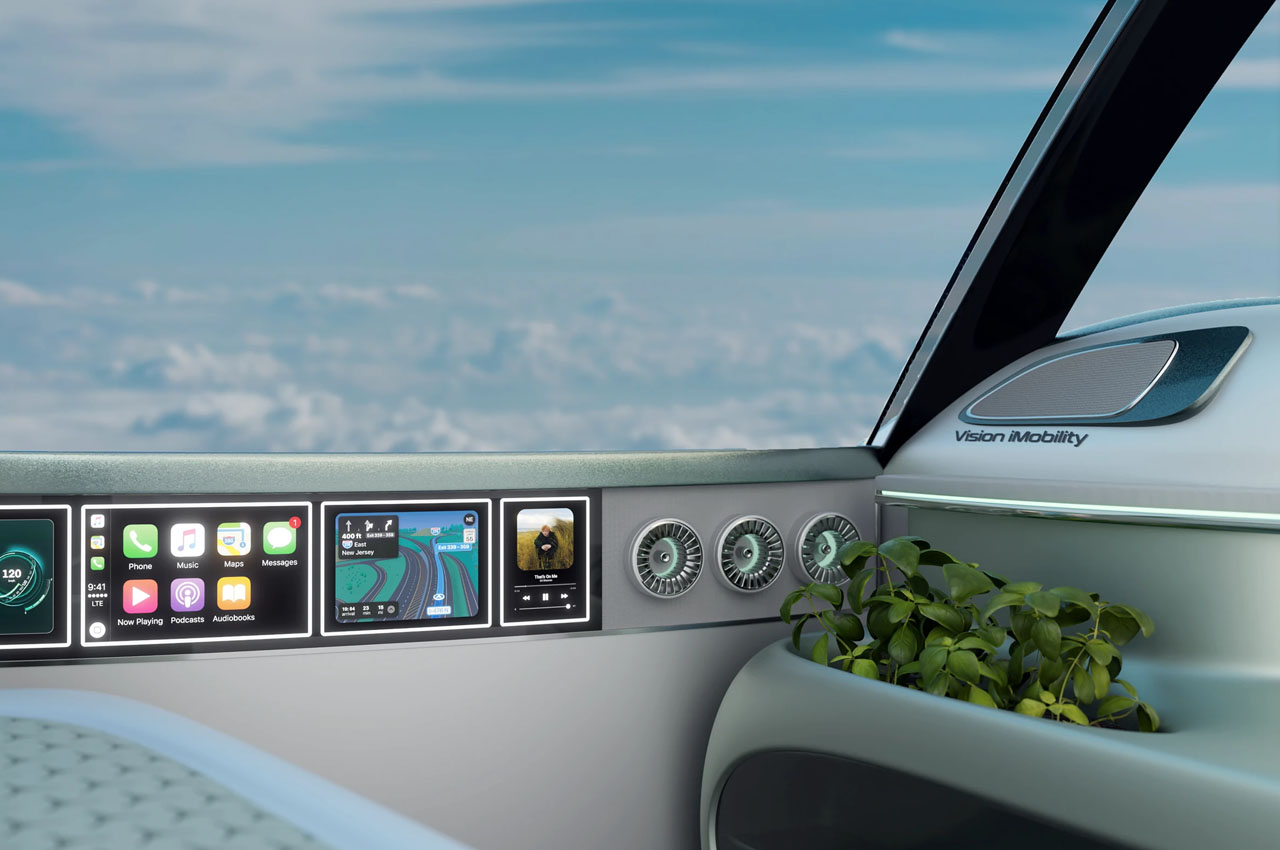

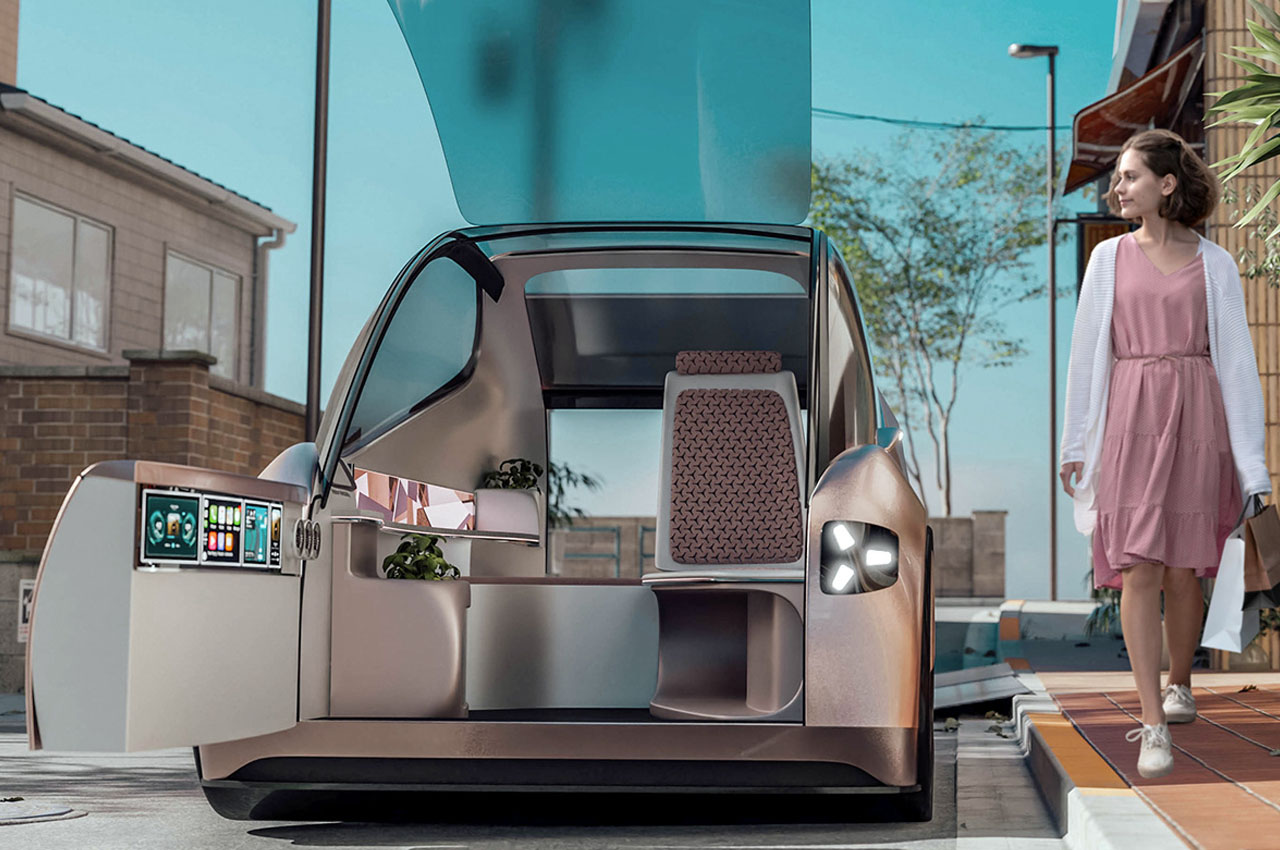

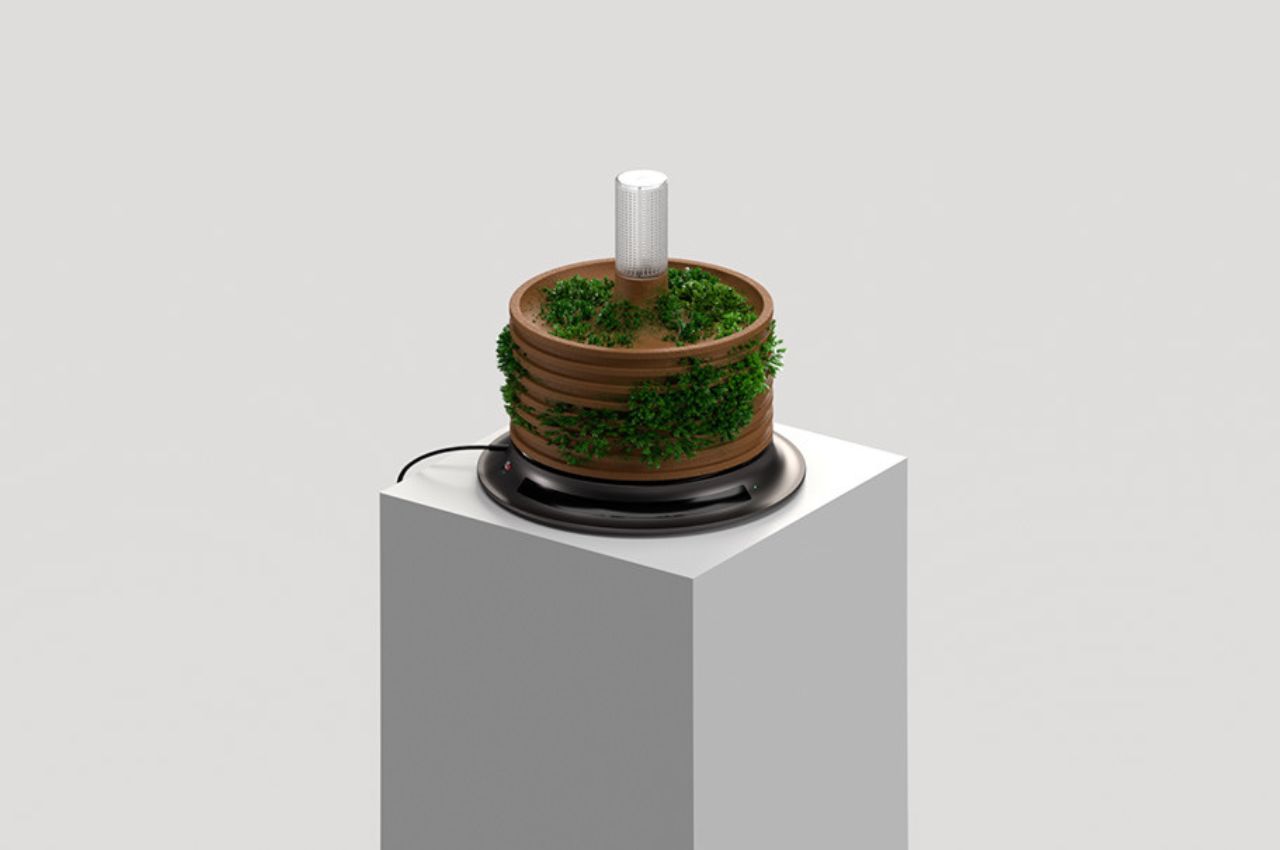
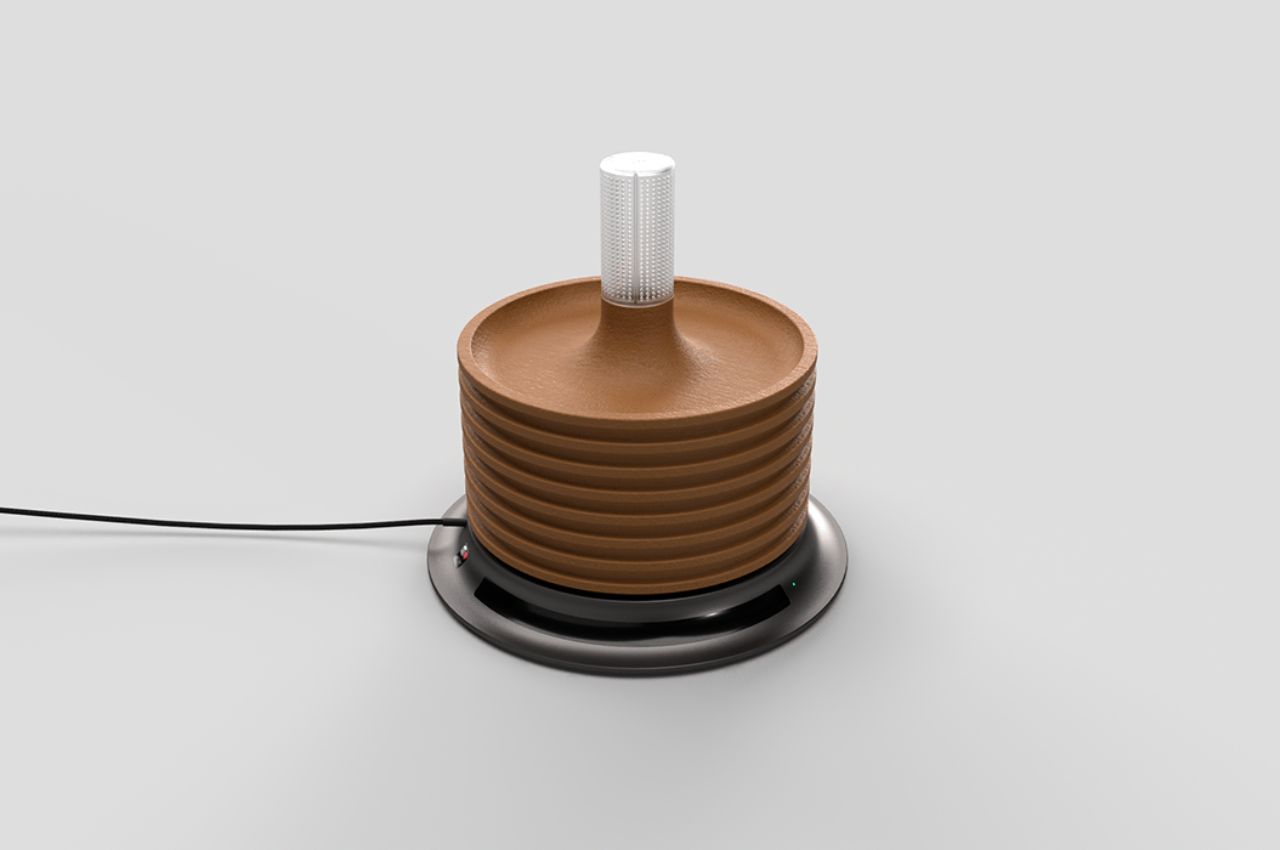

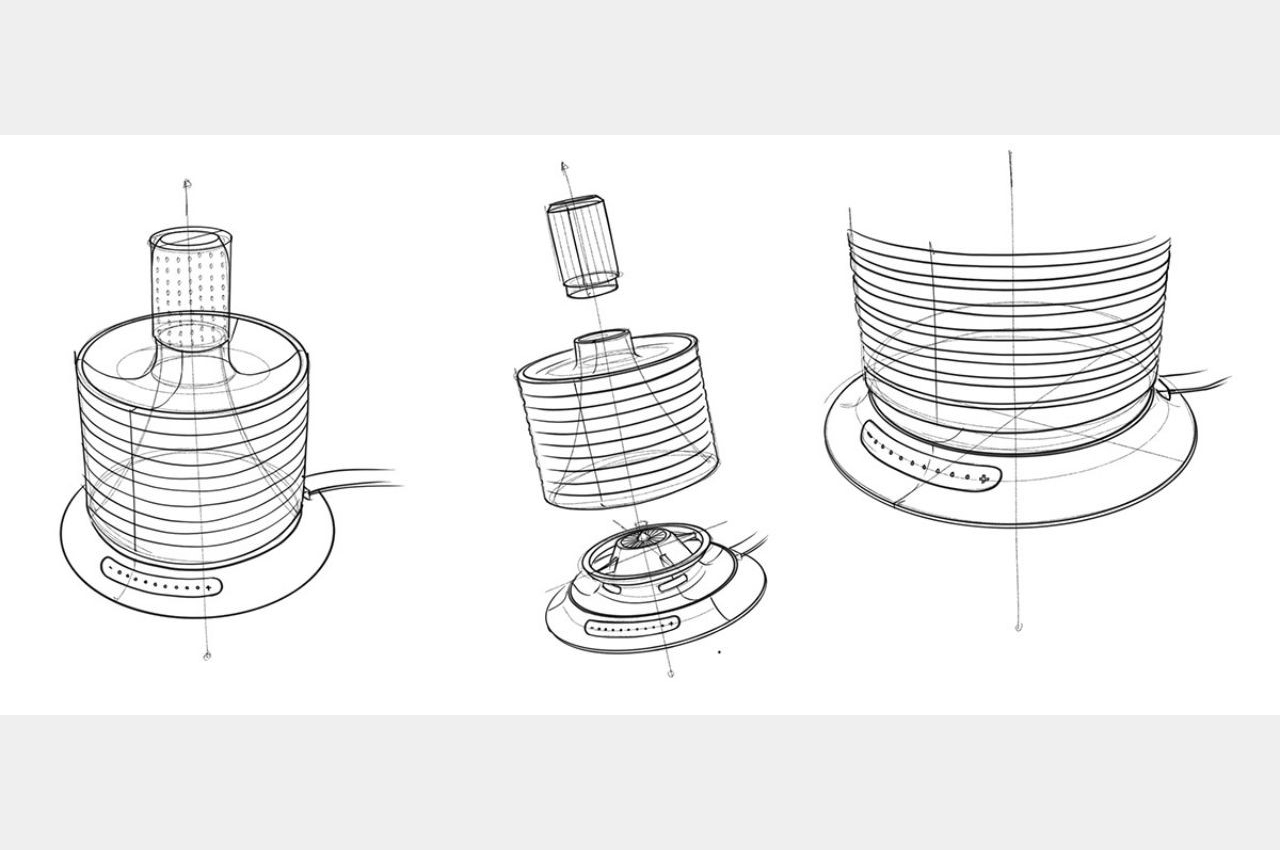

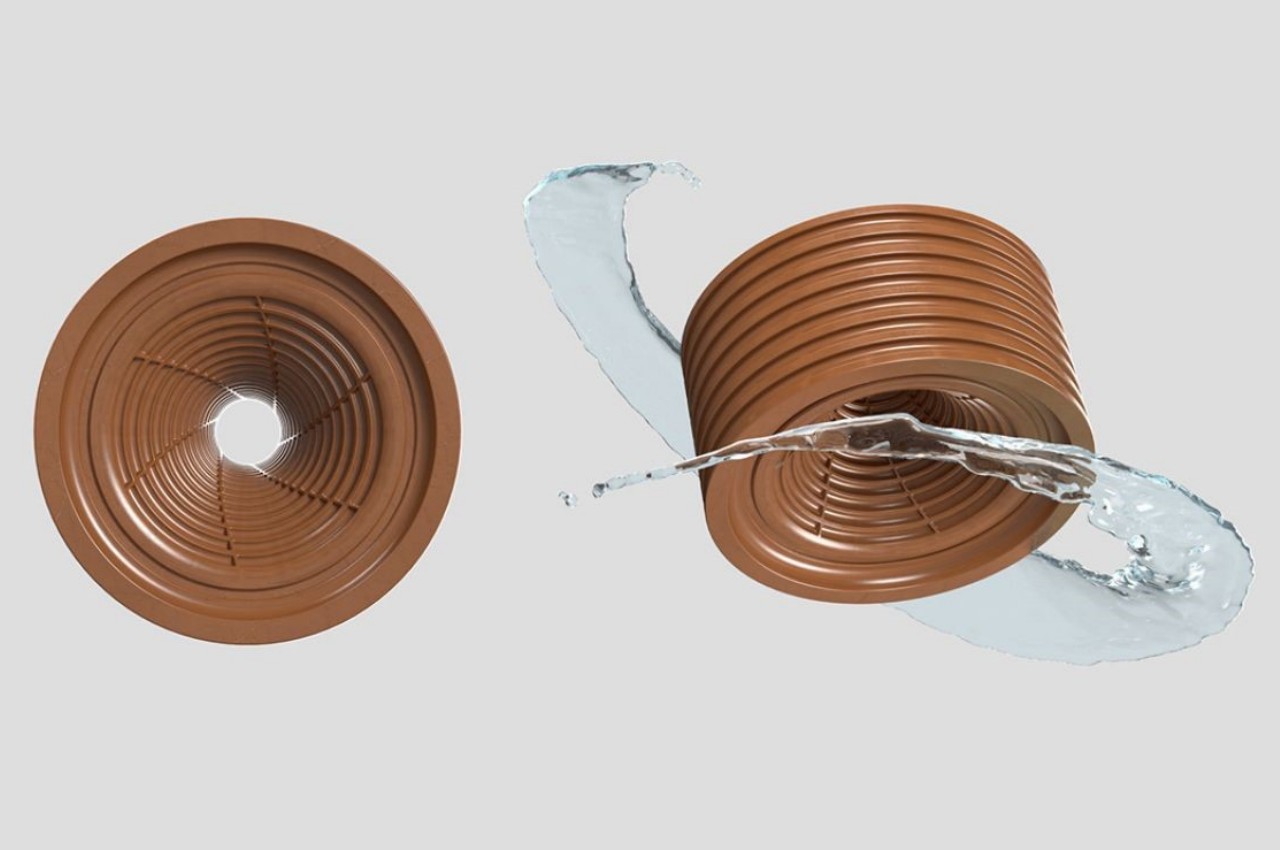
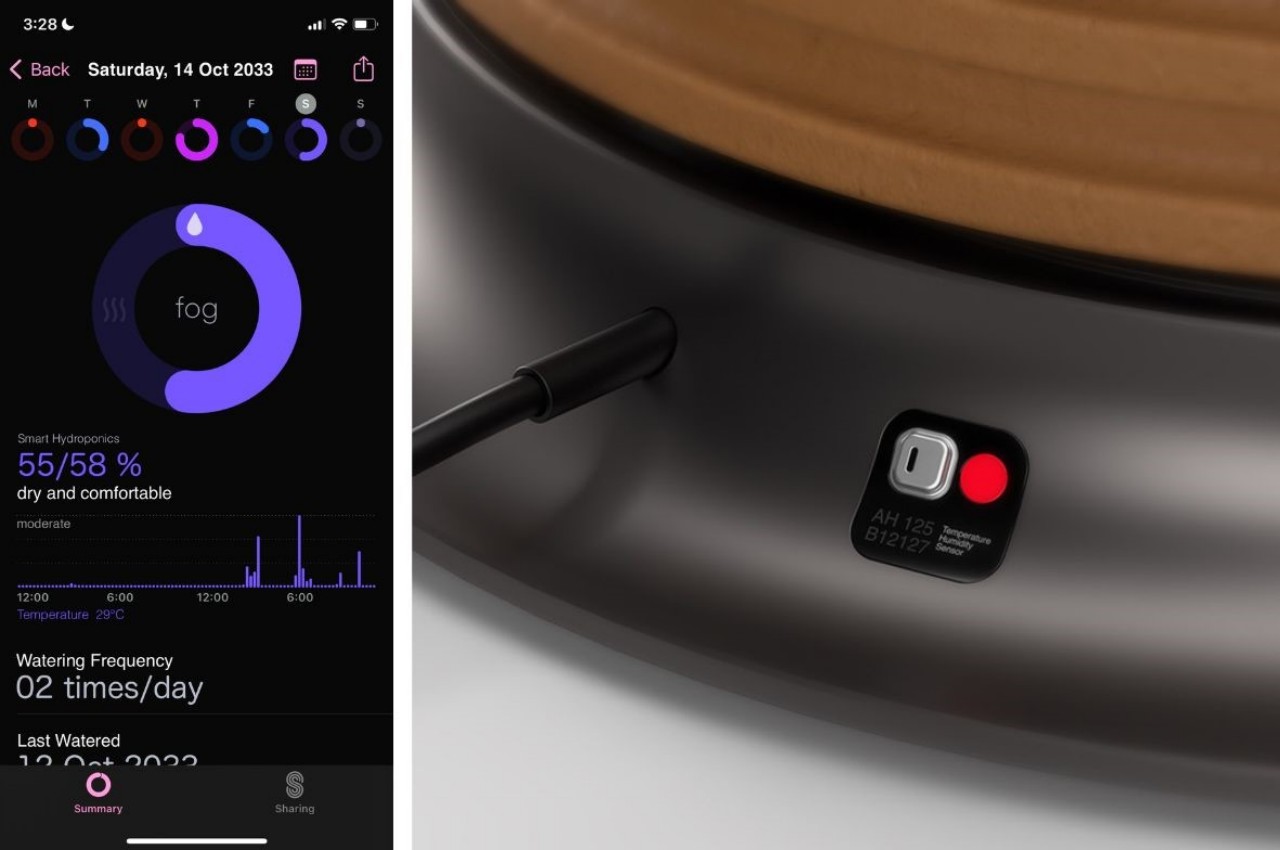
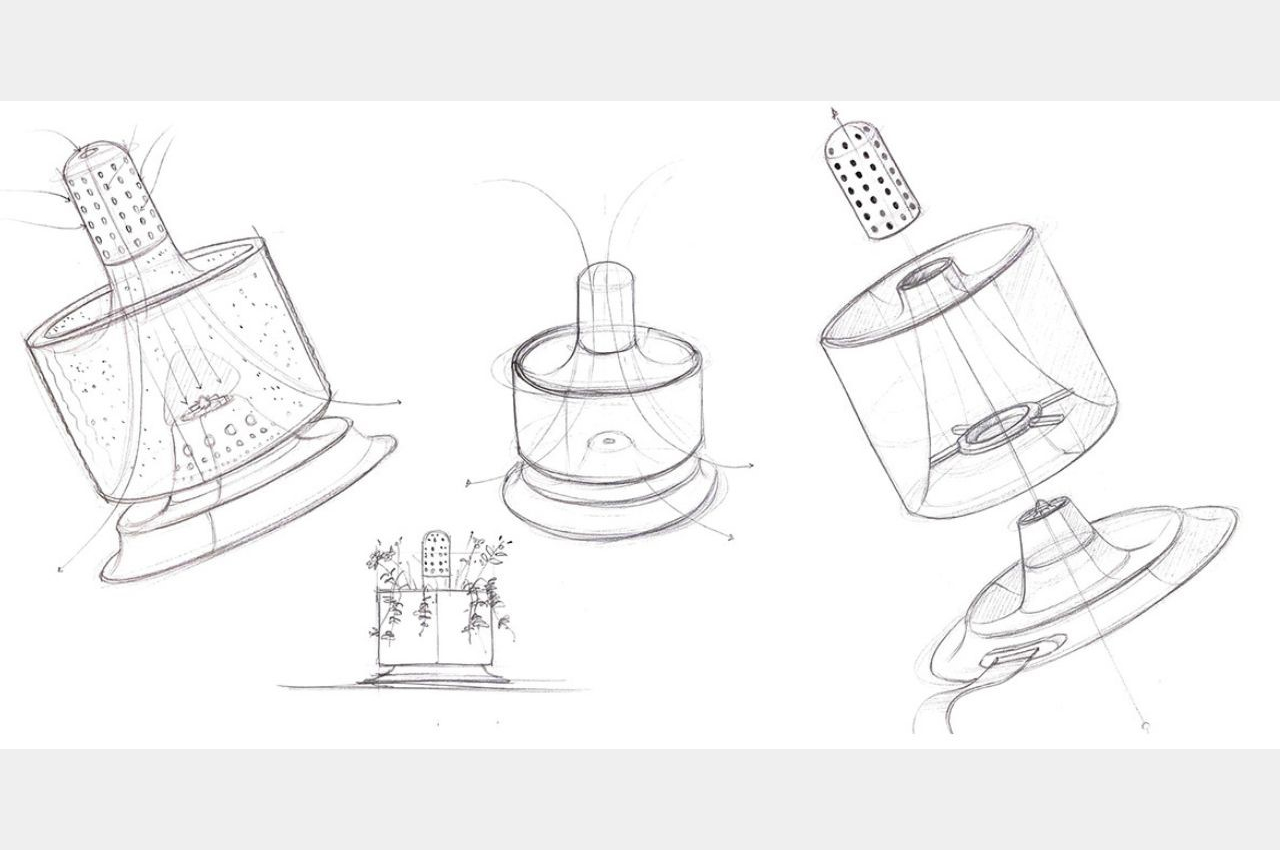
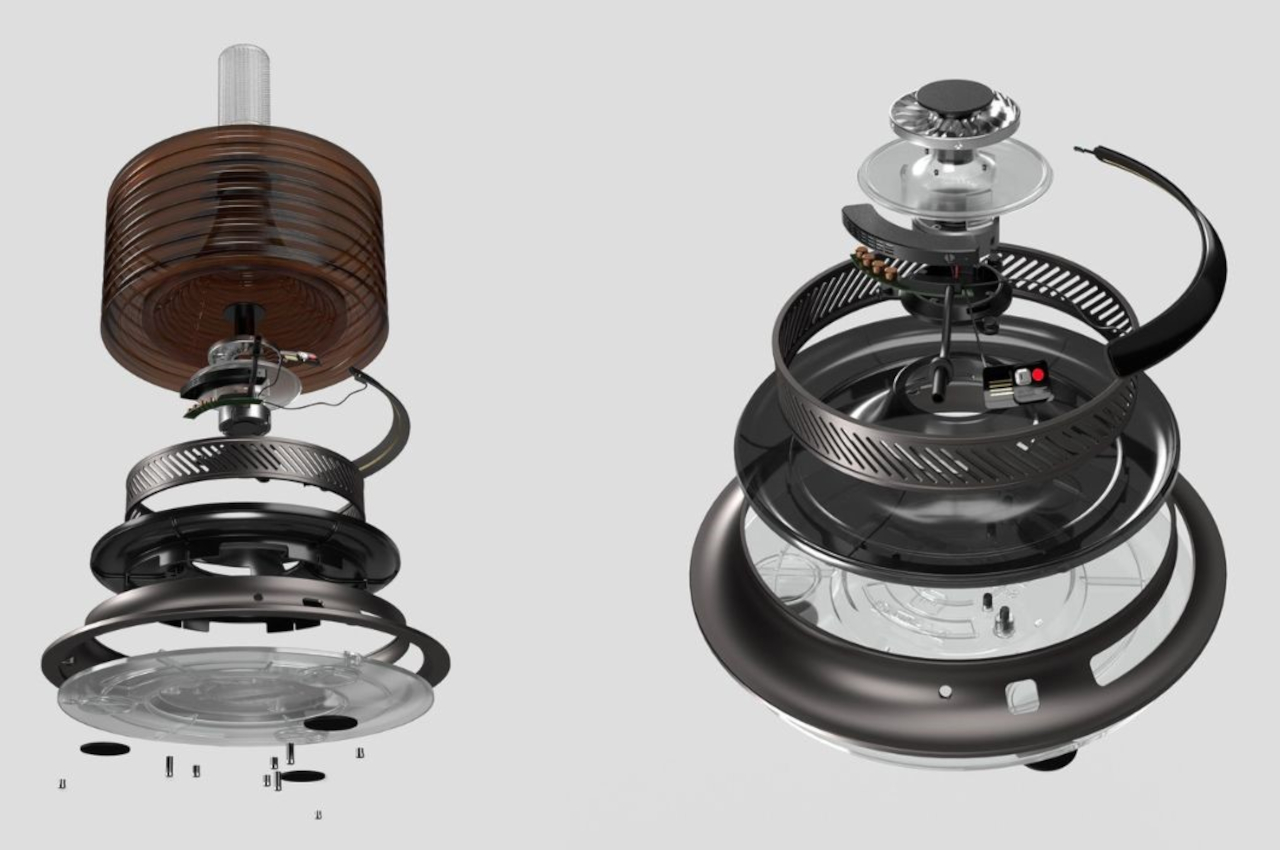
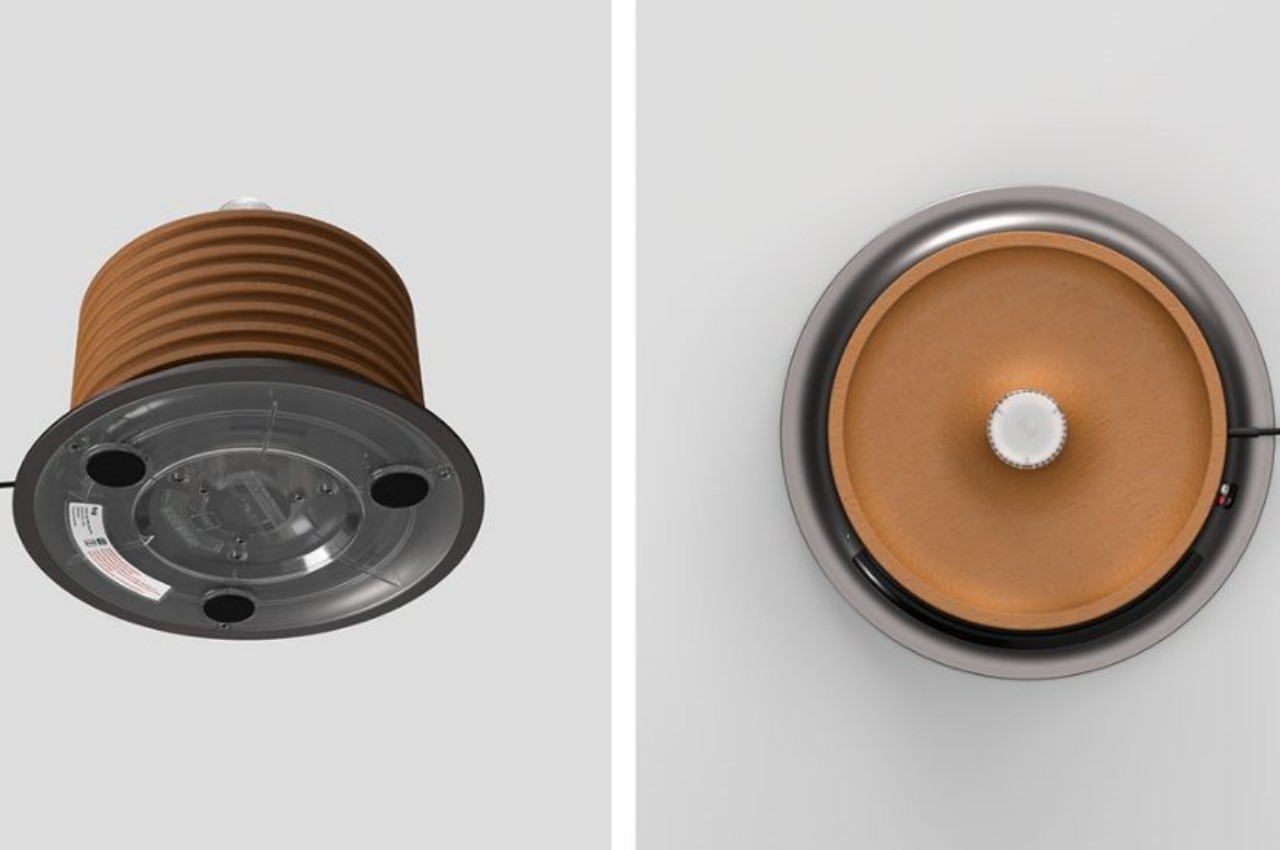


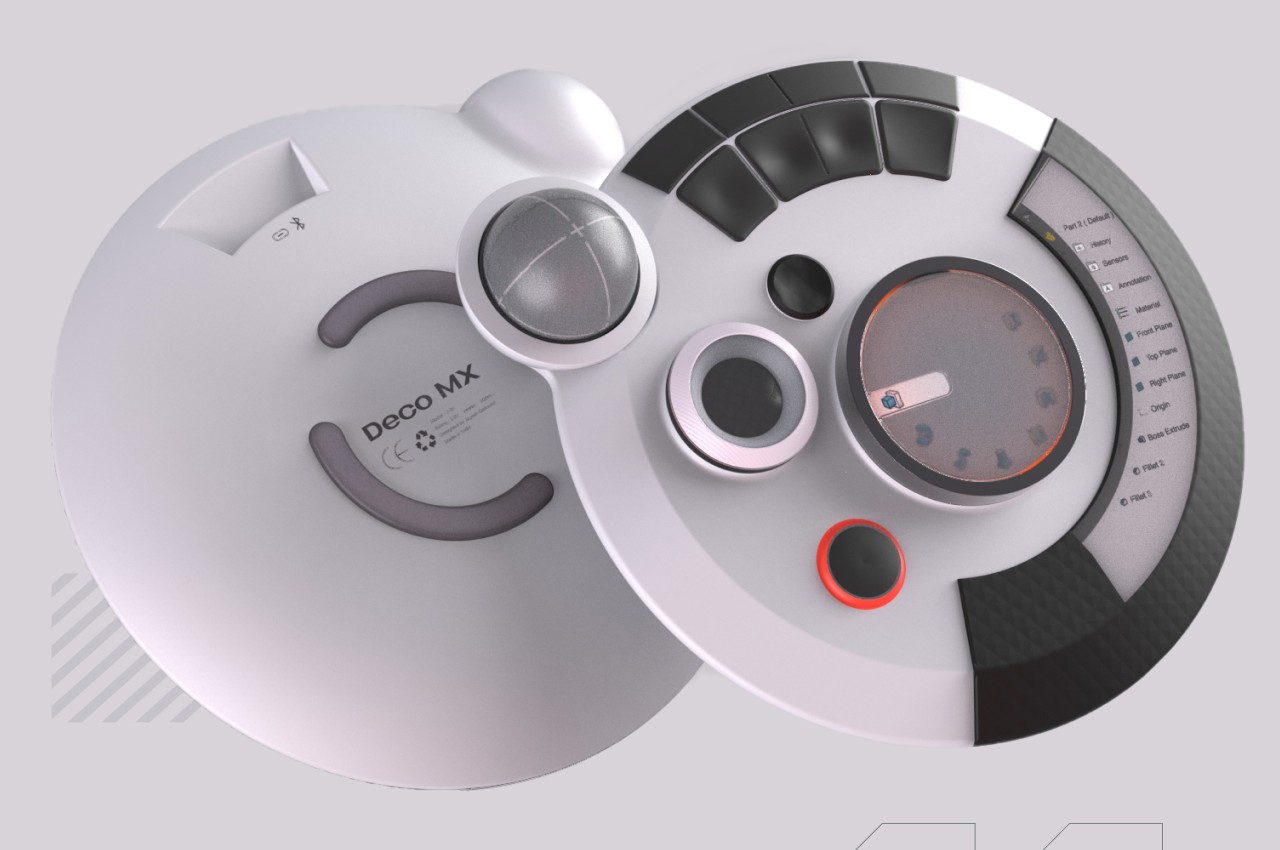
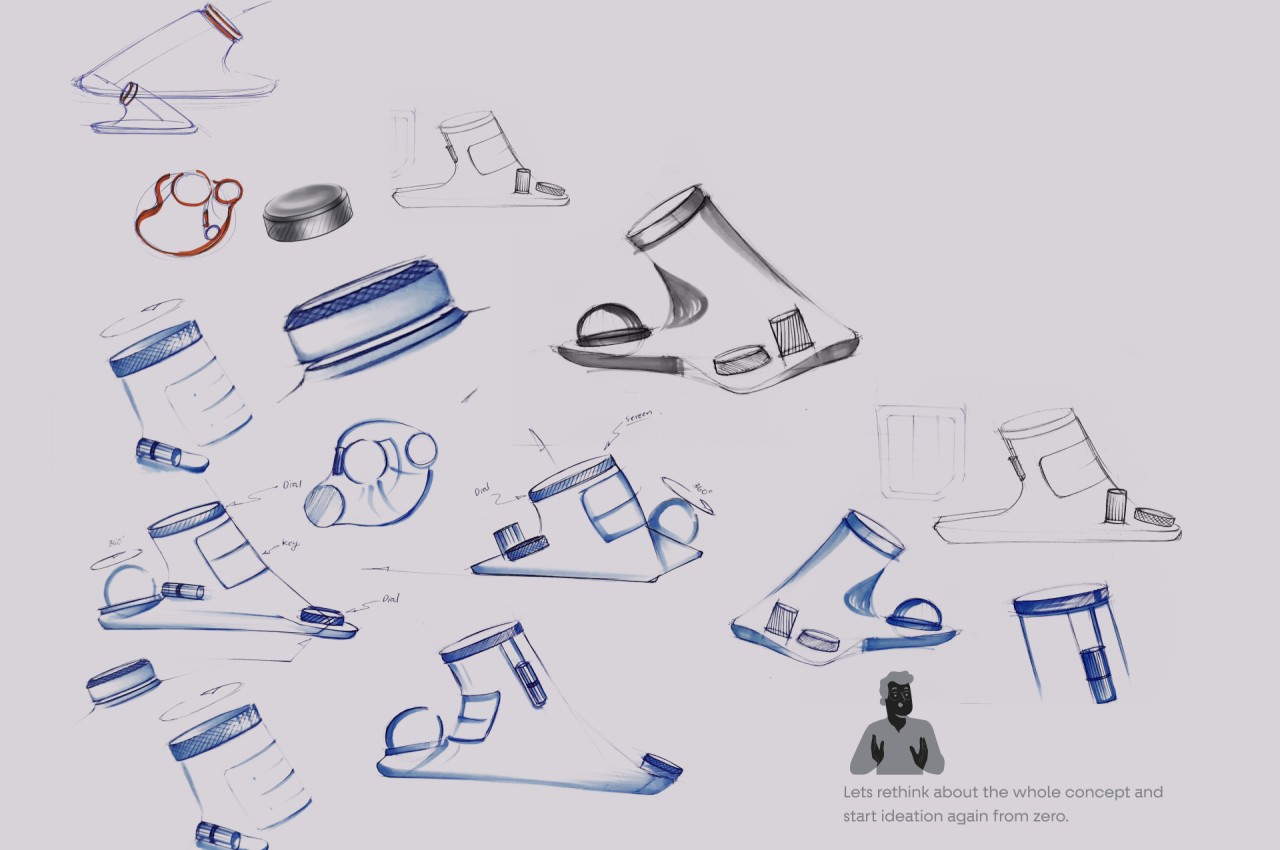
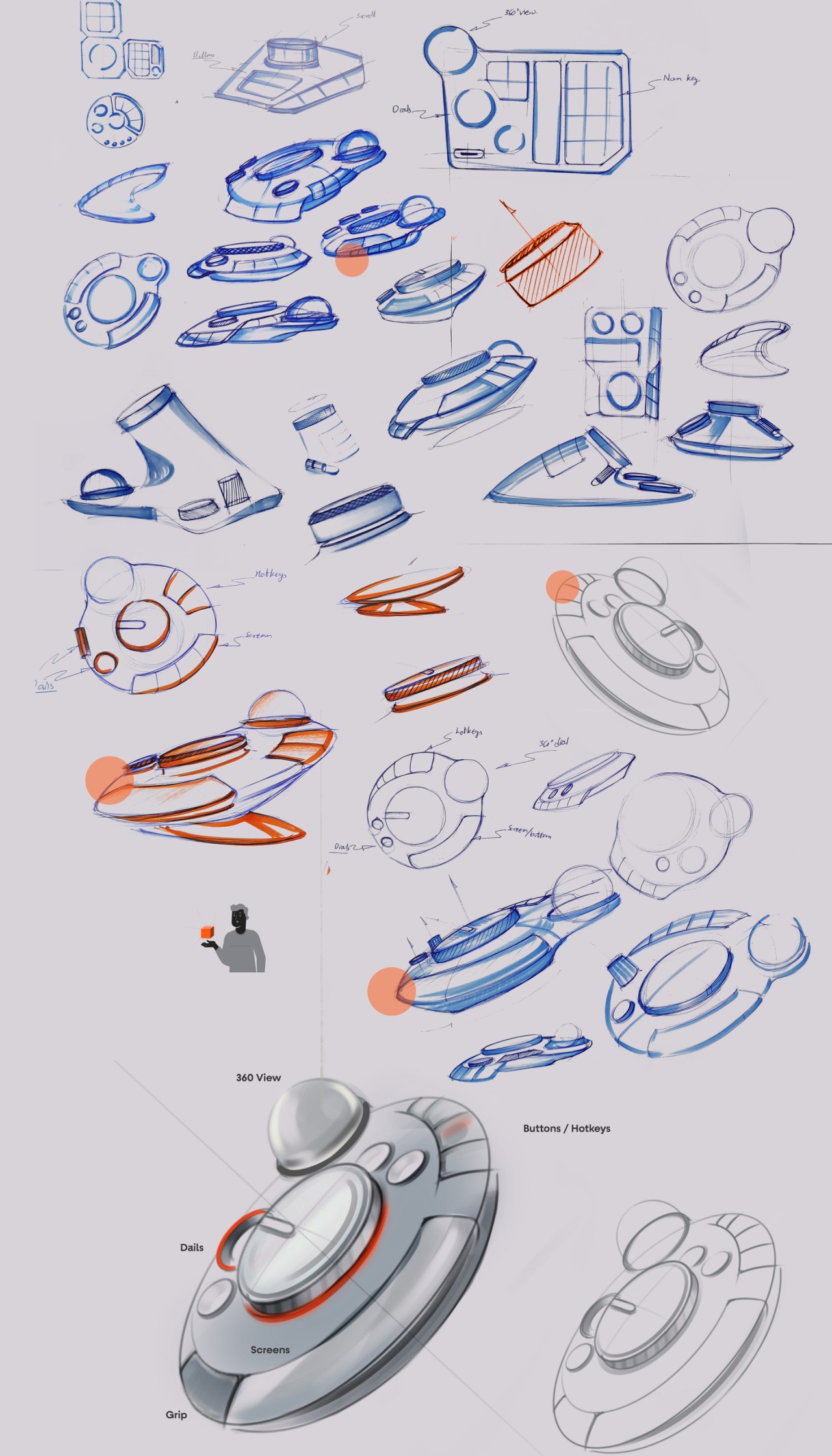

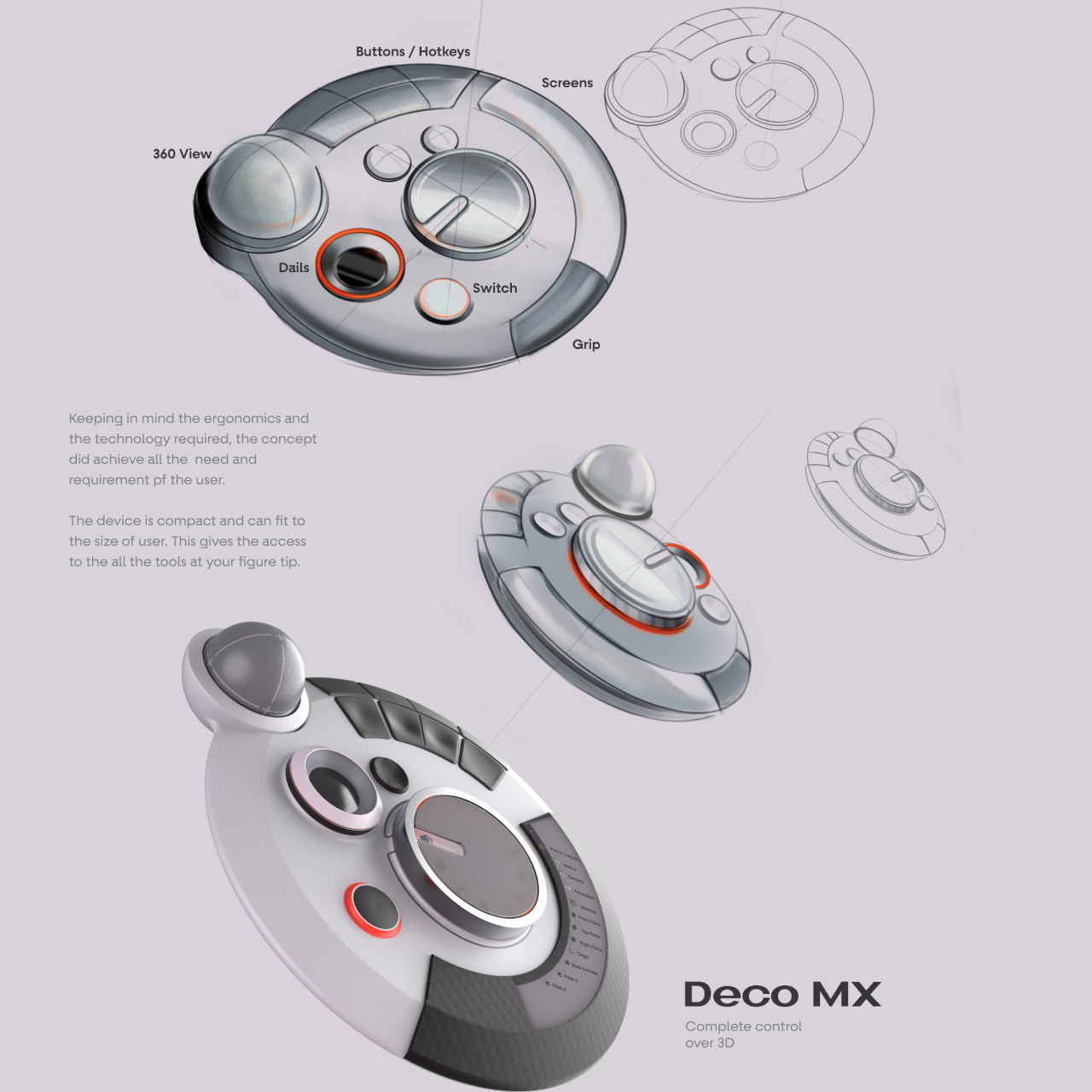
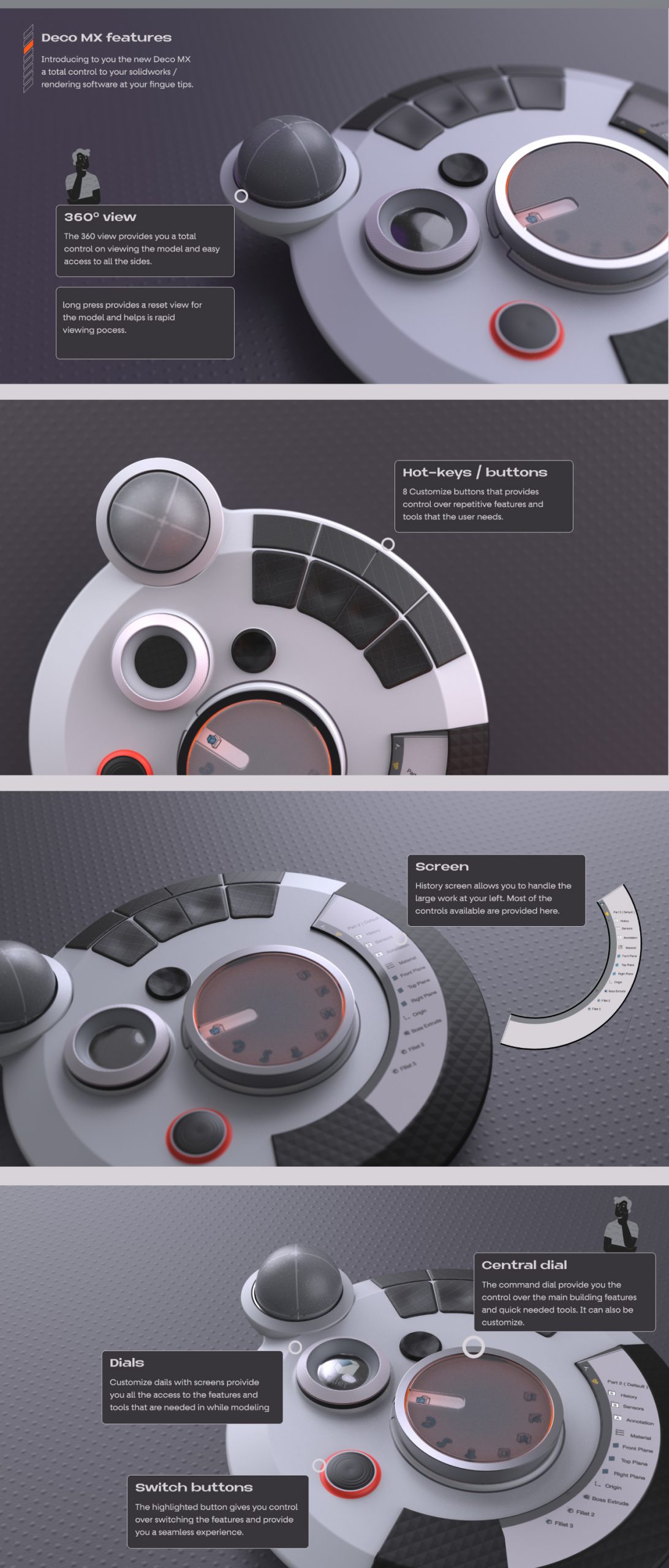
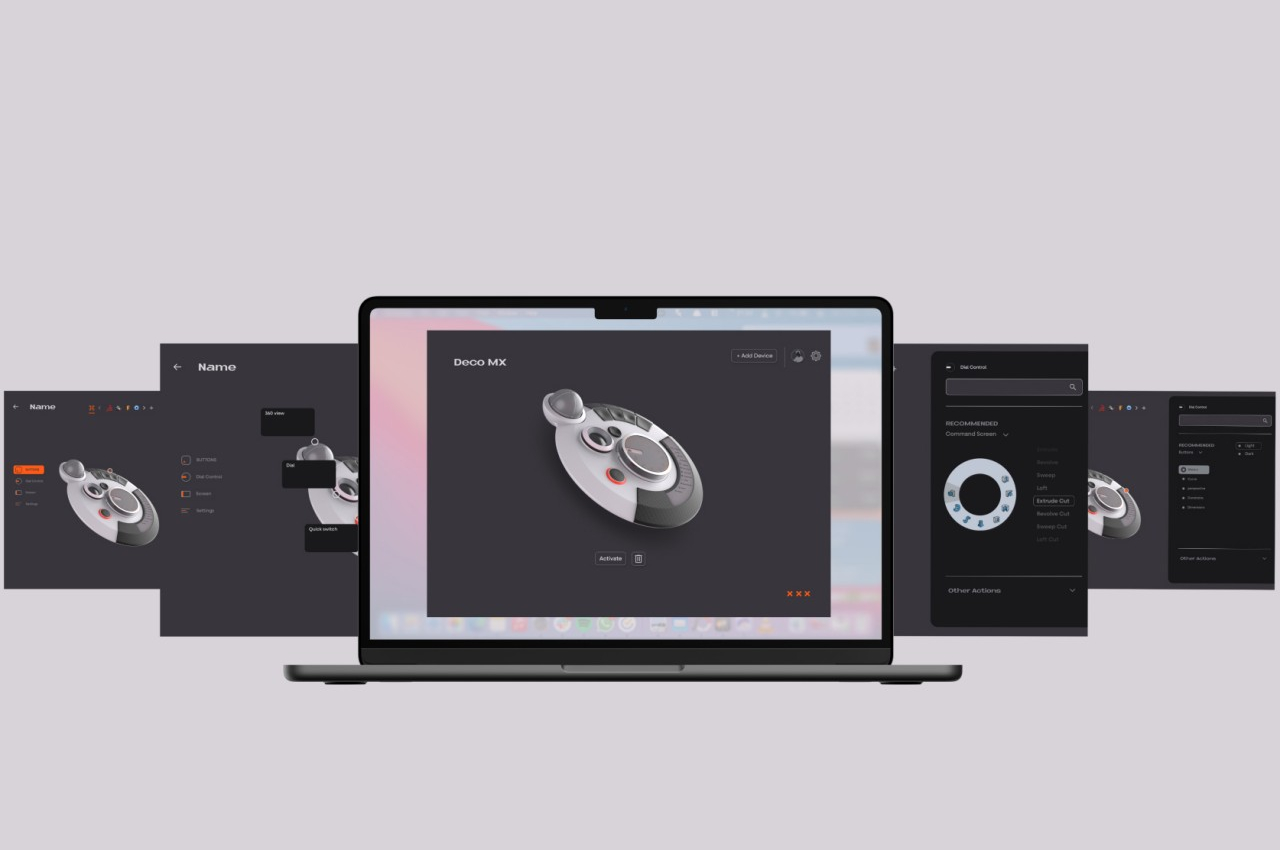
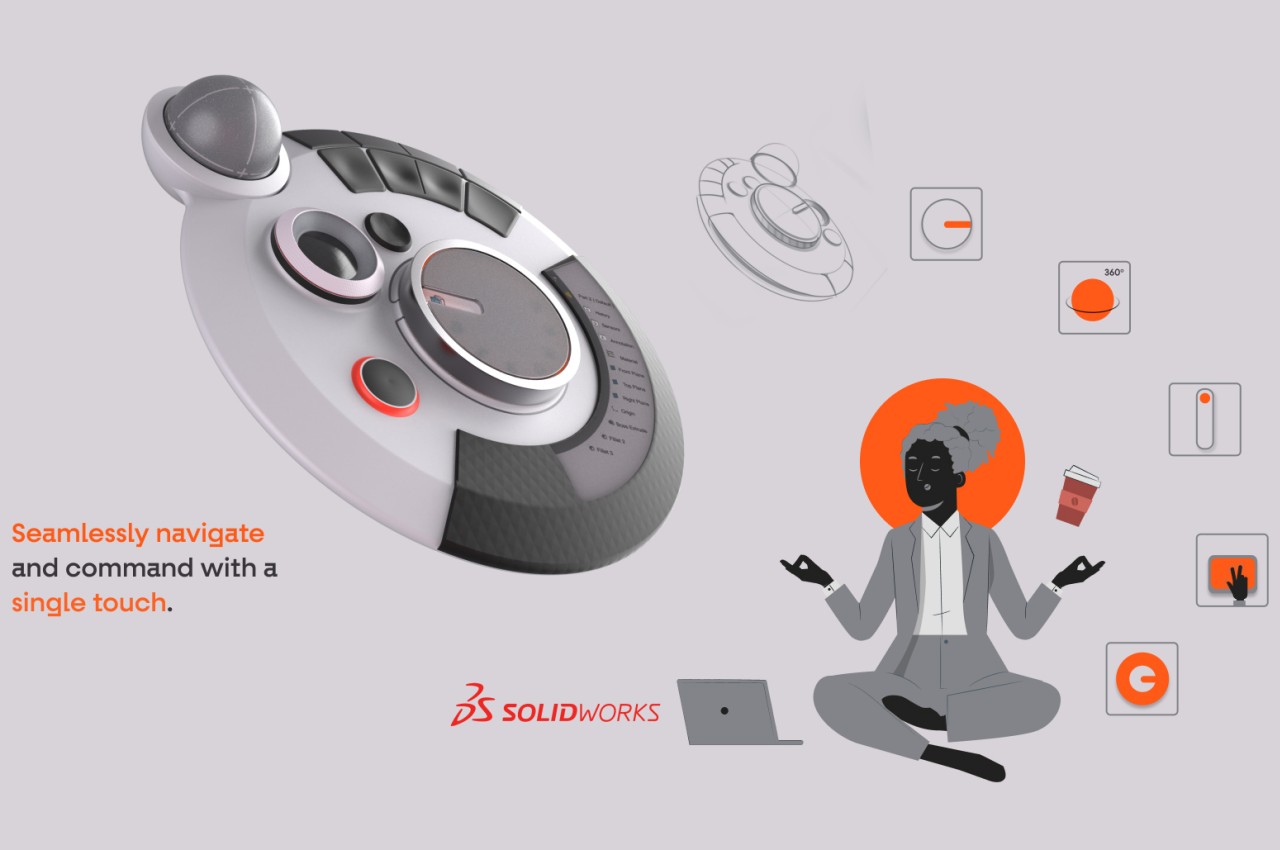
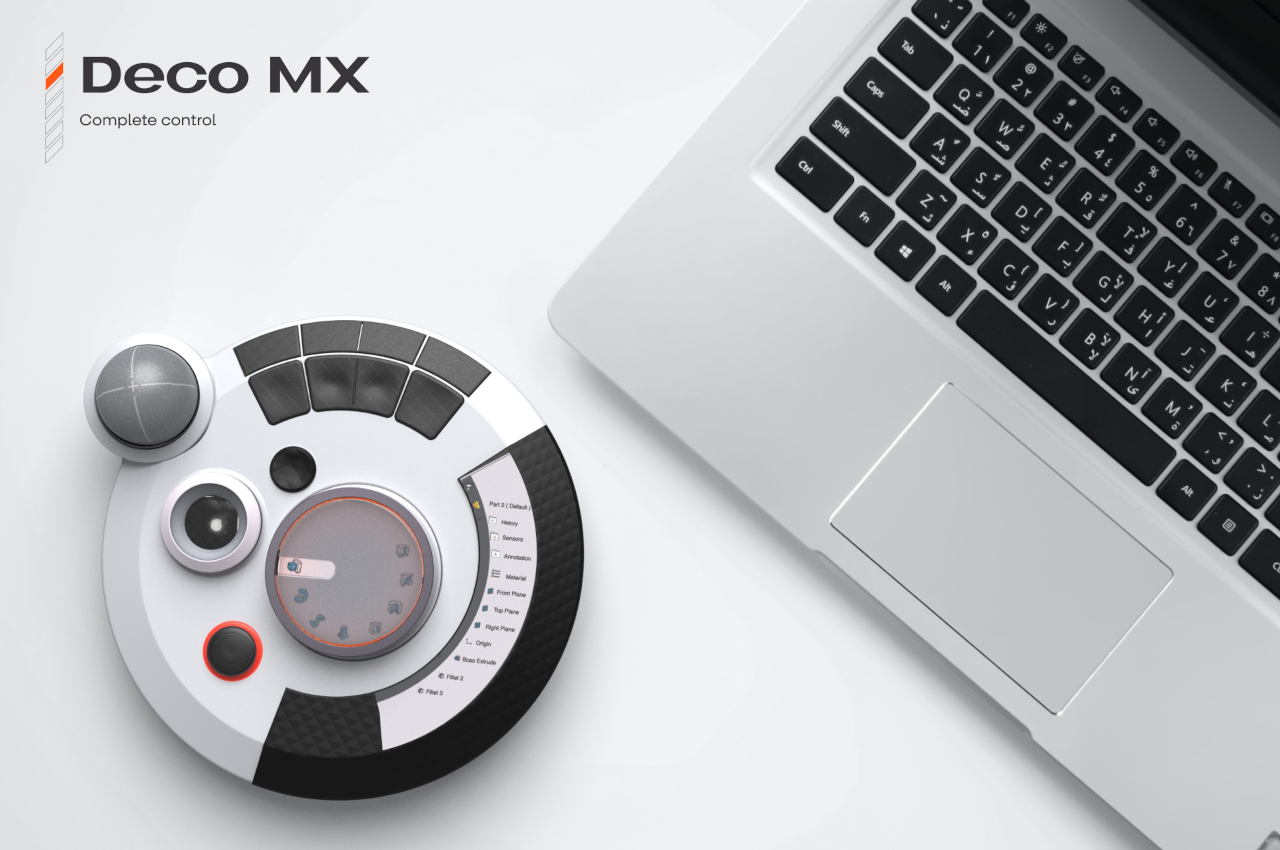
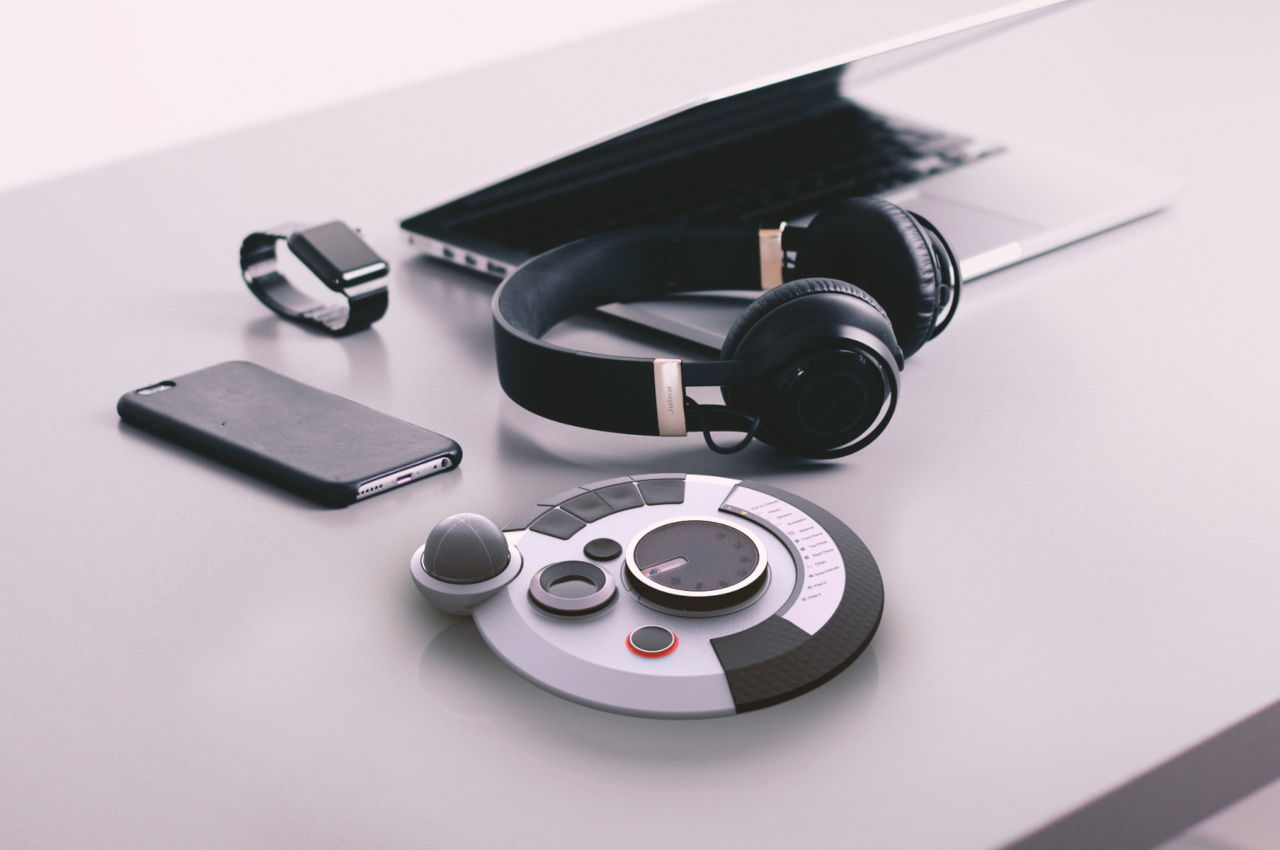
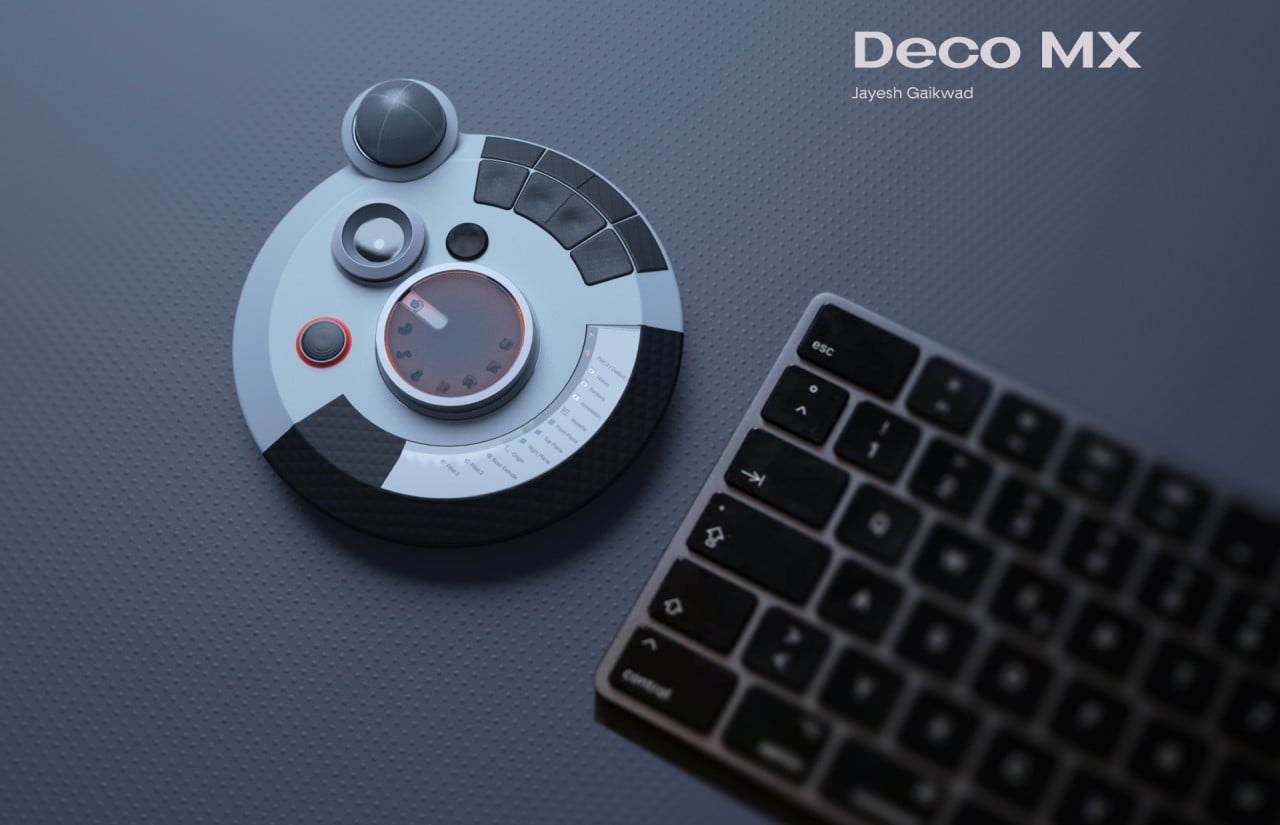
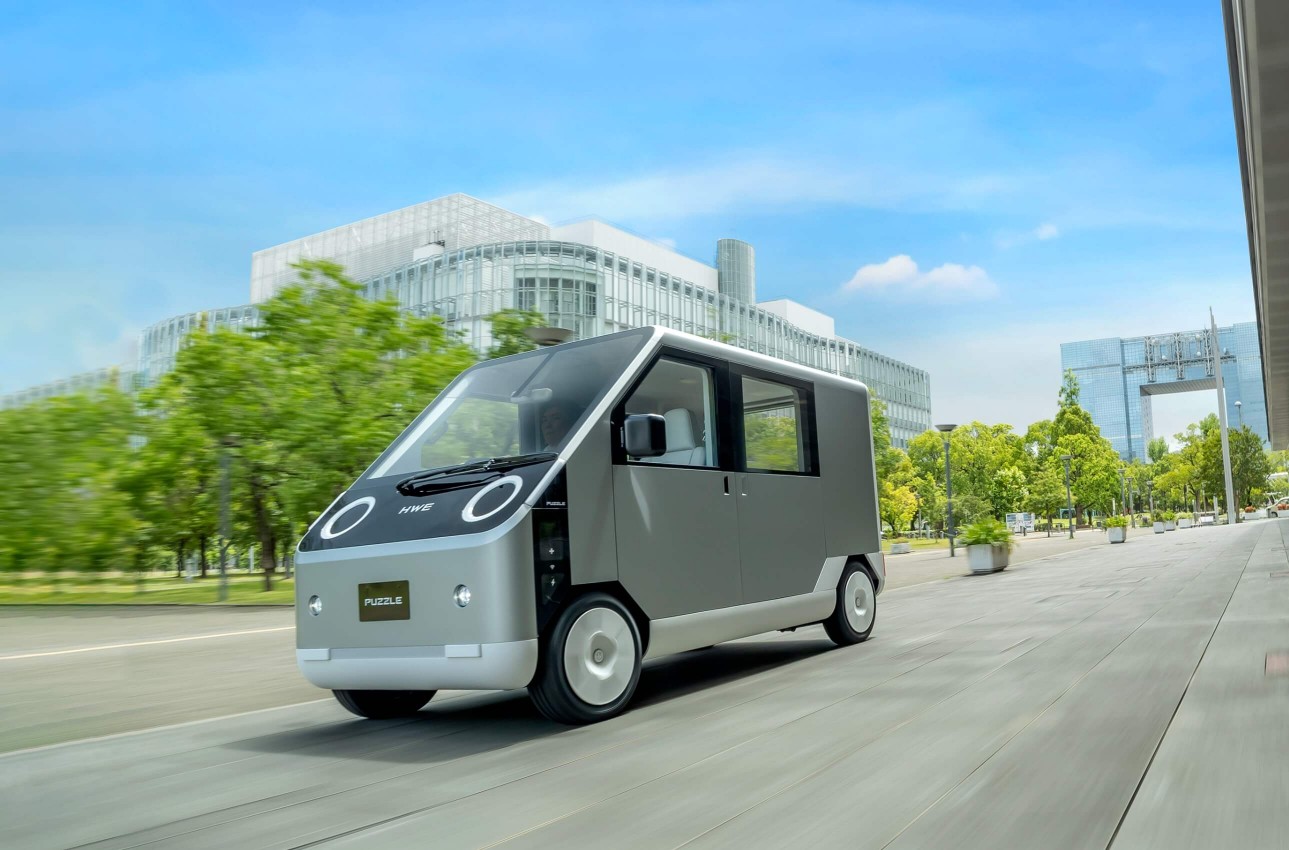
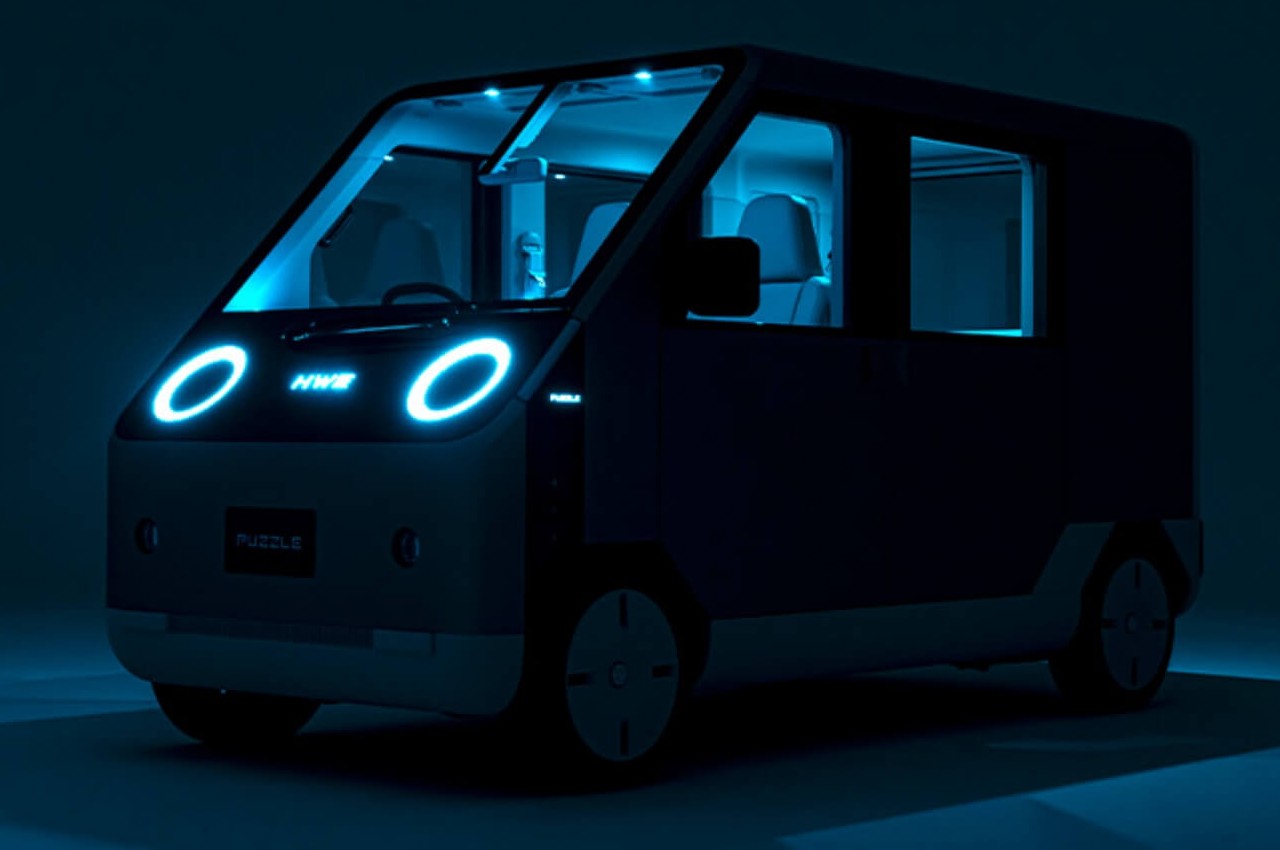
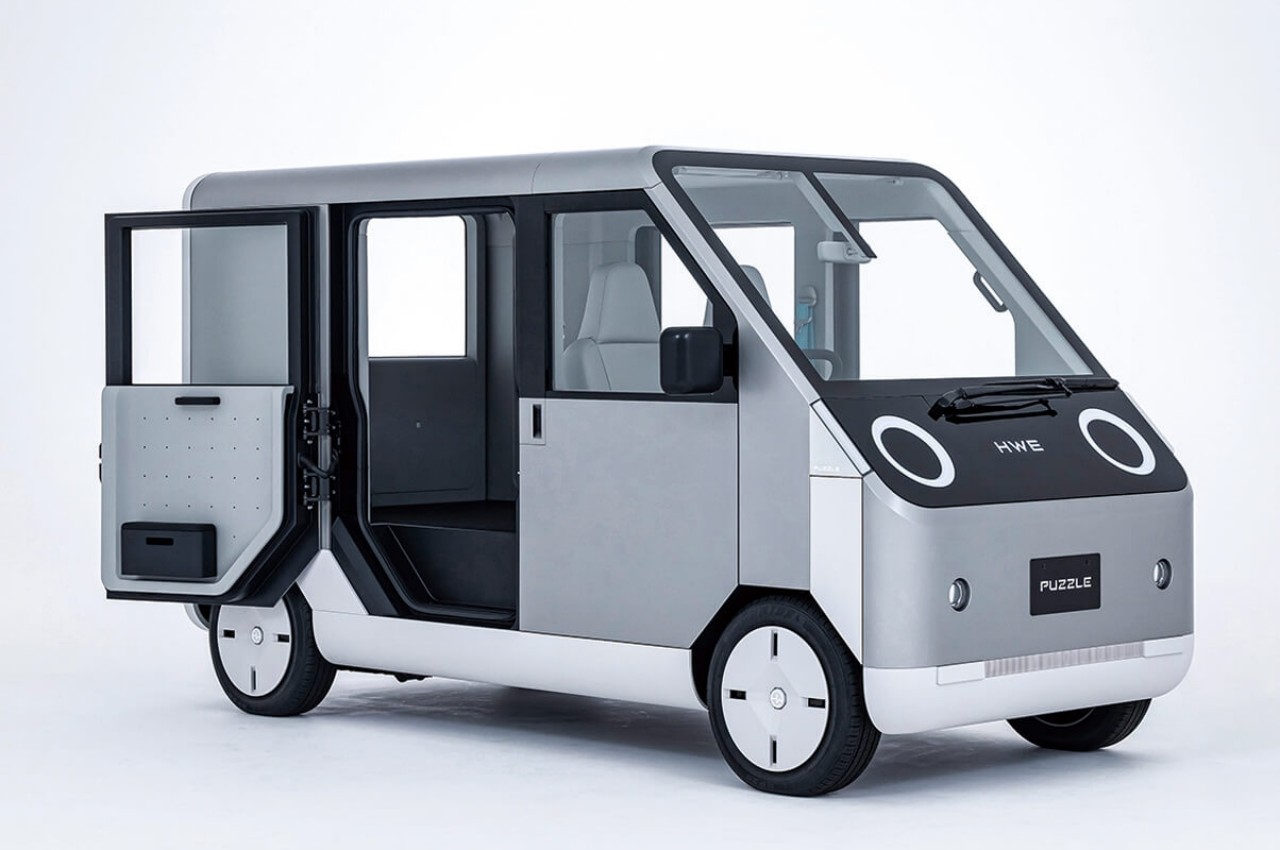
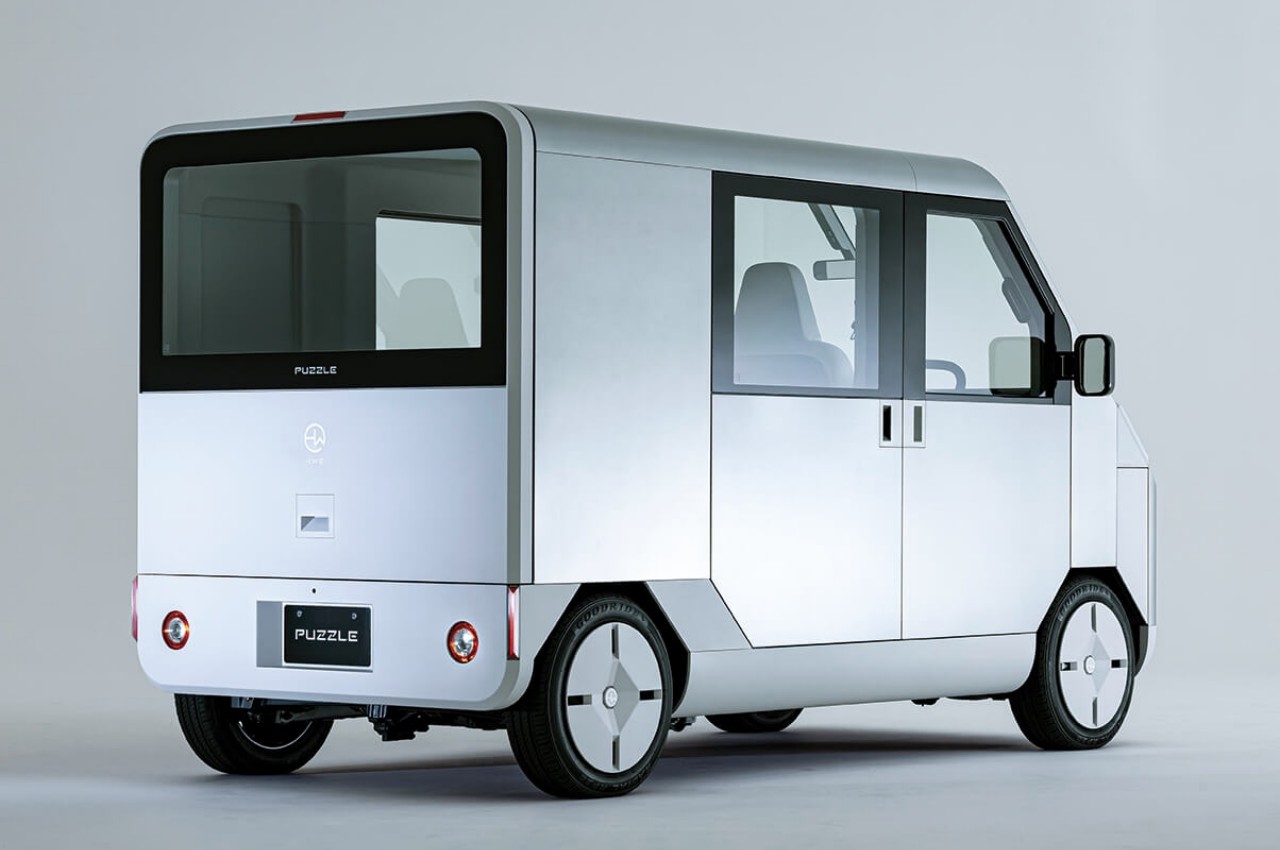
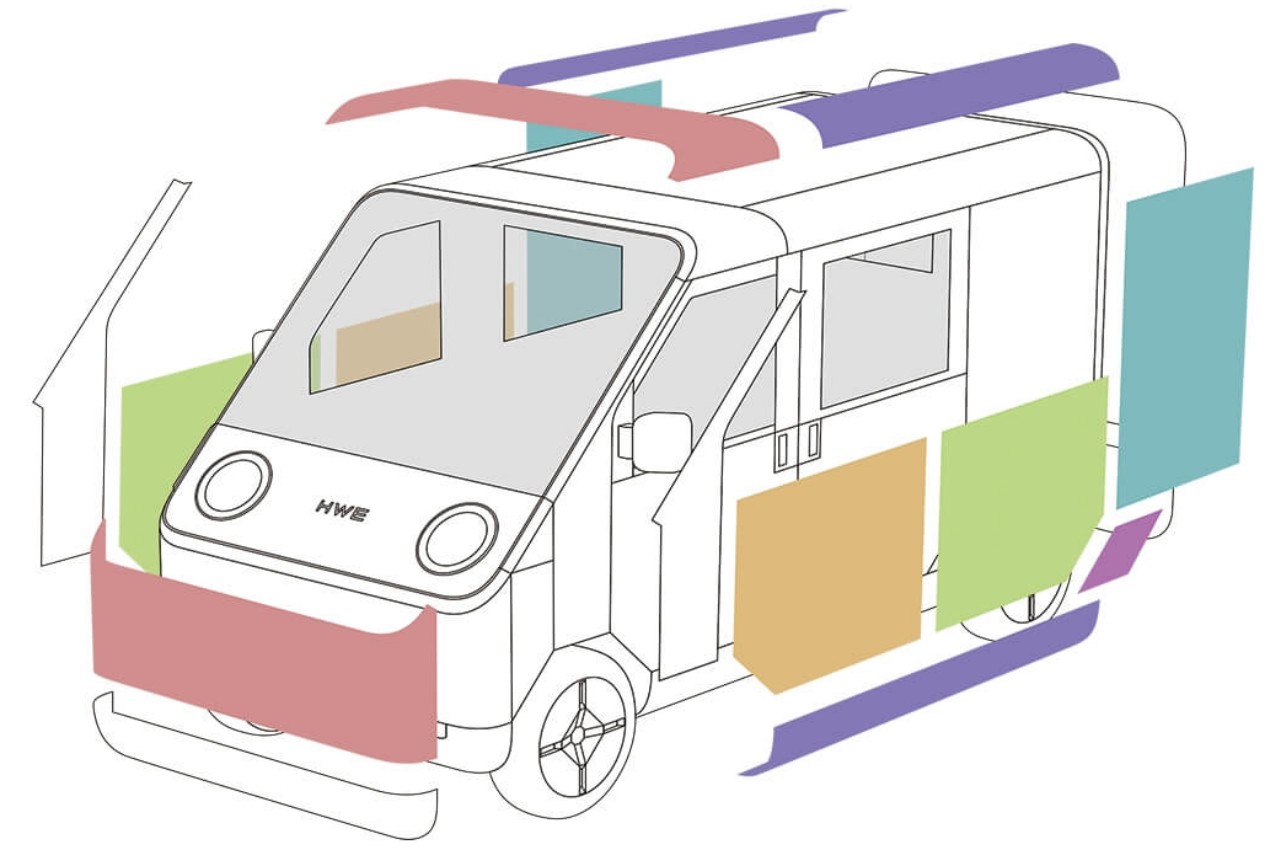


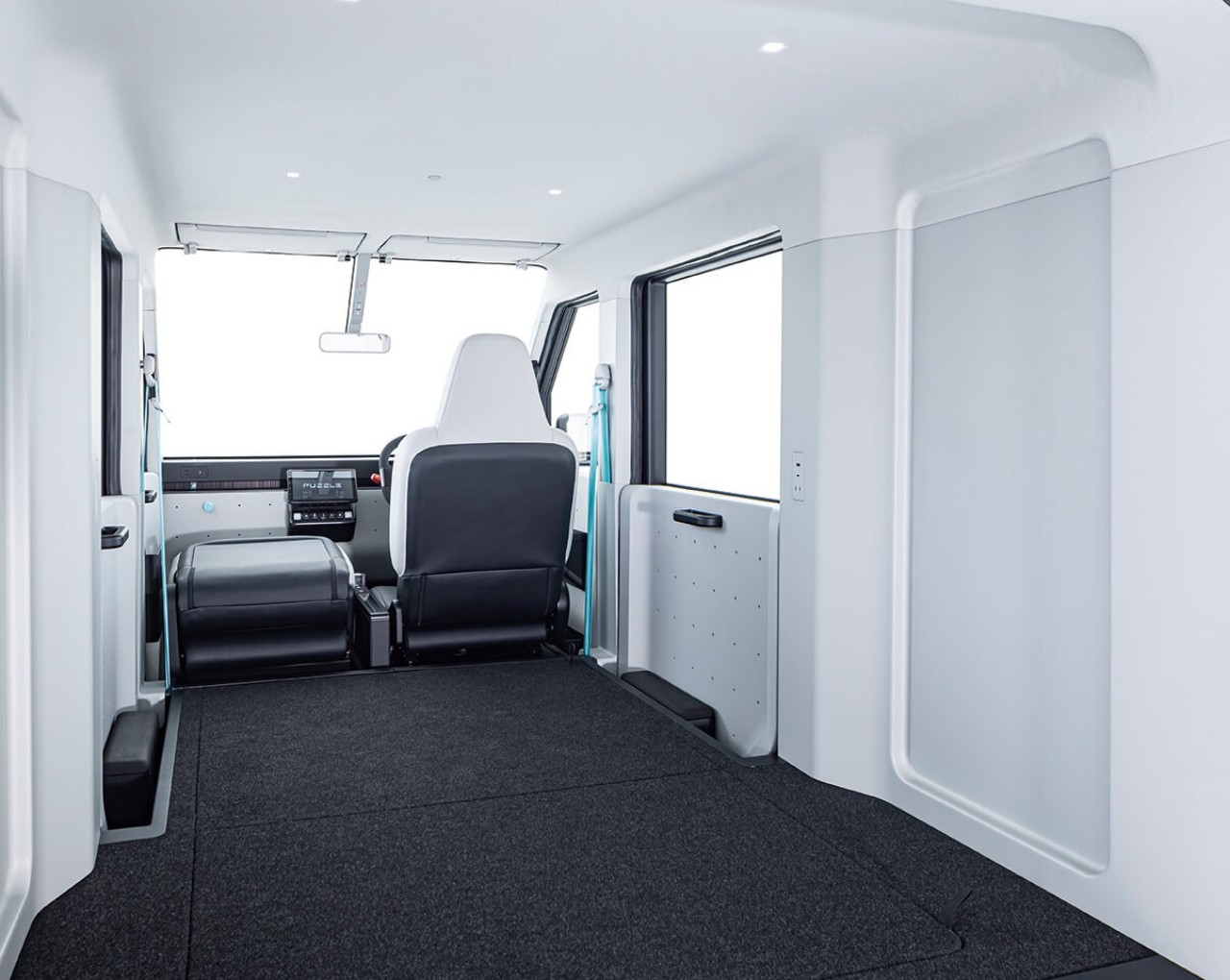
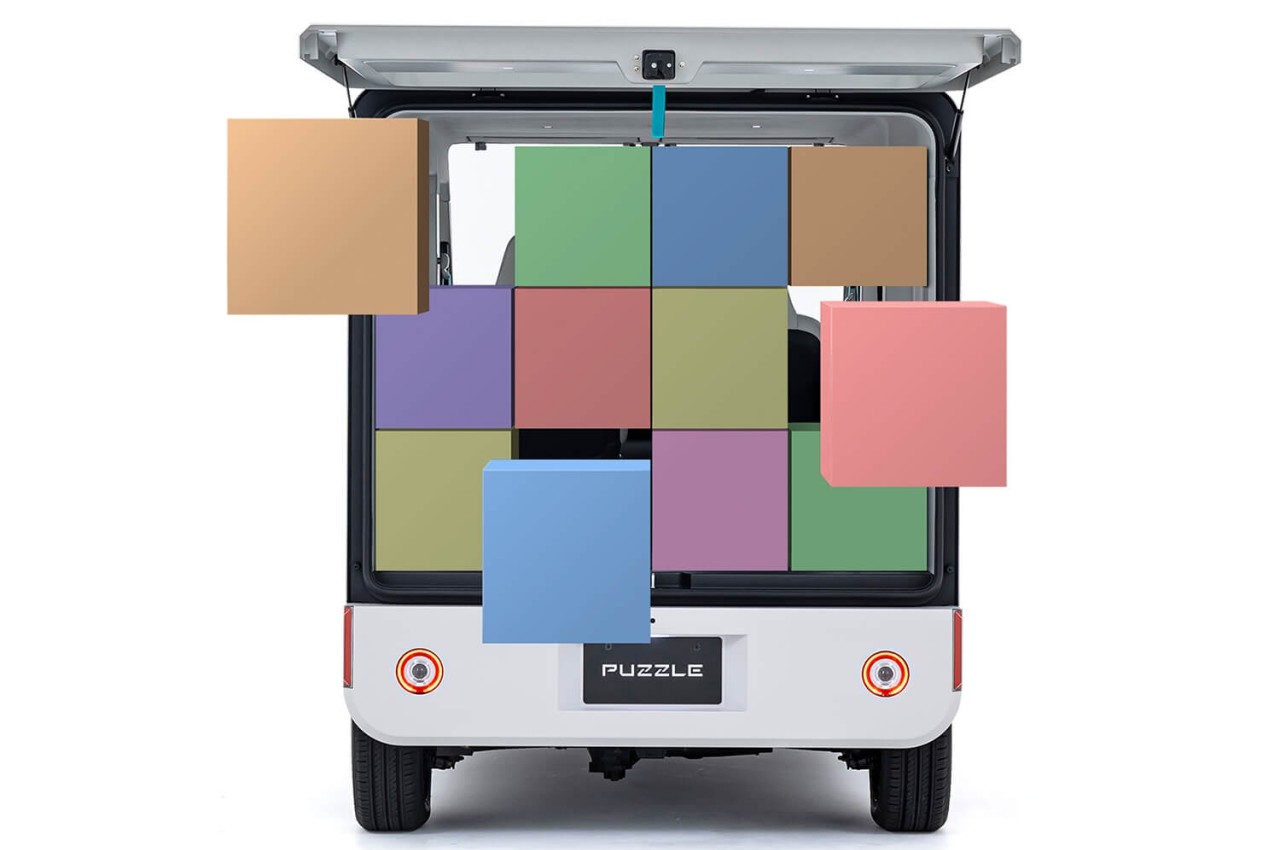
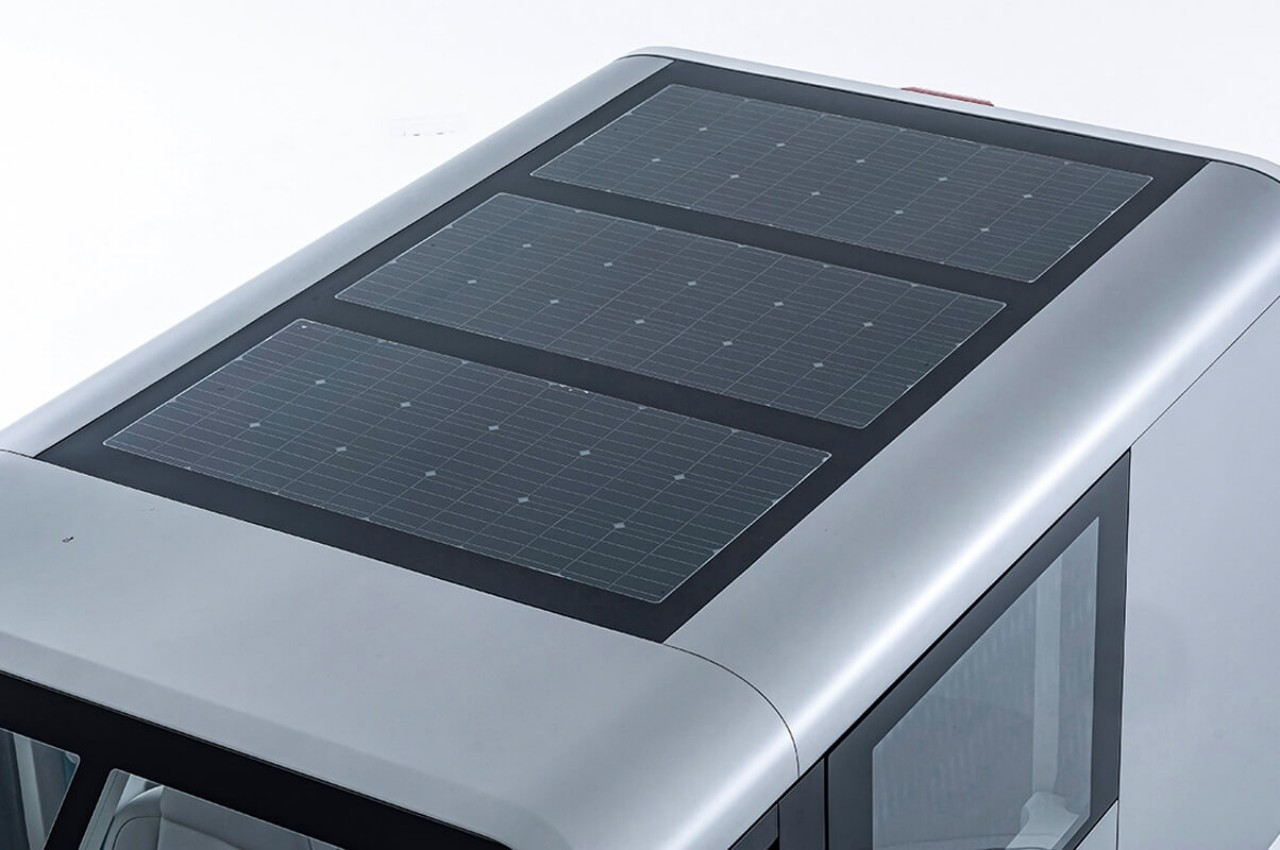
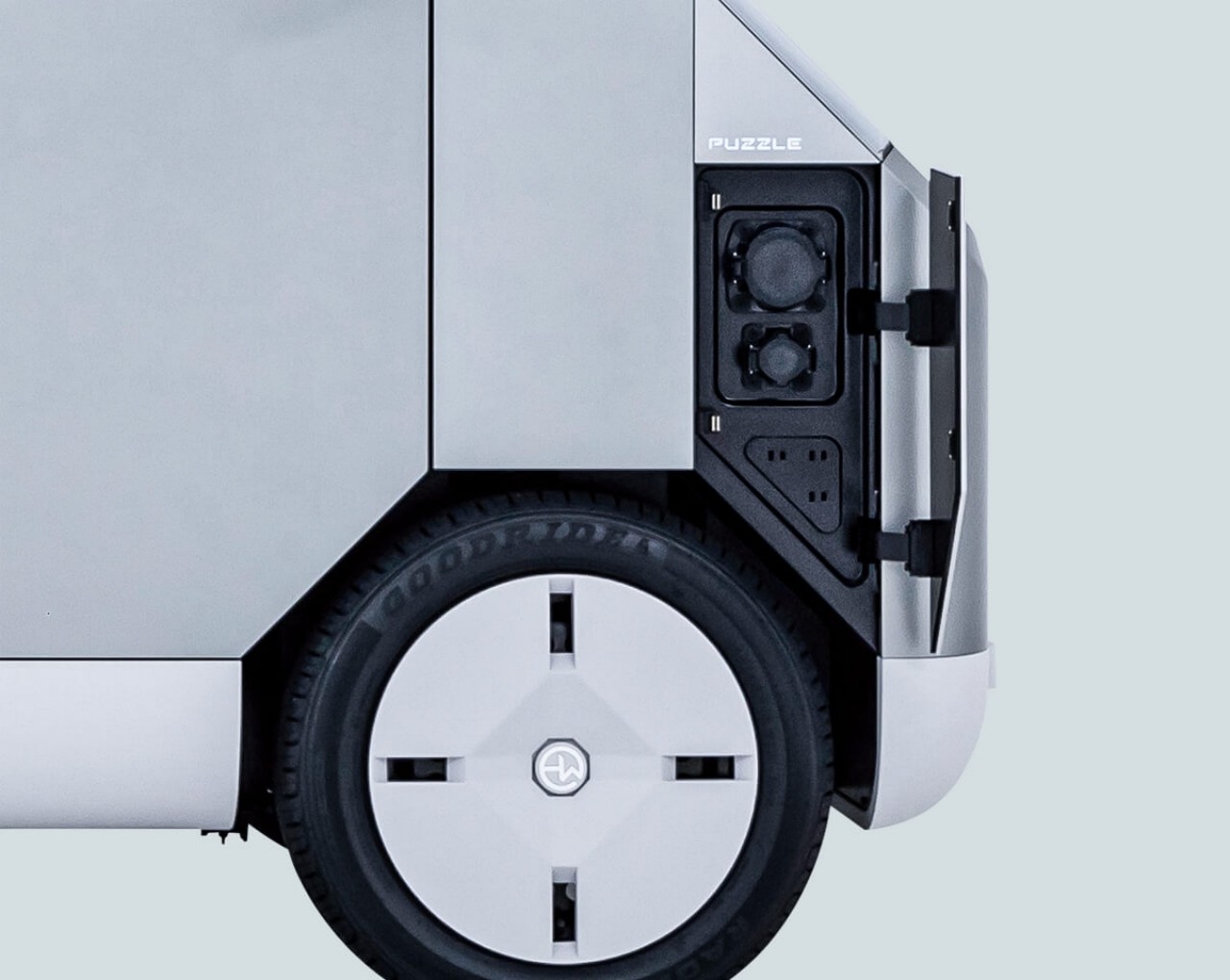
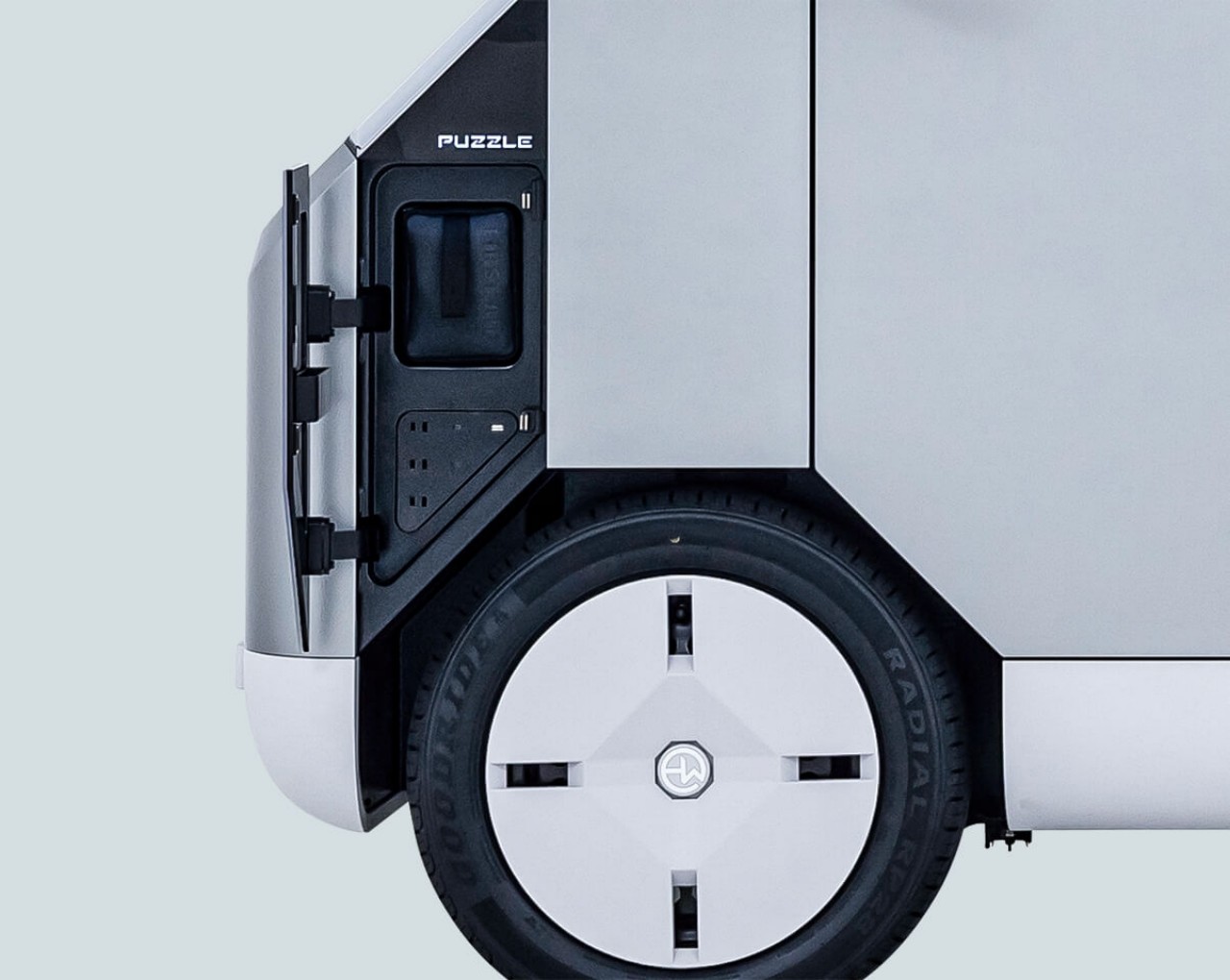


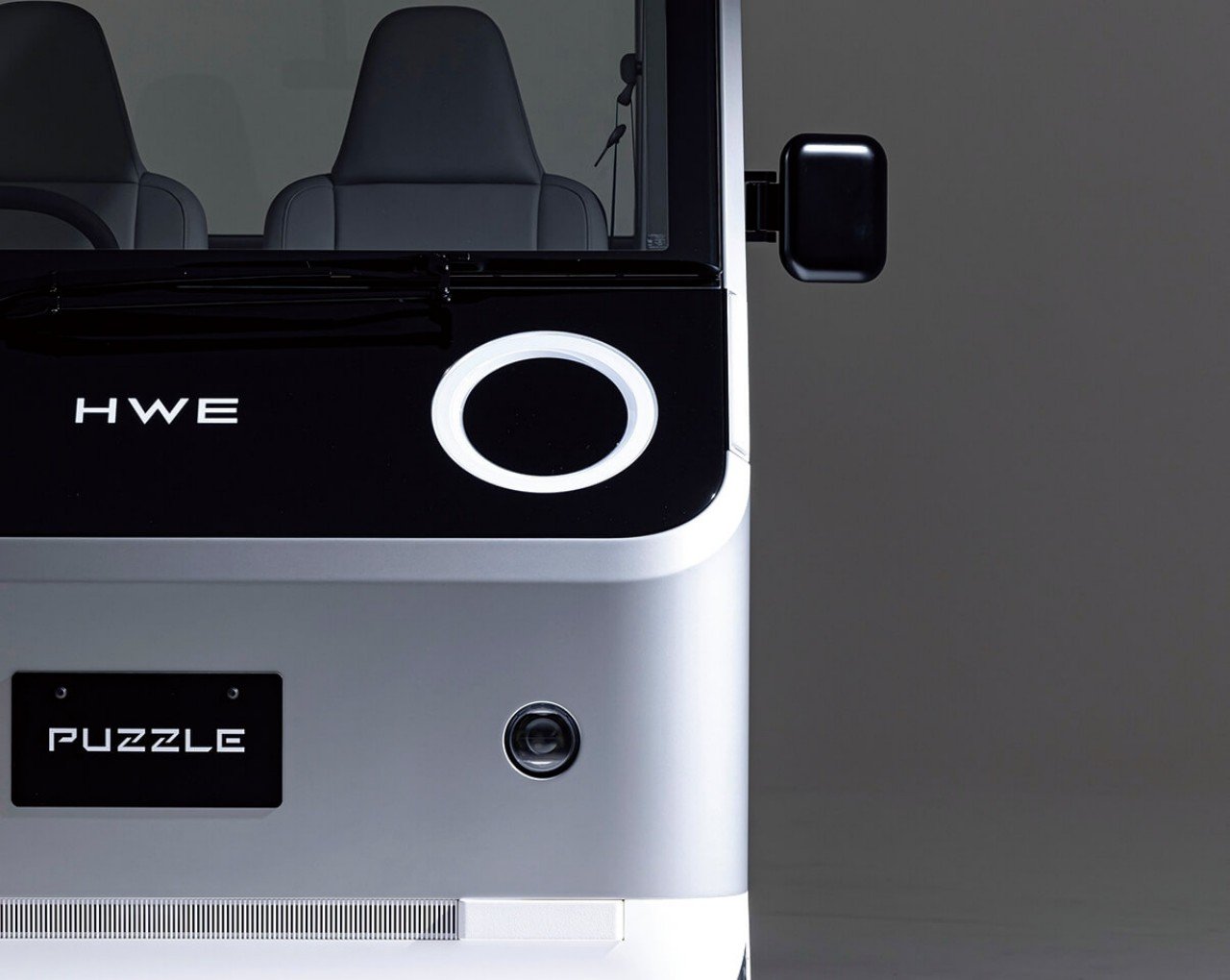

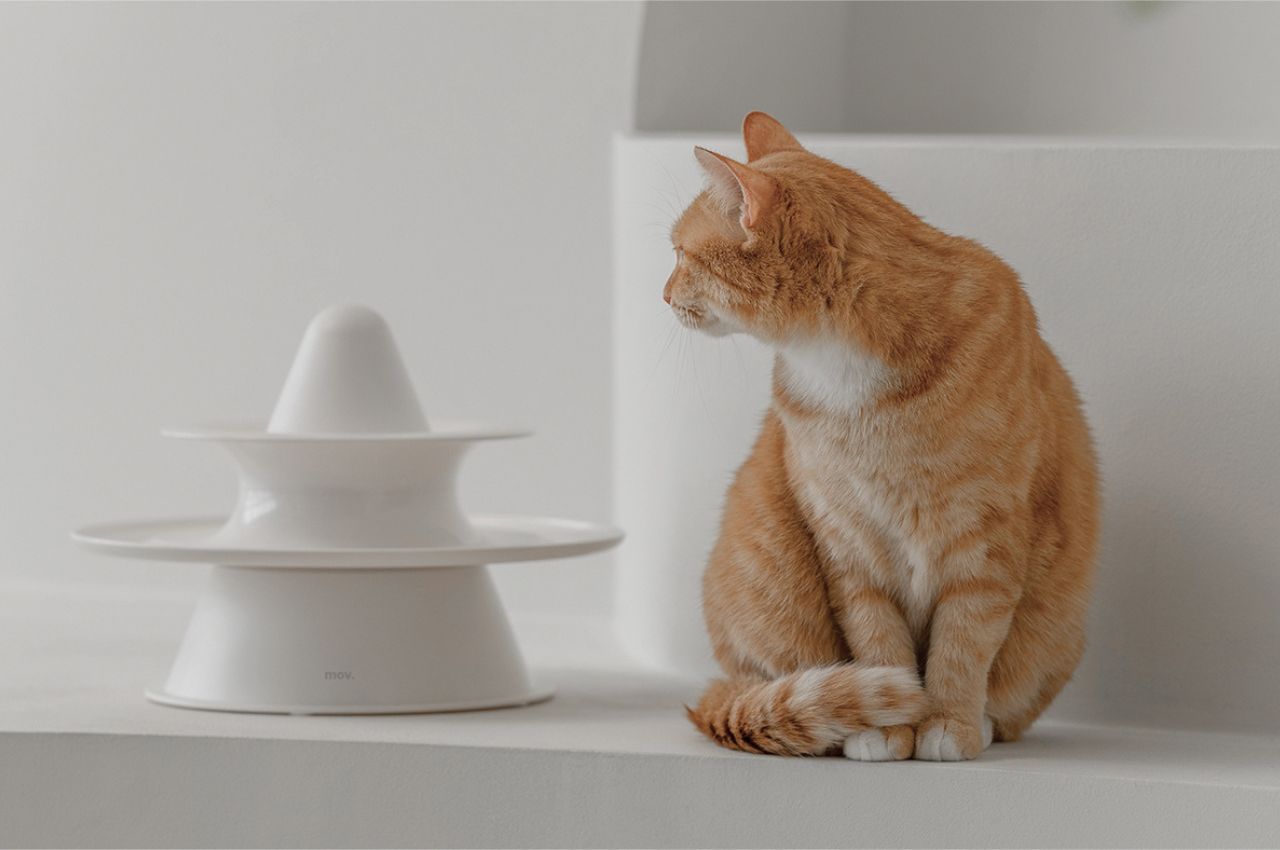
 yanko design images to size – Triangle_pet_toy_02
yanko design images to size – Triangle_pet_toy_02